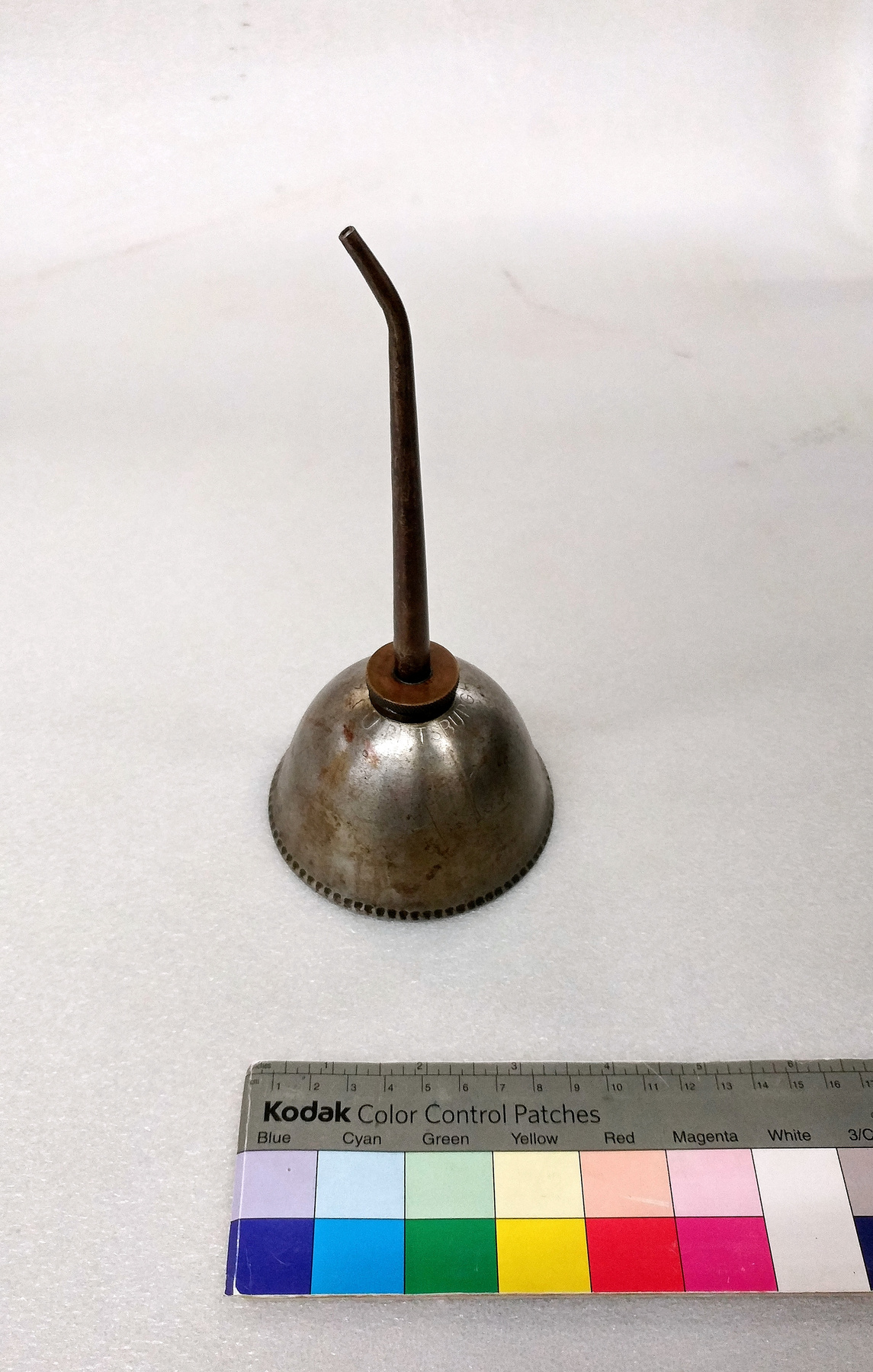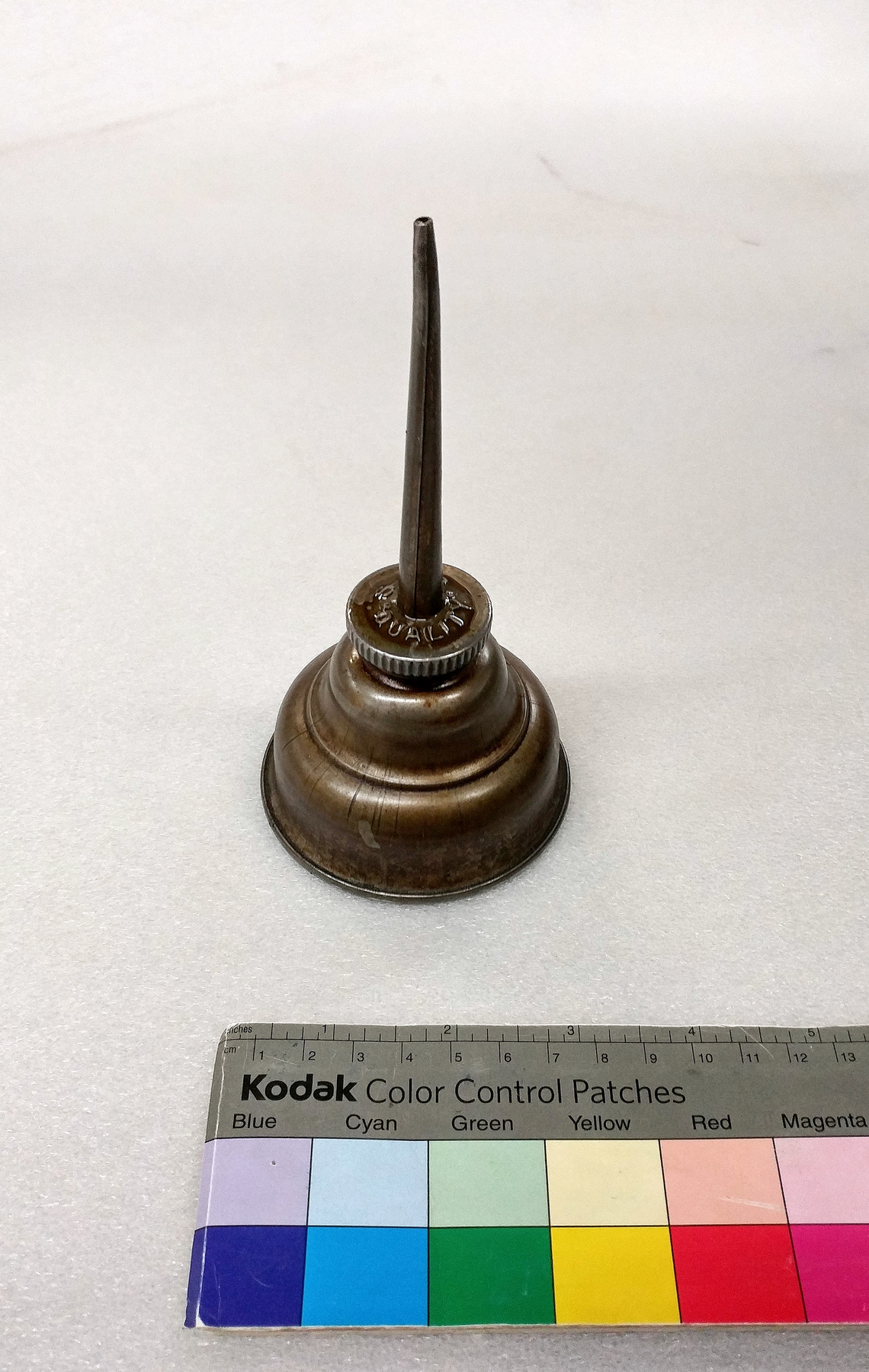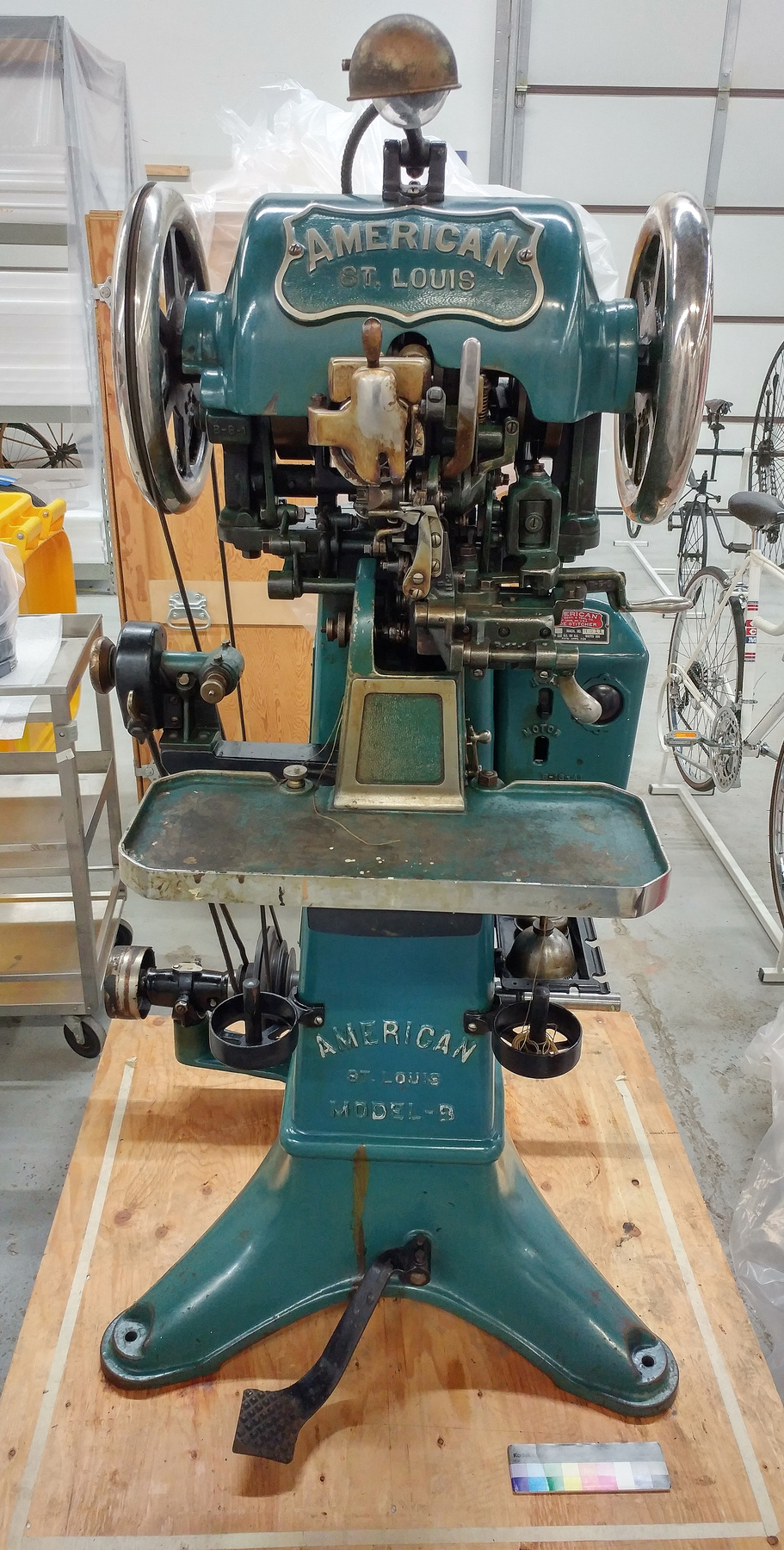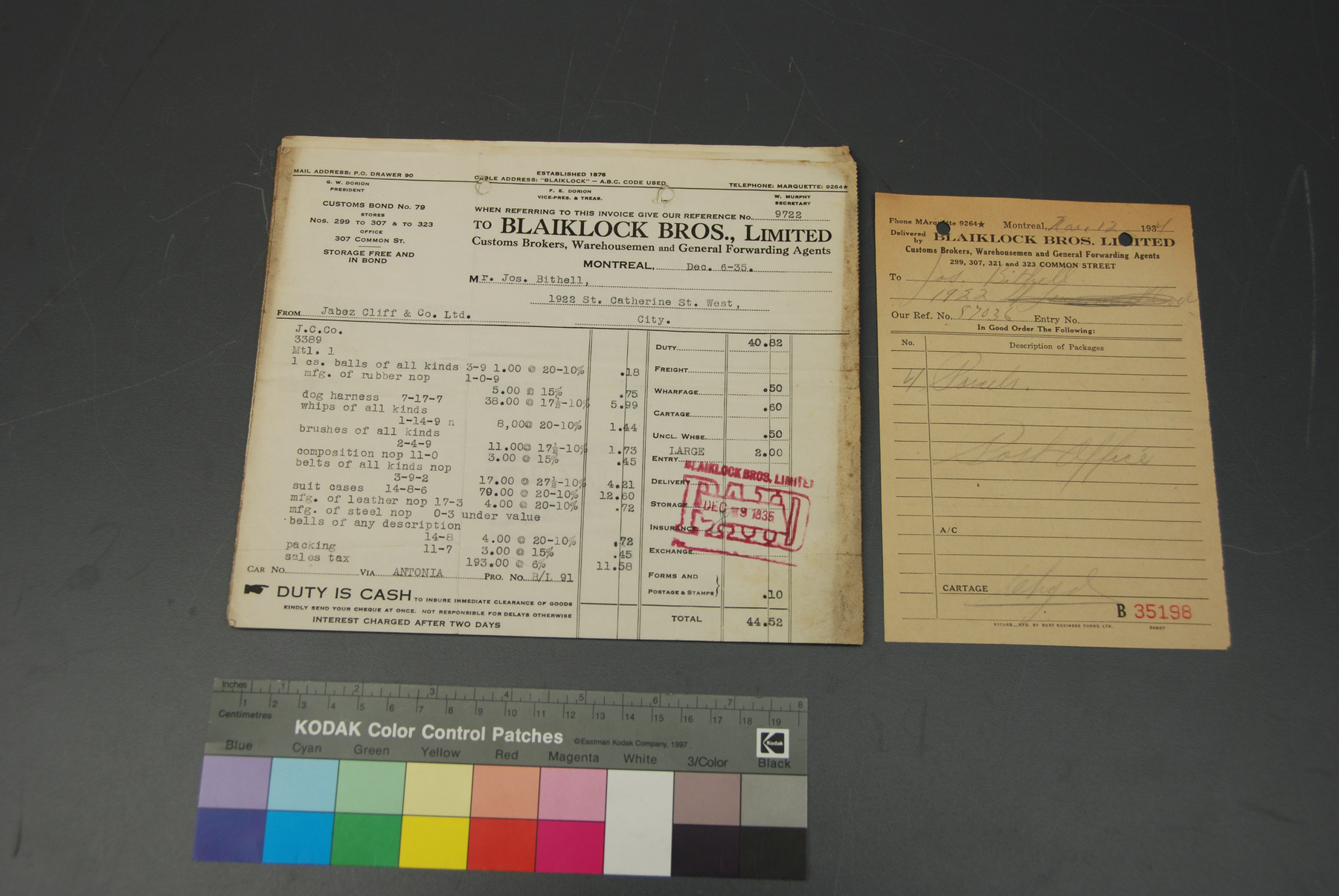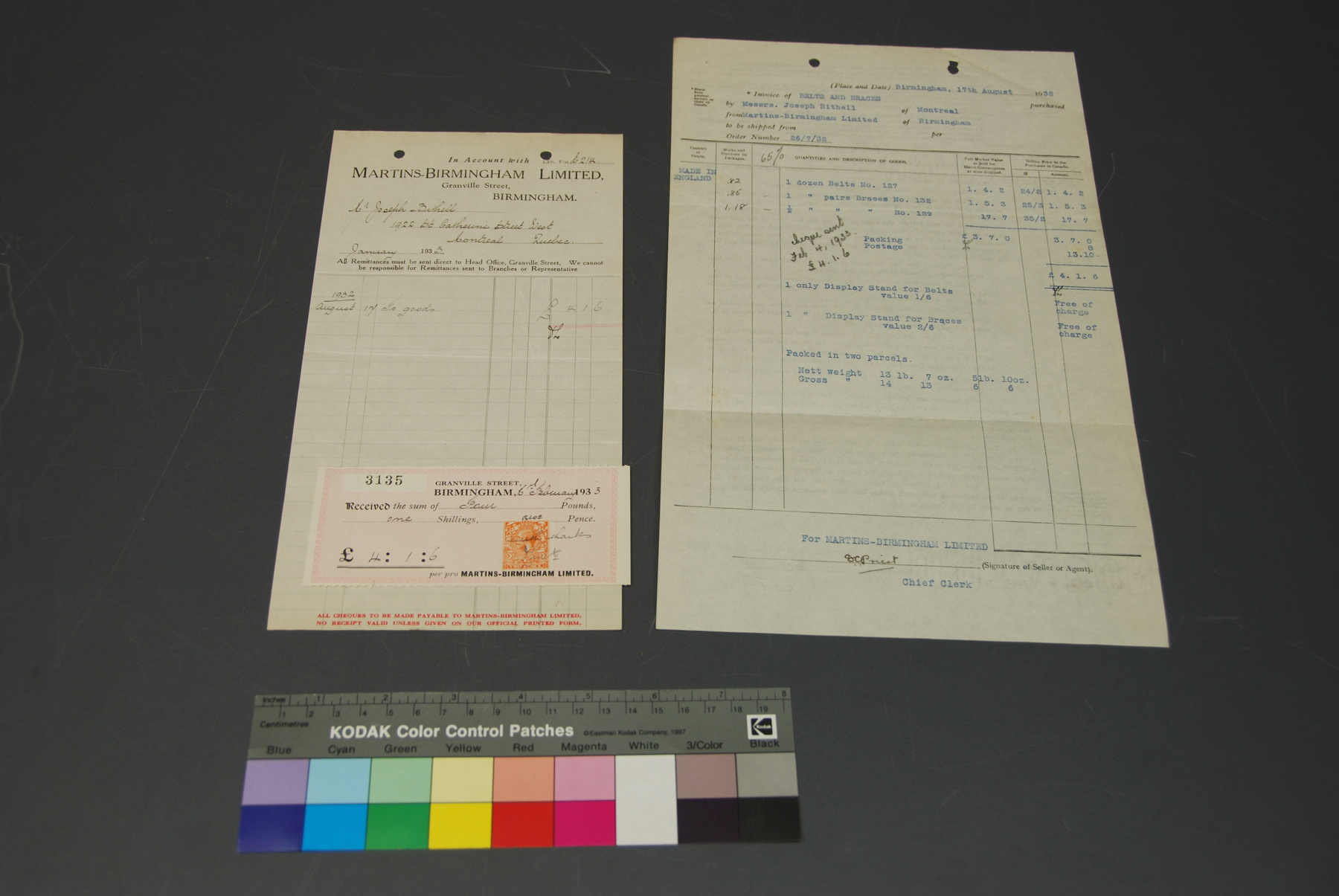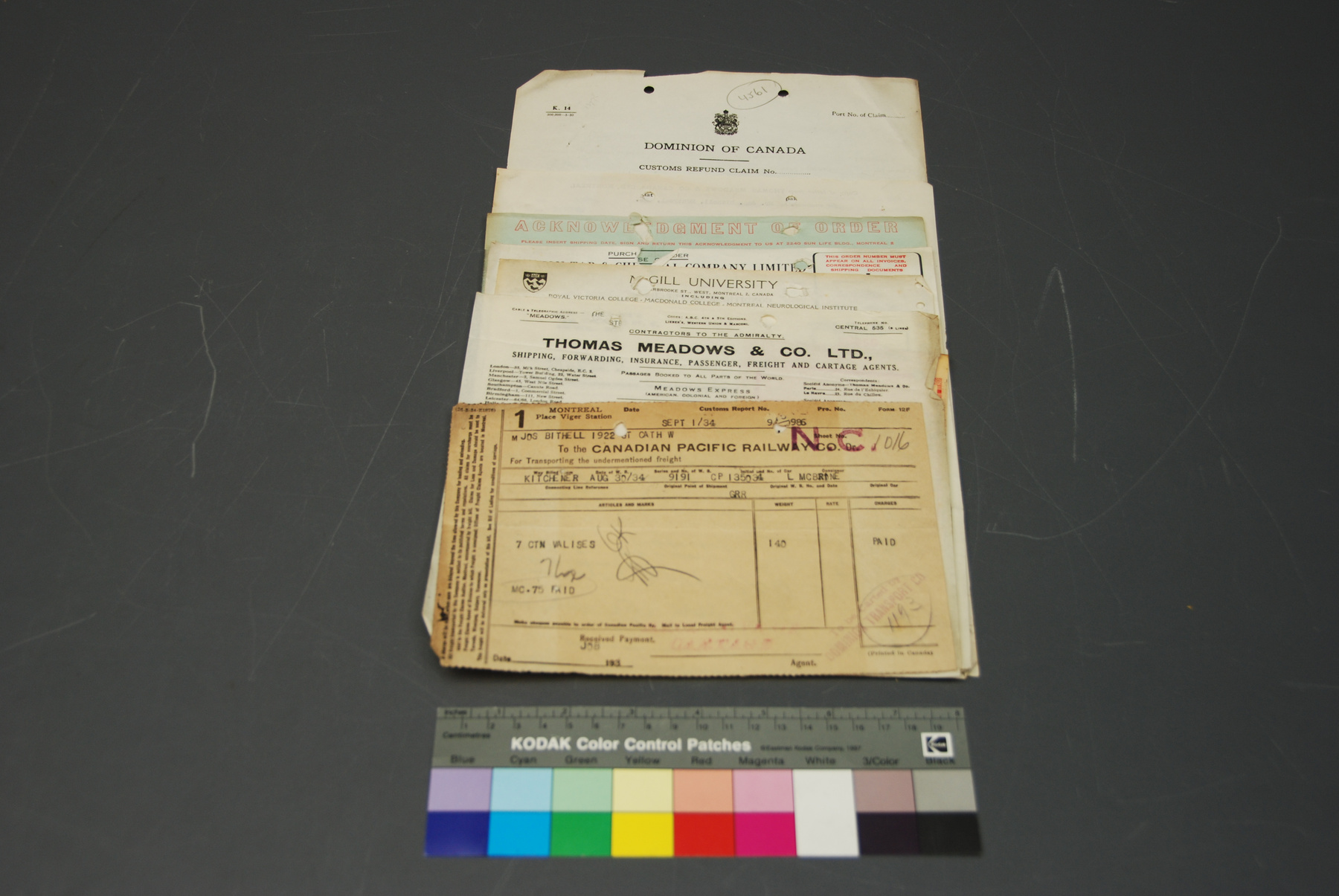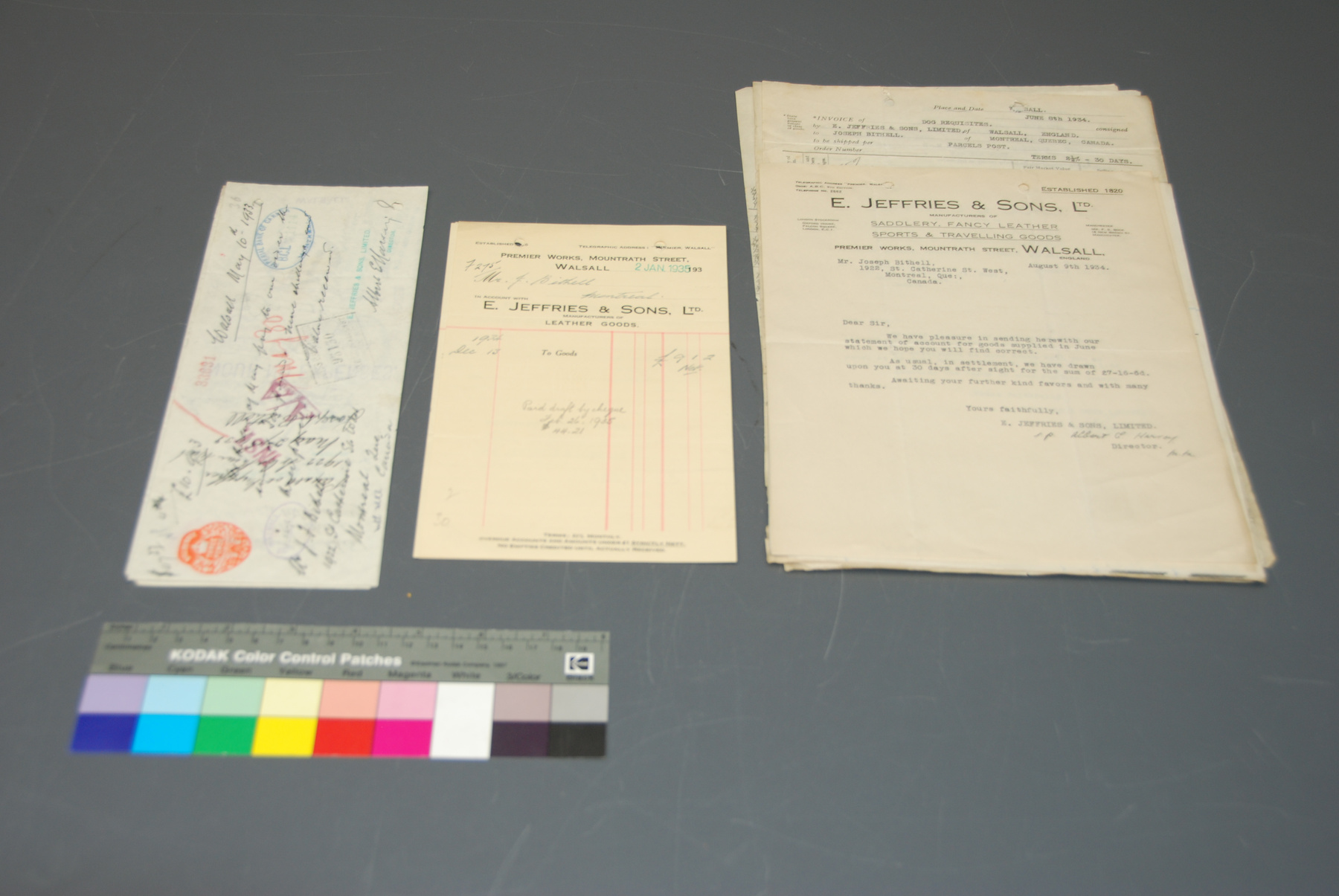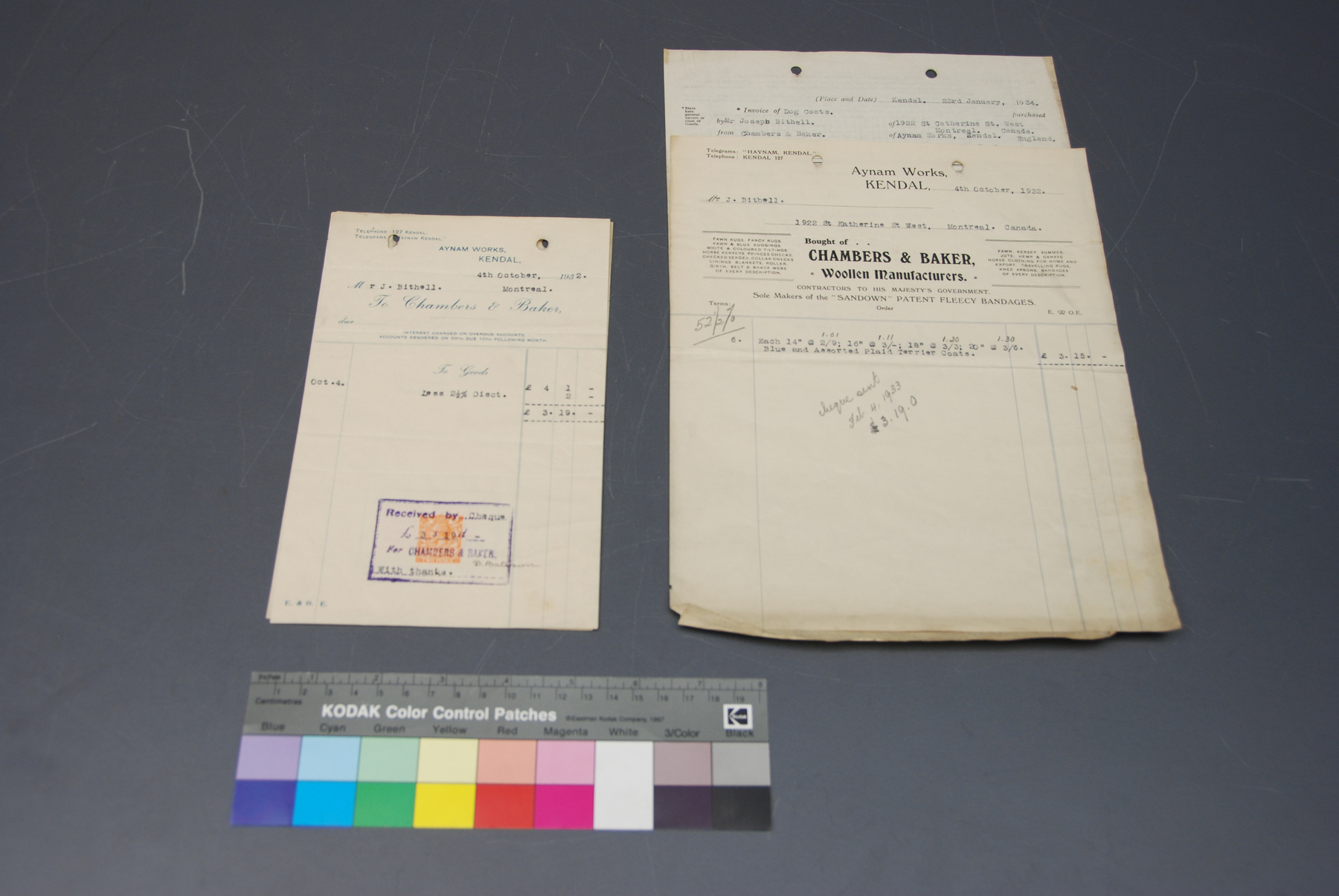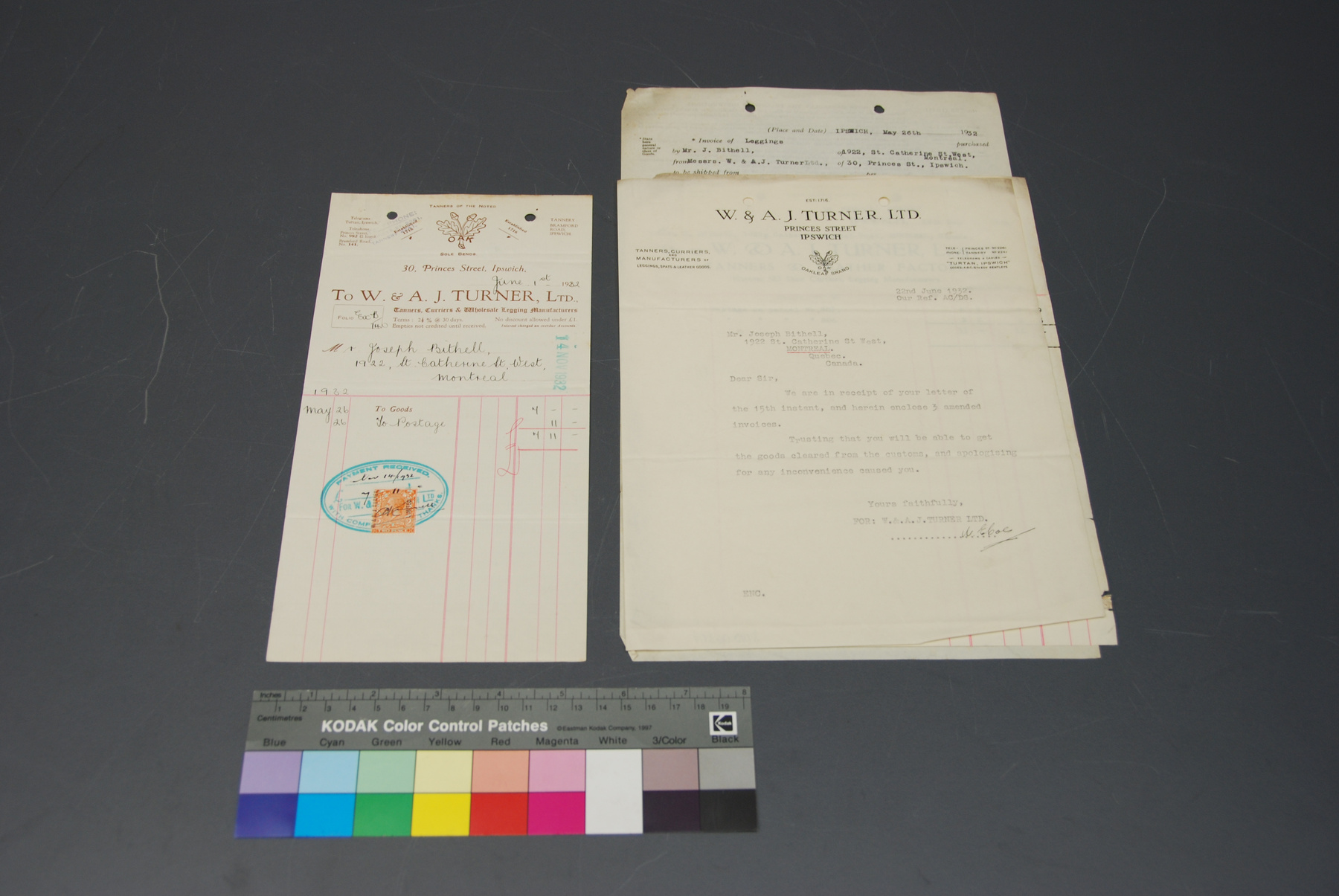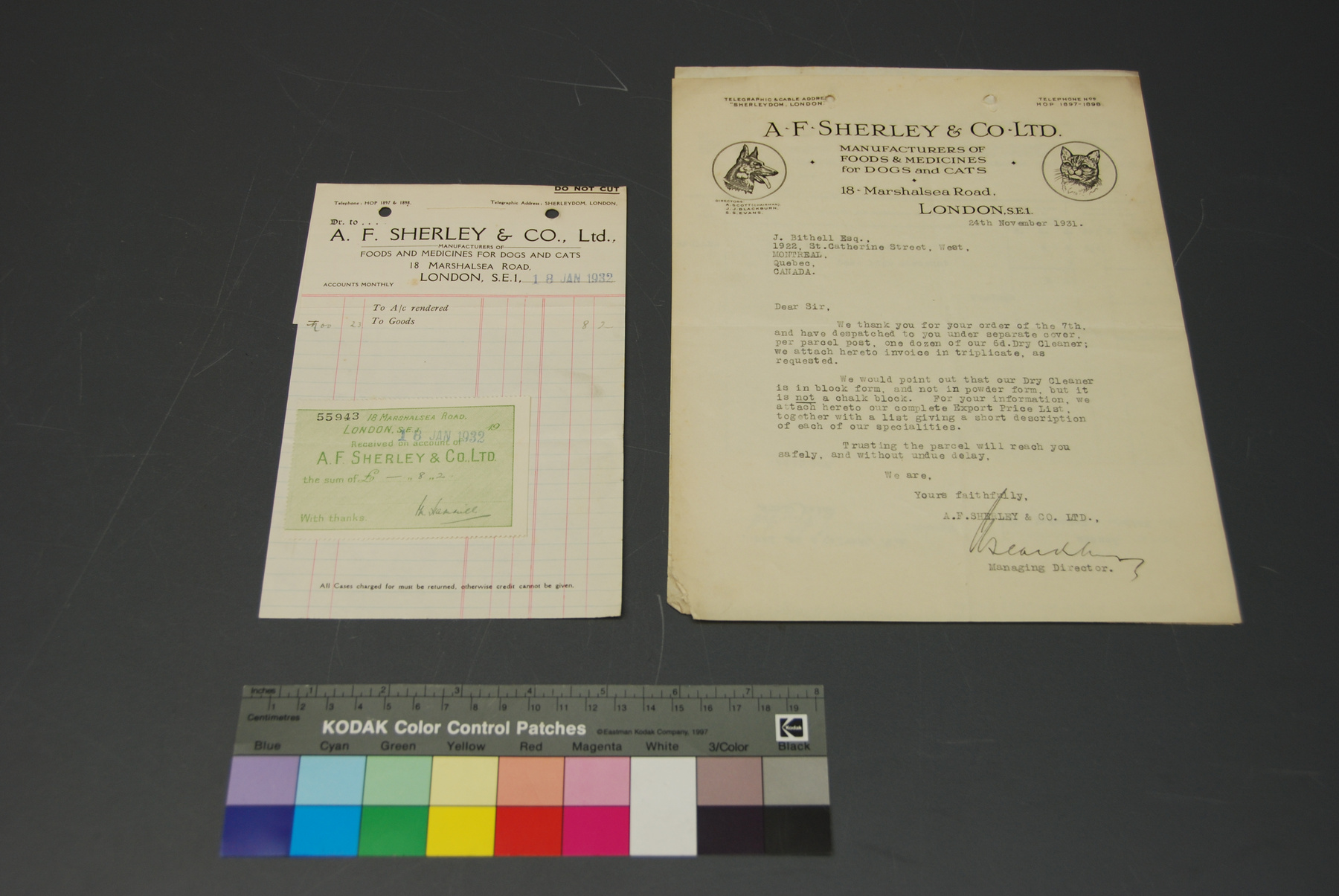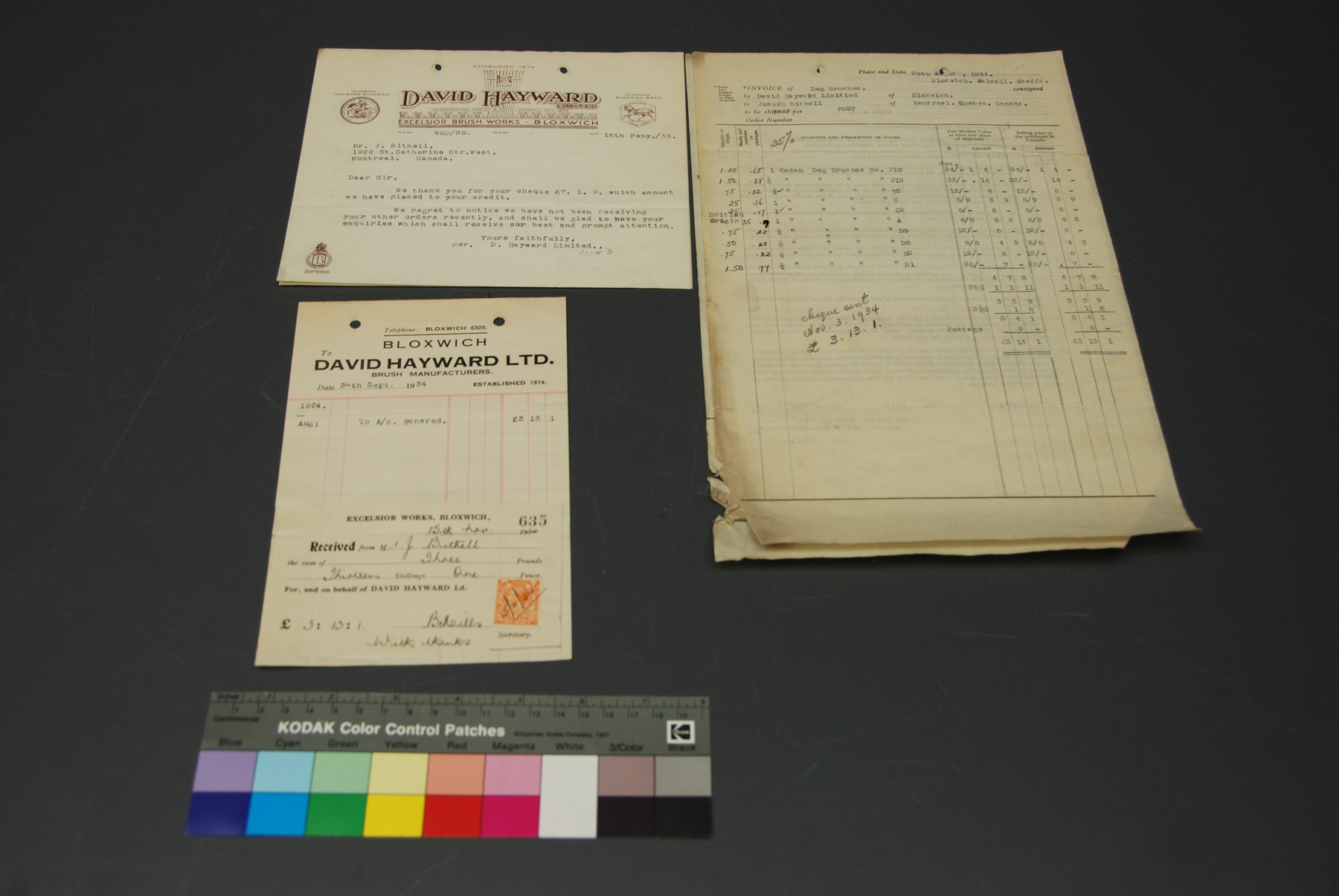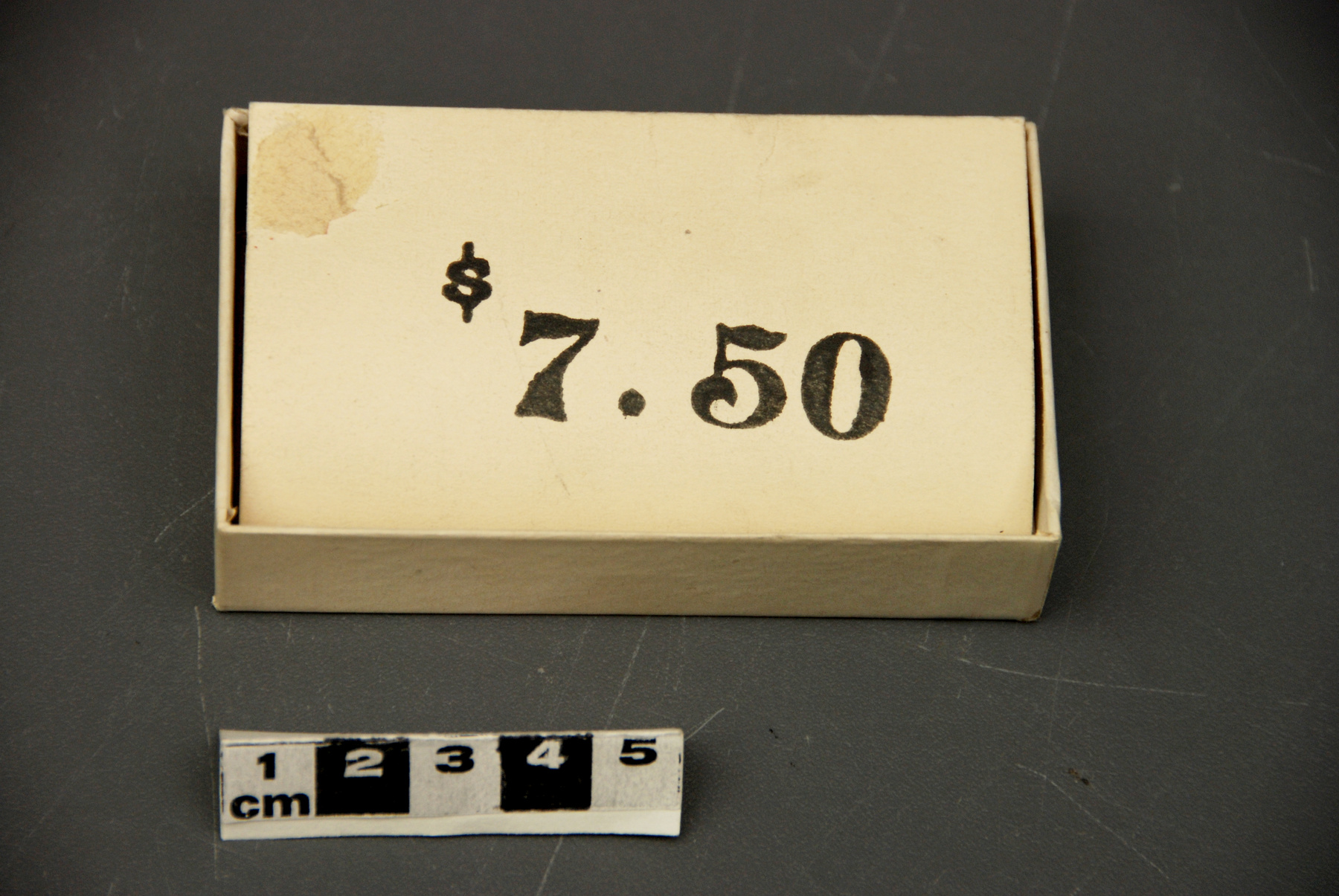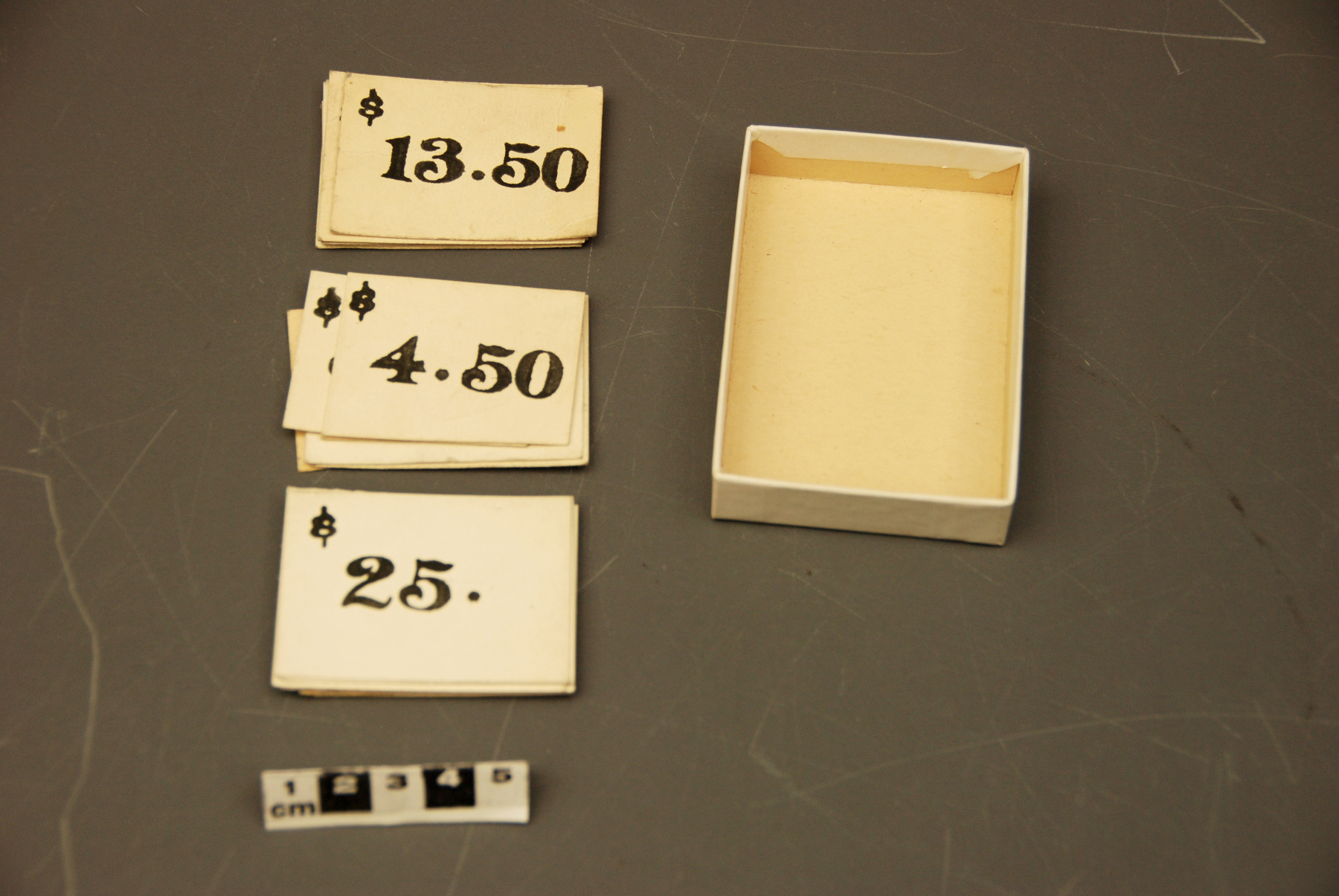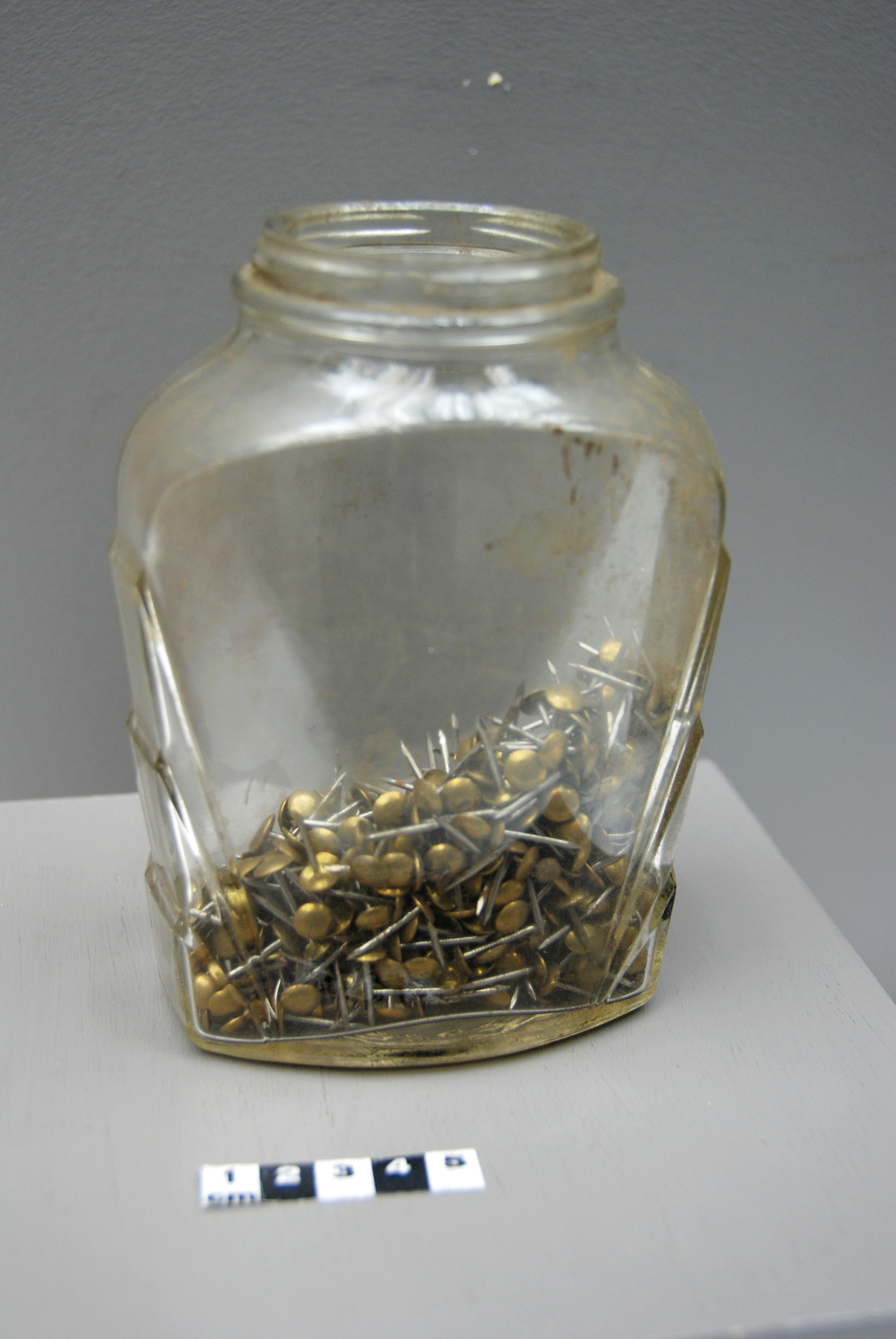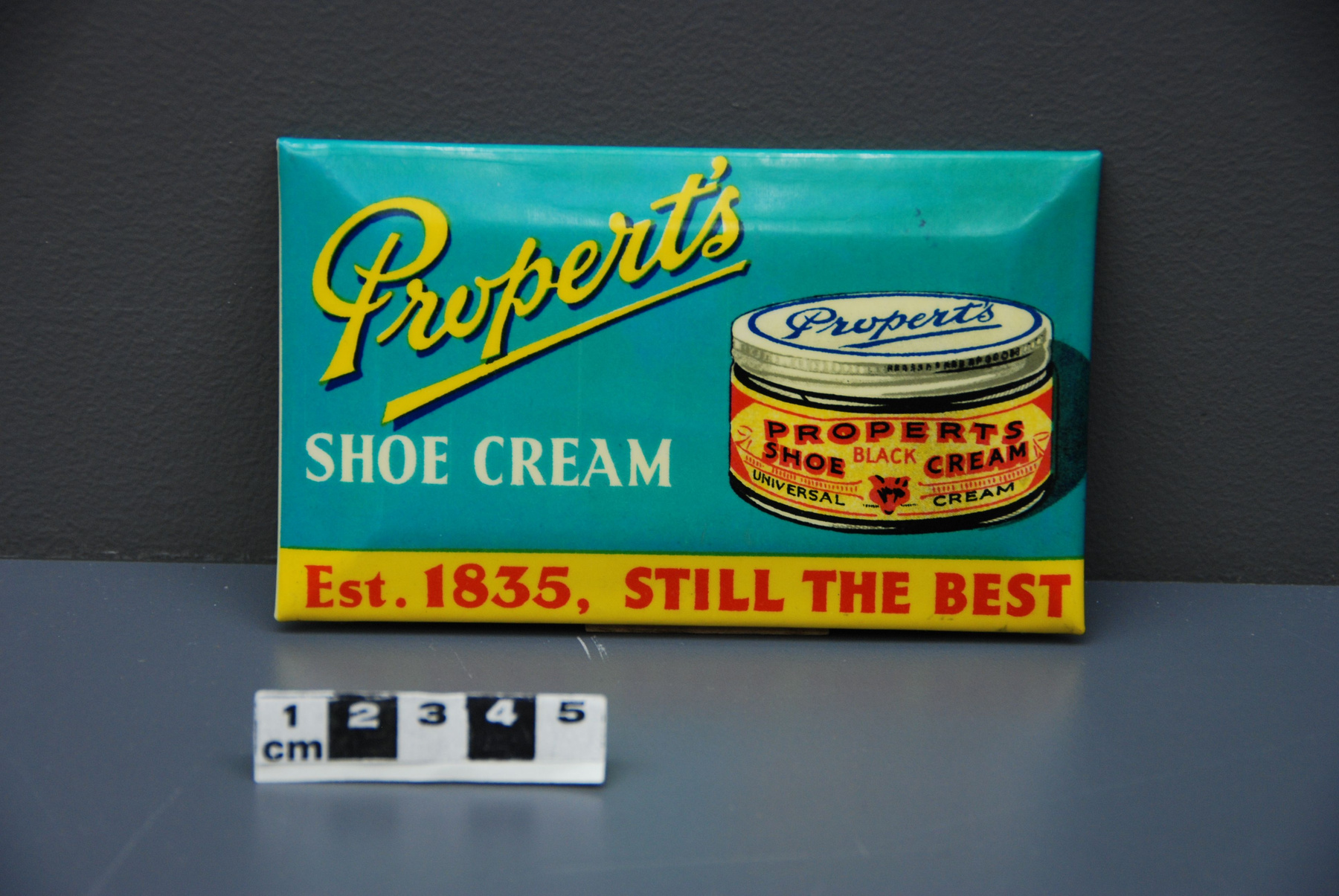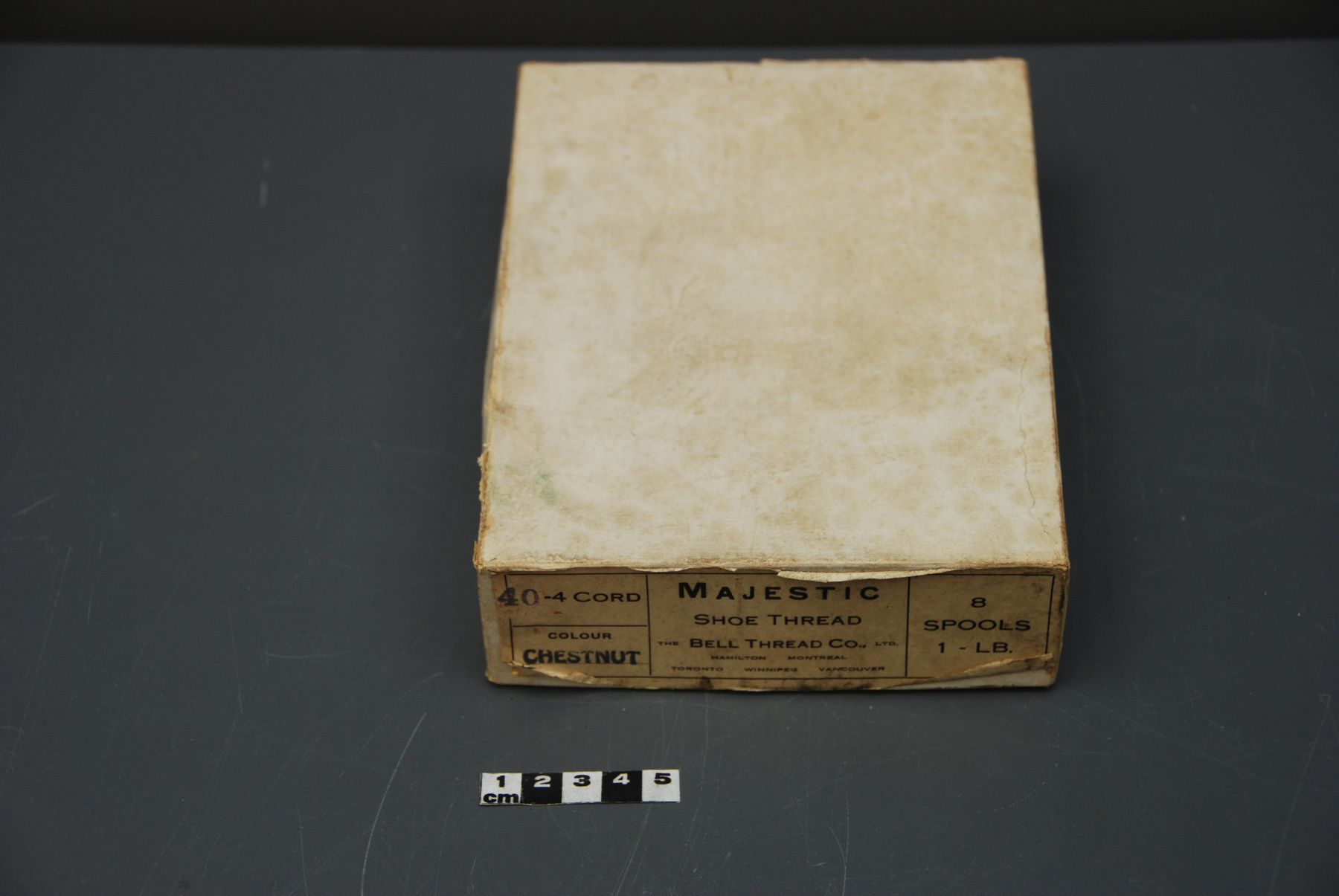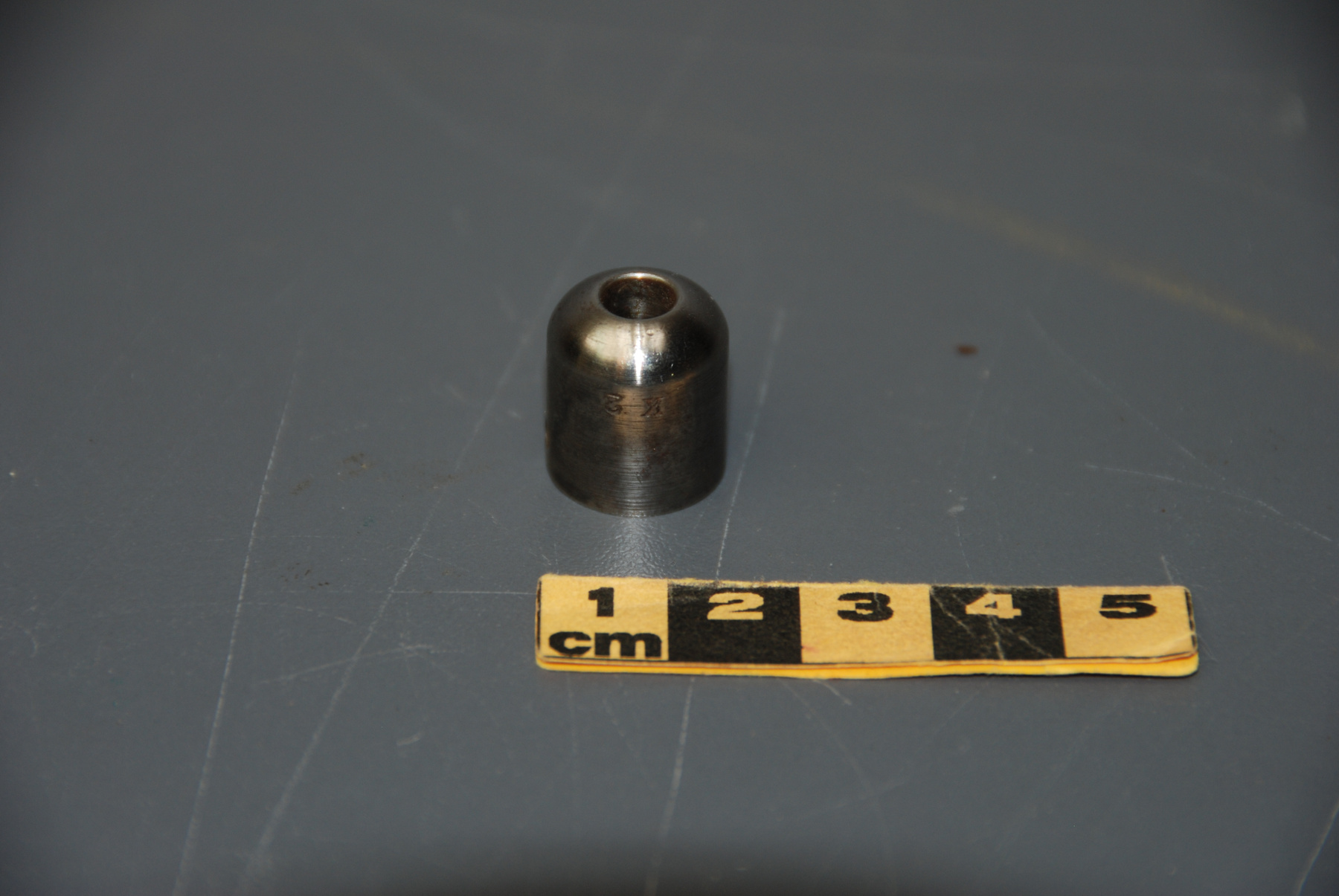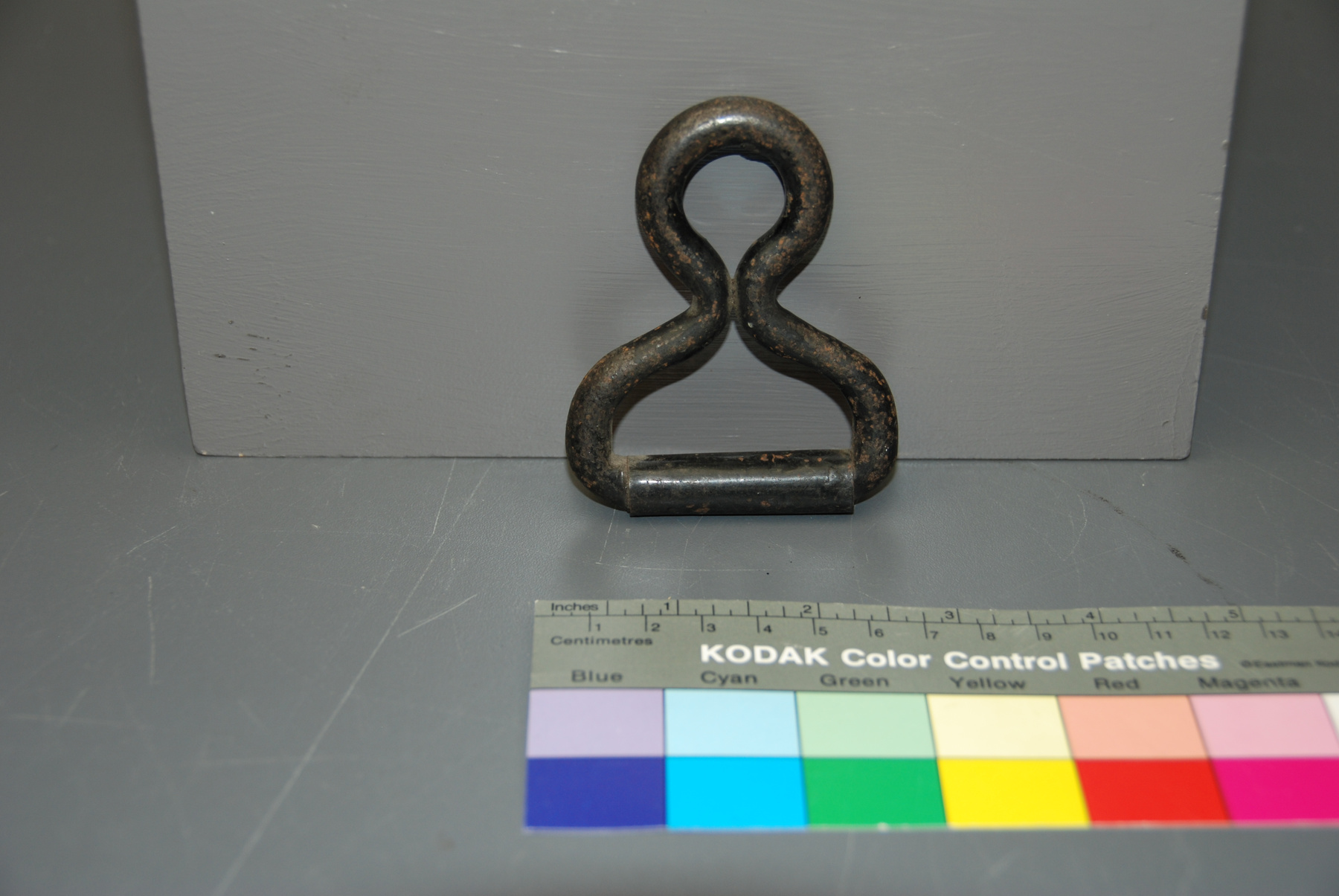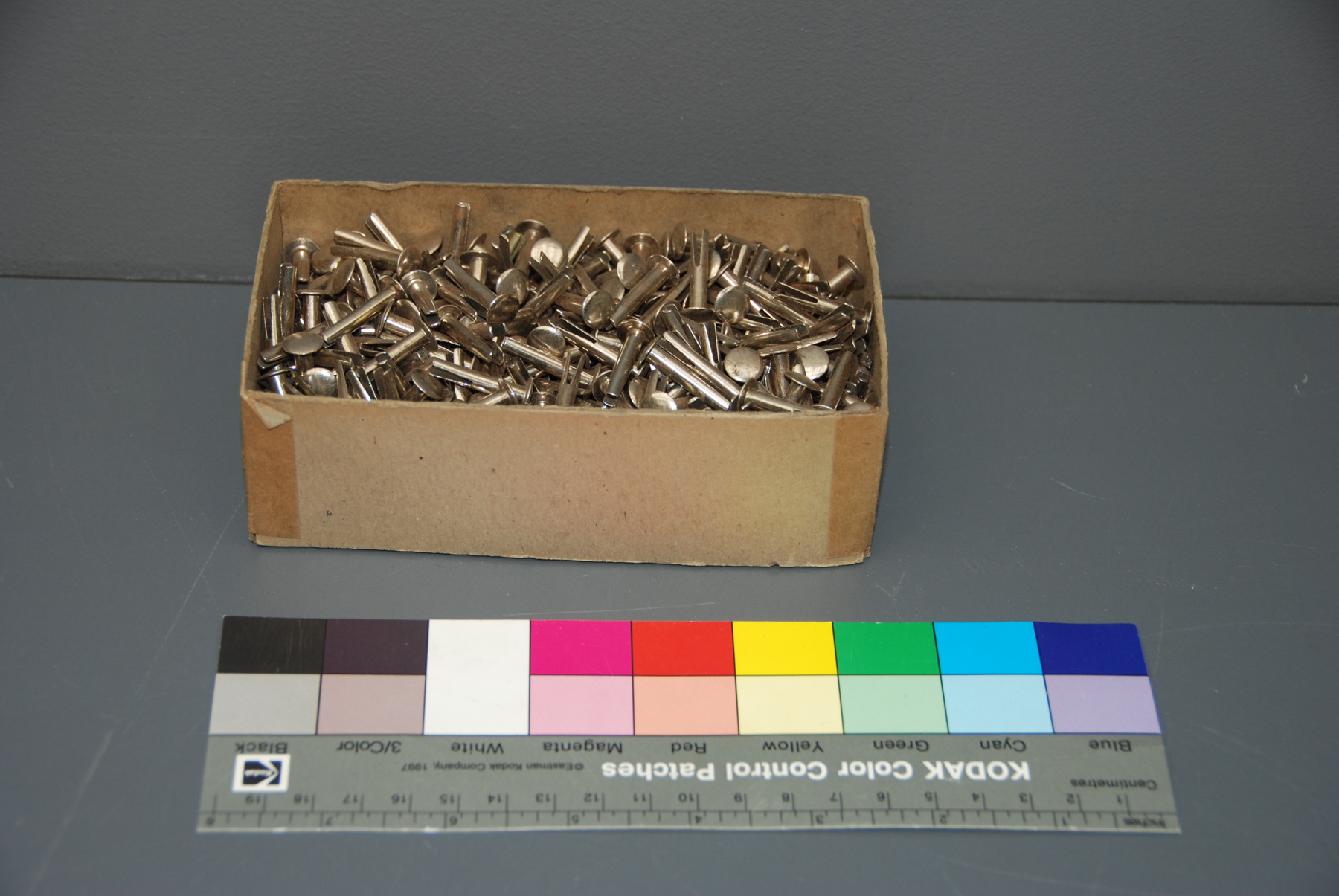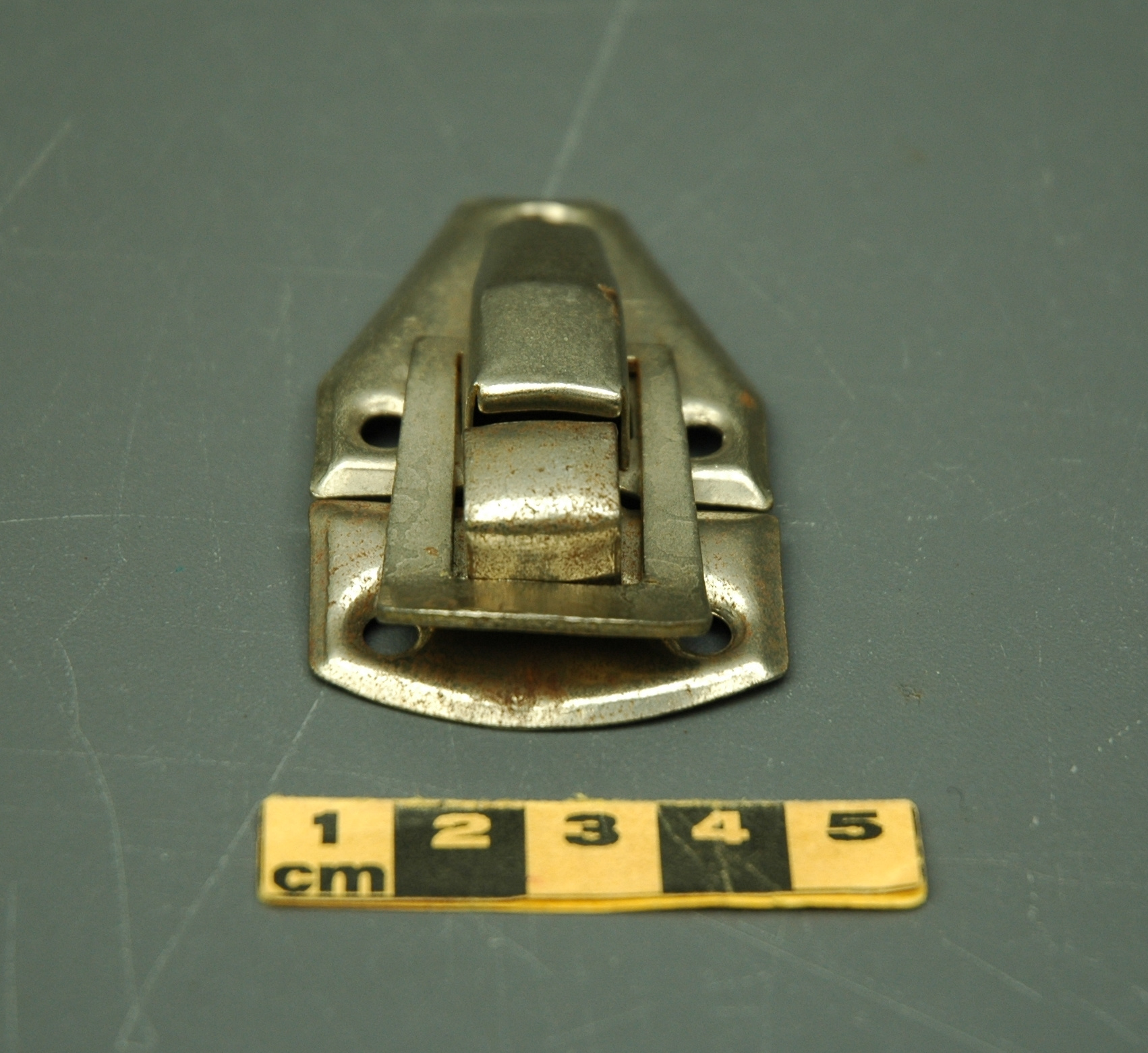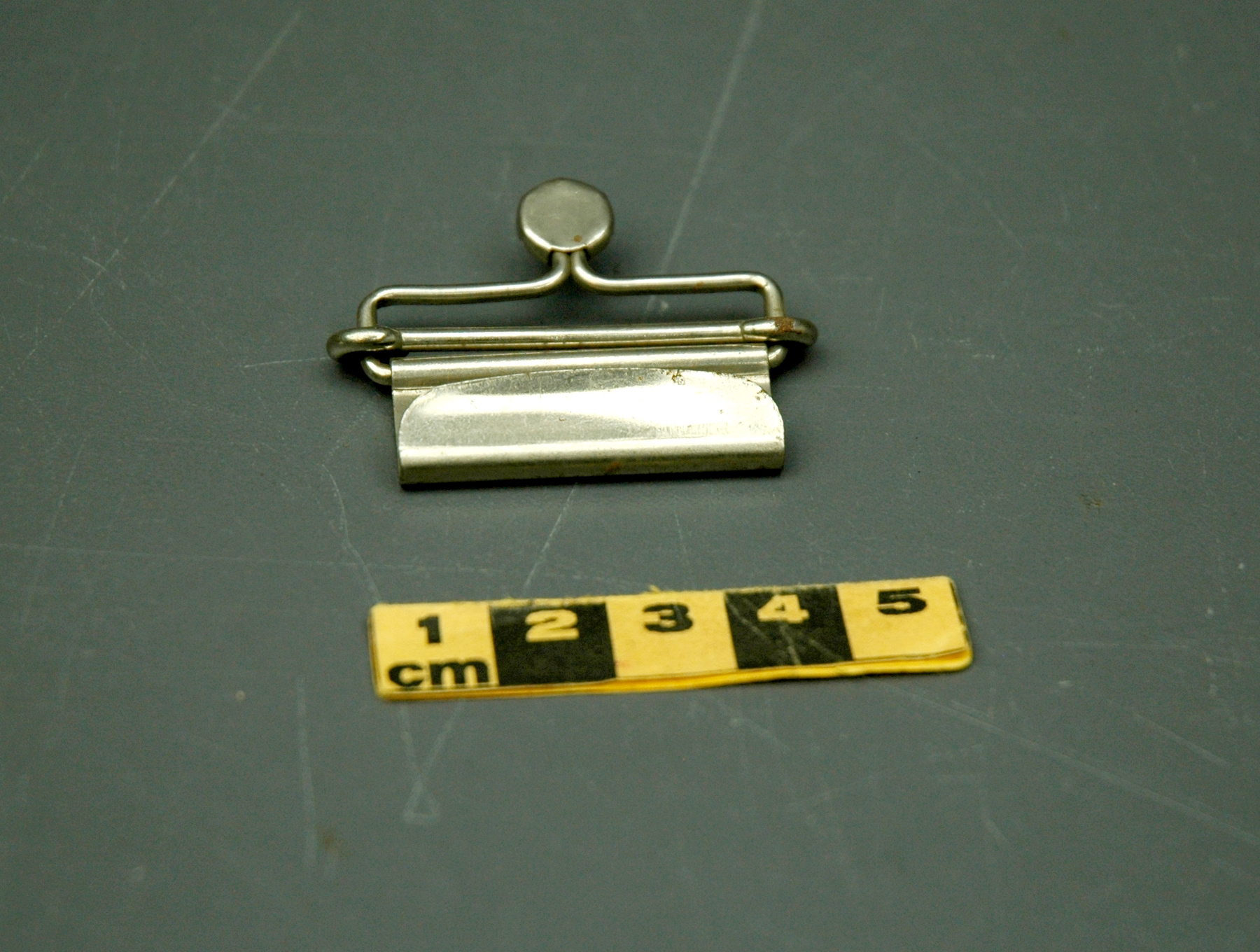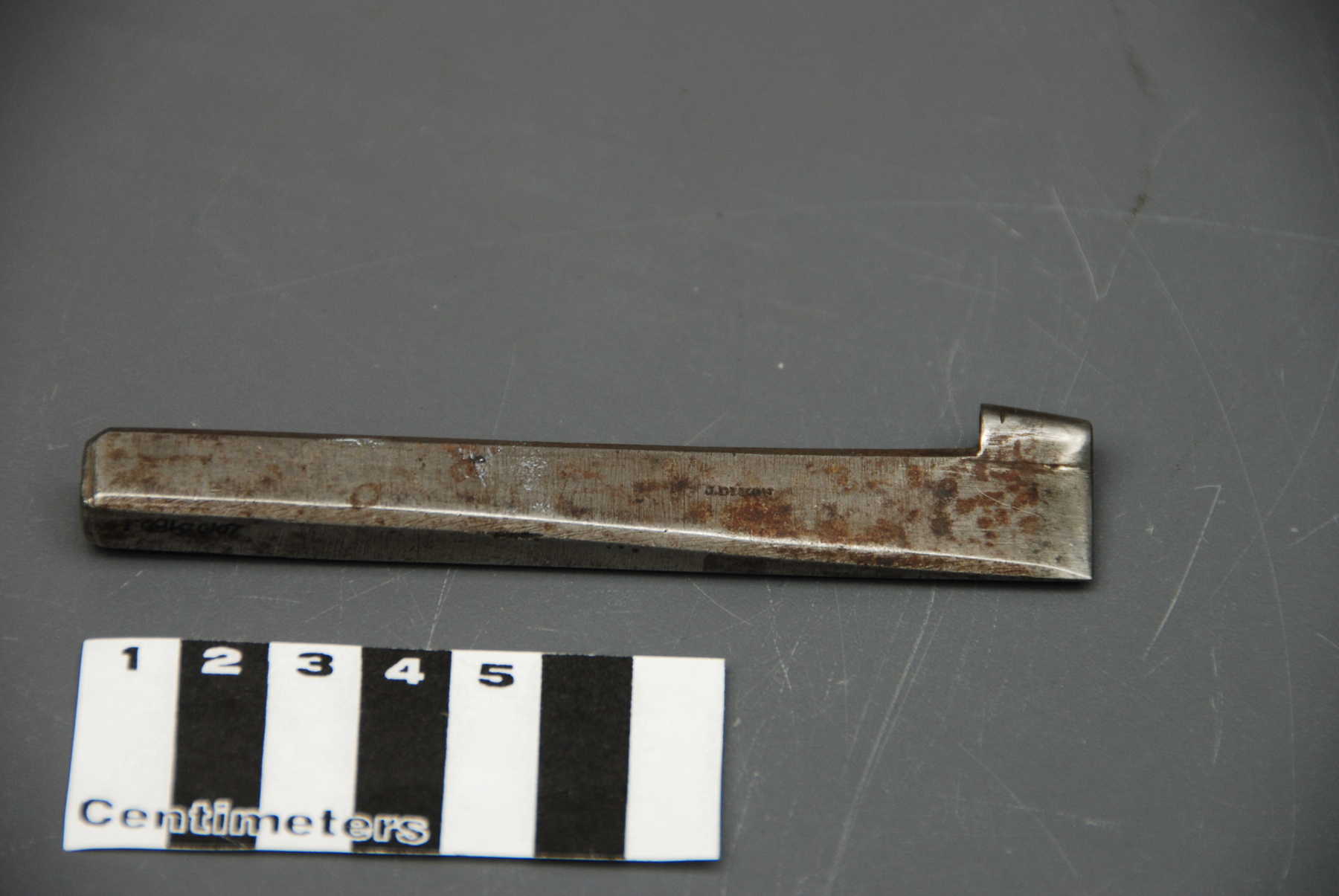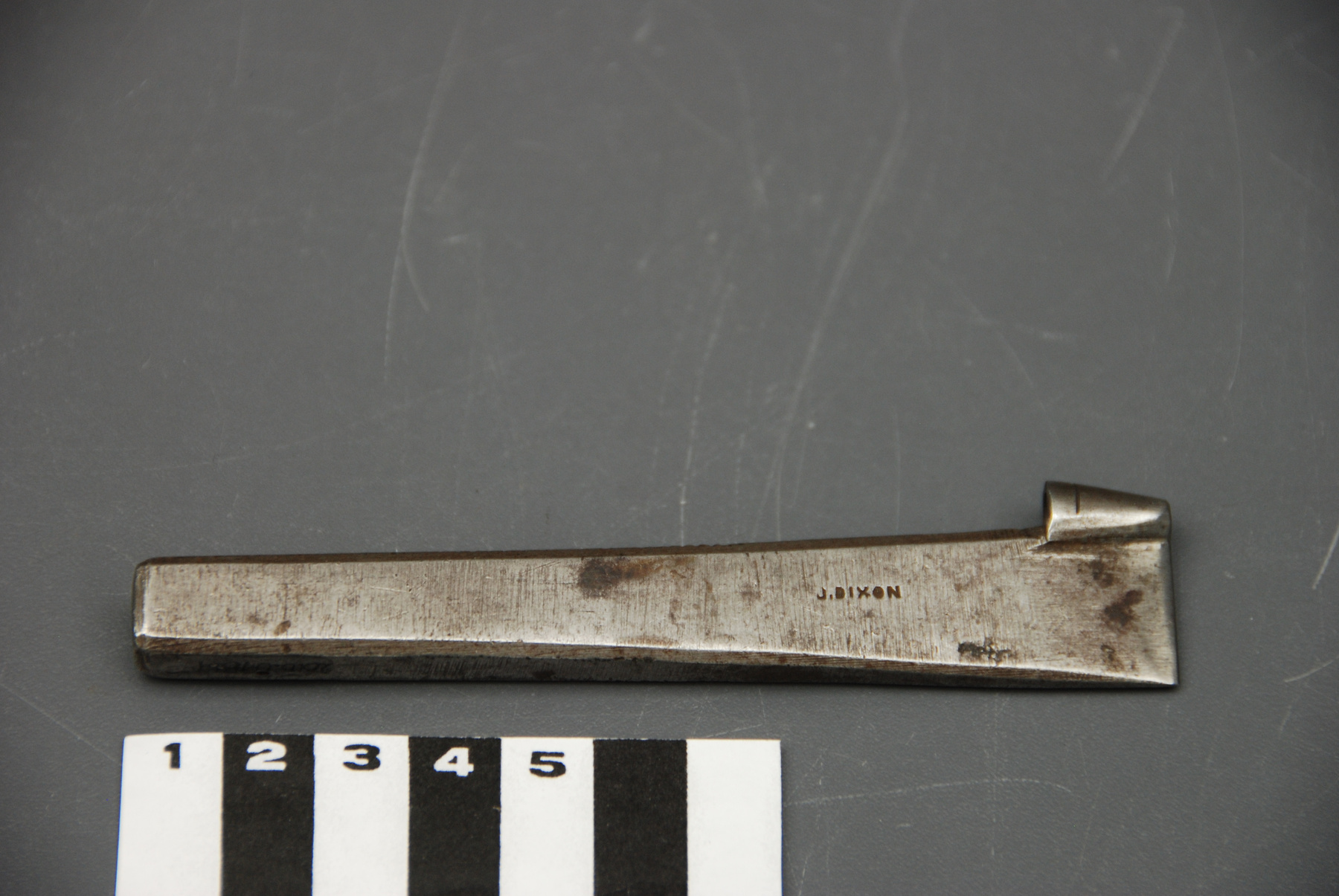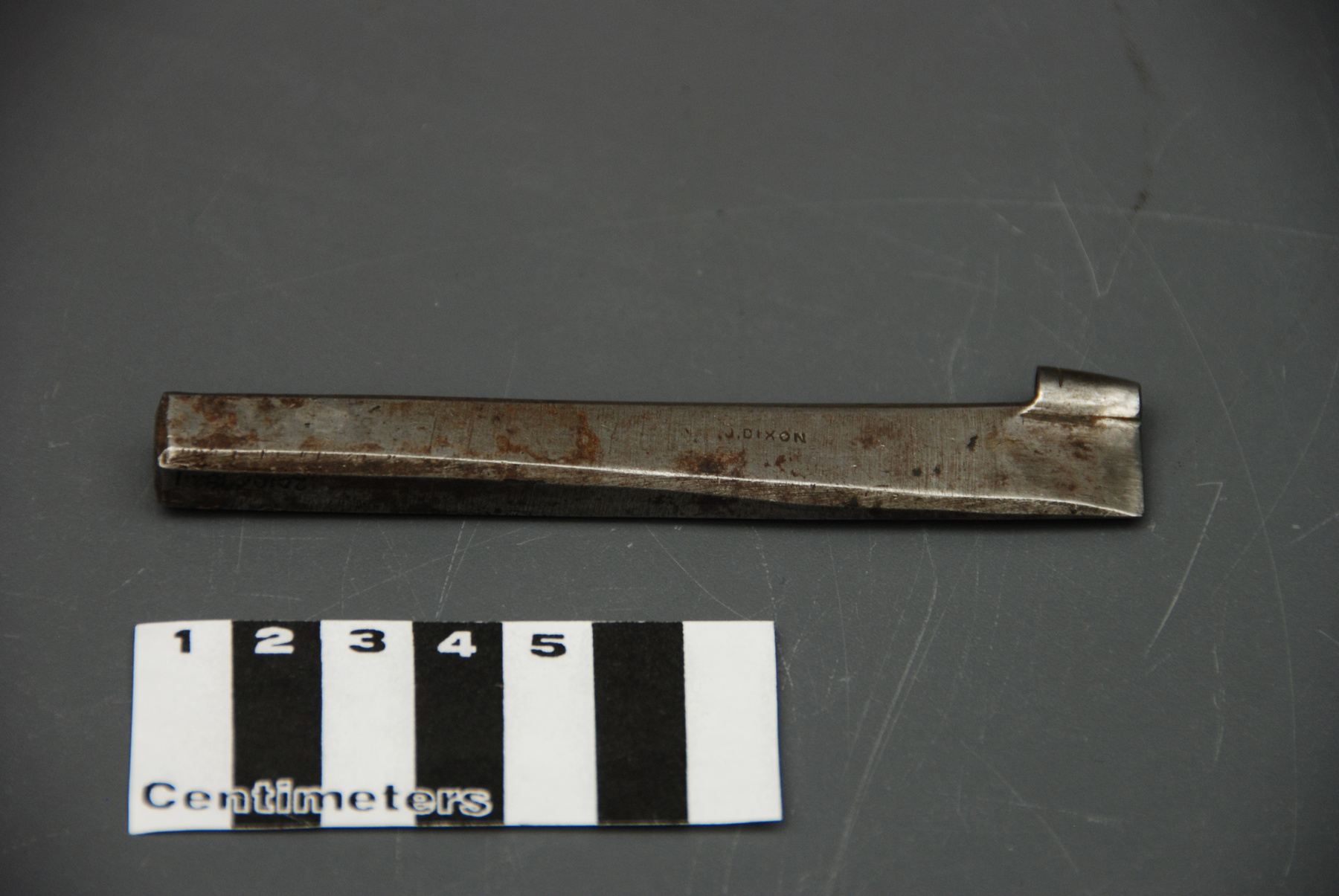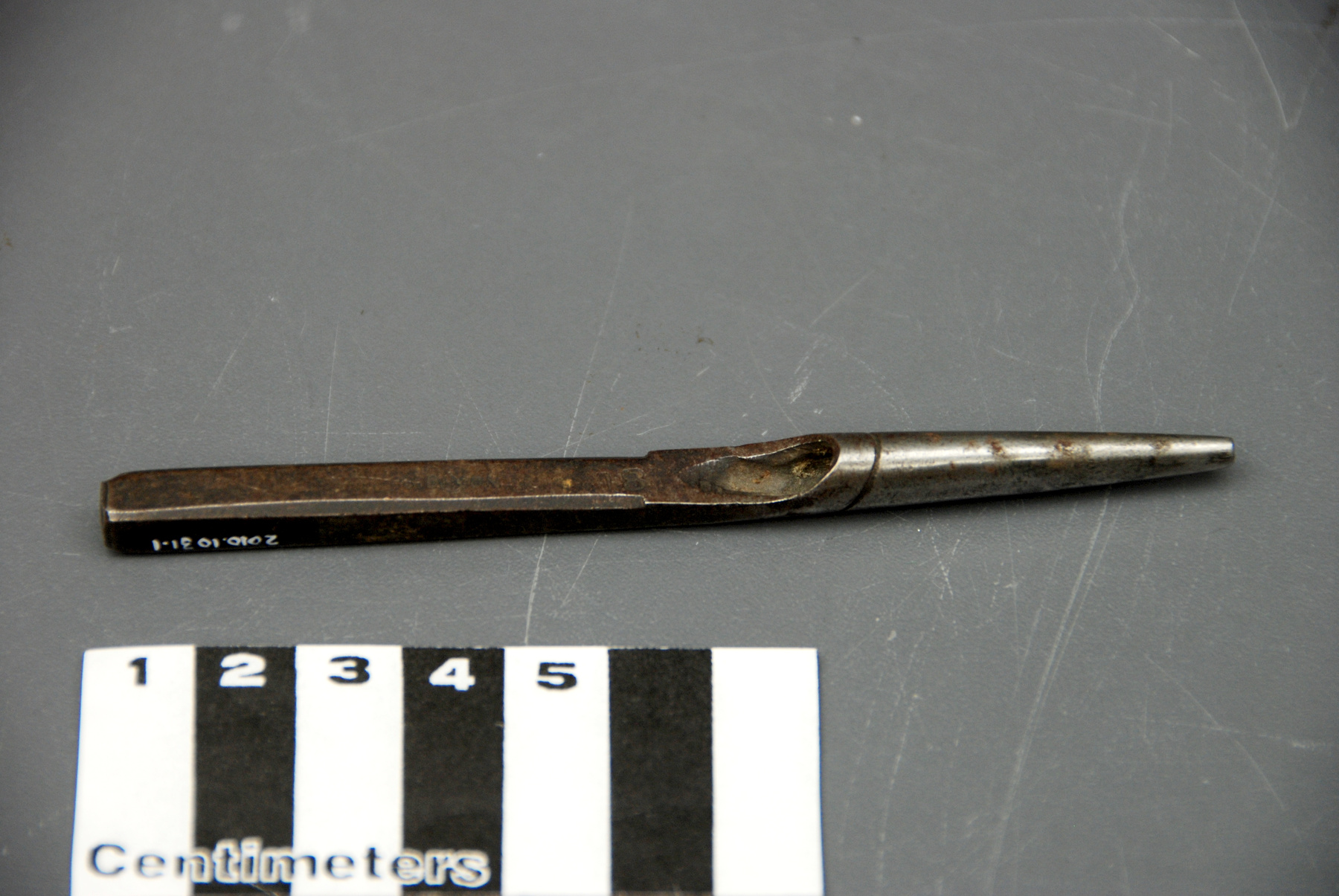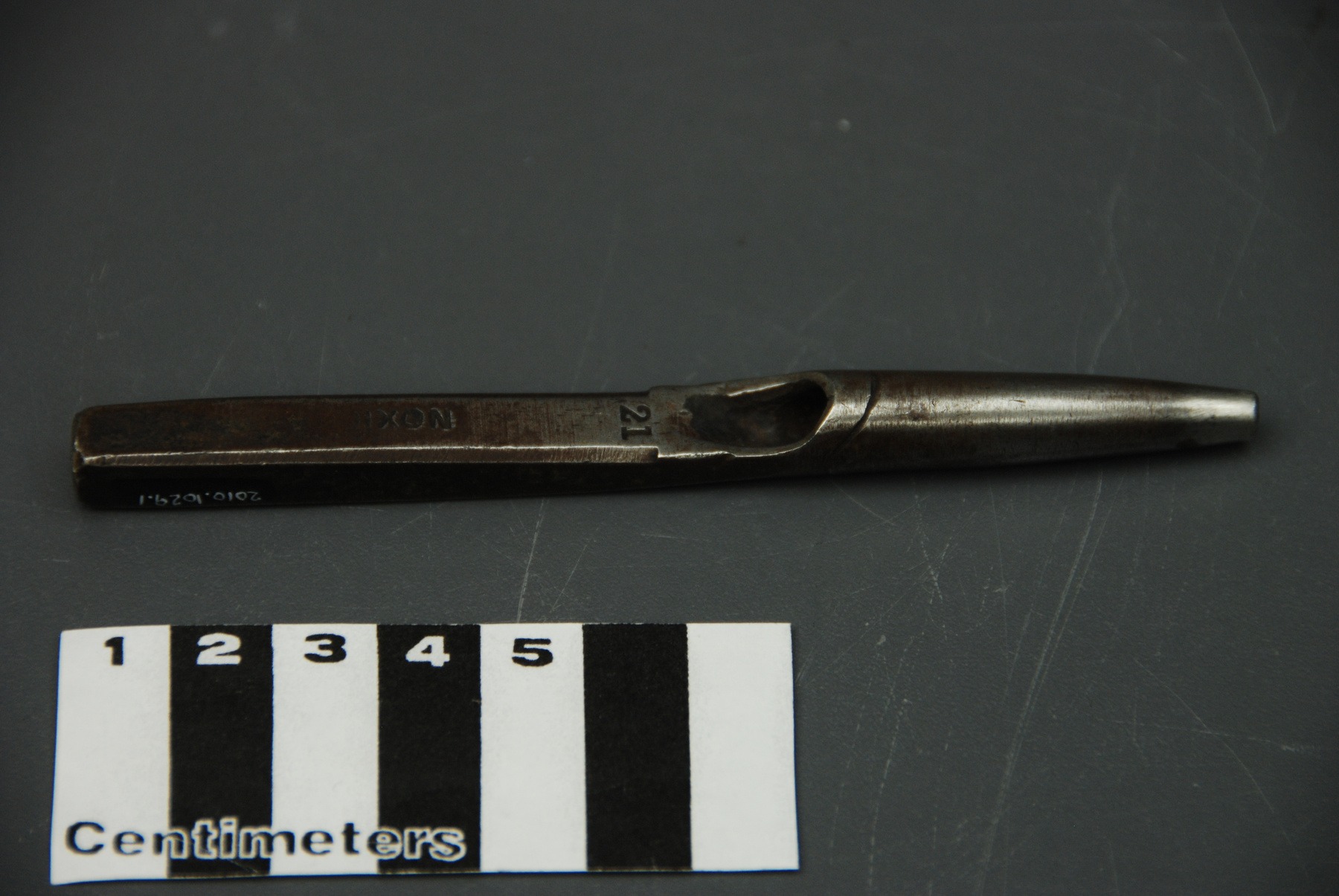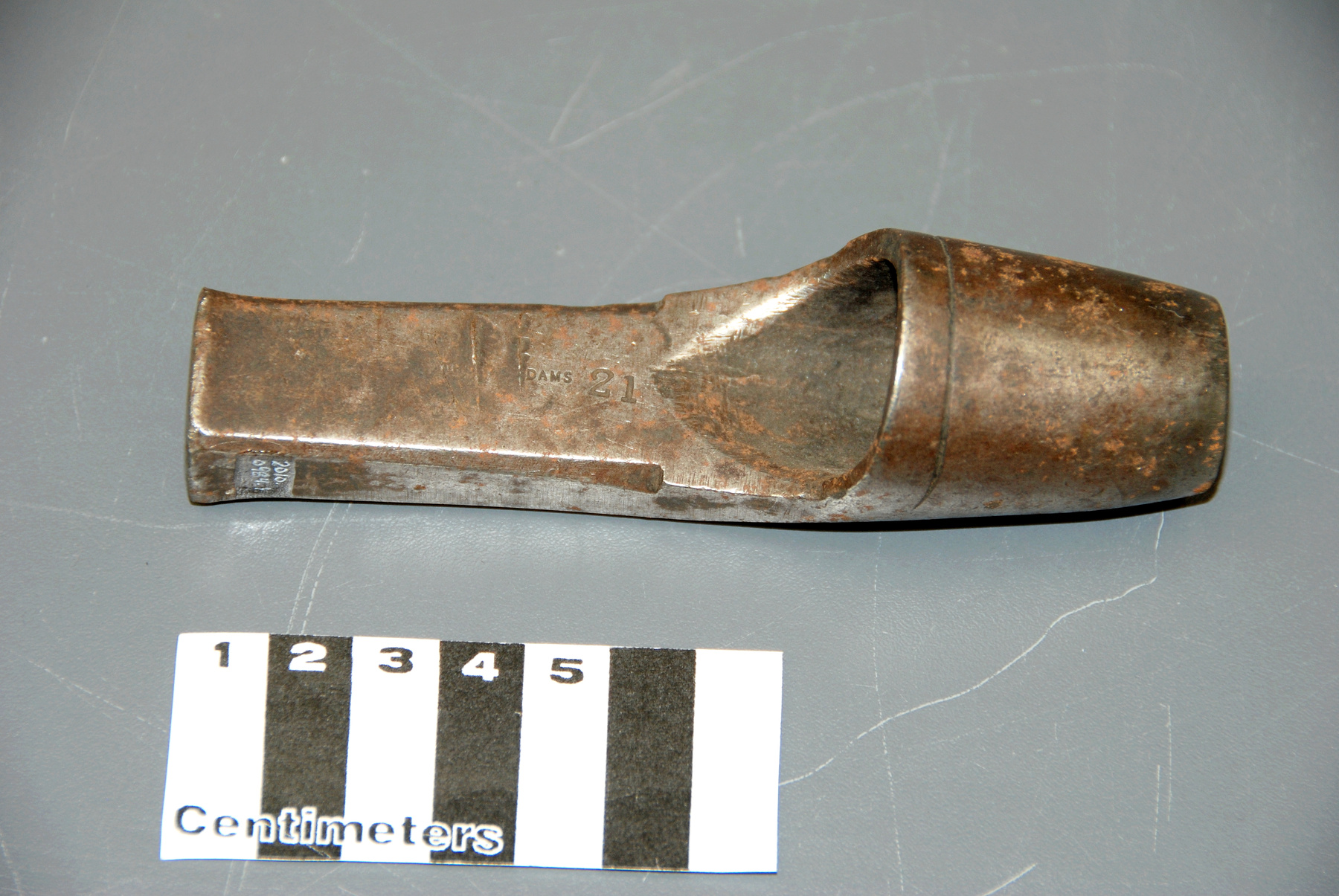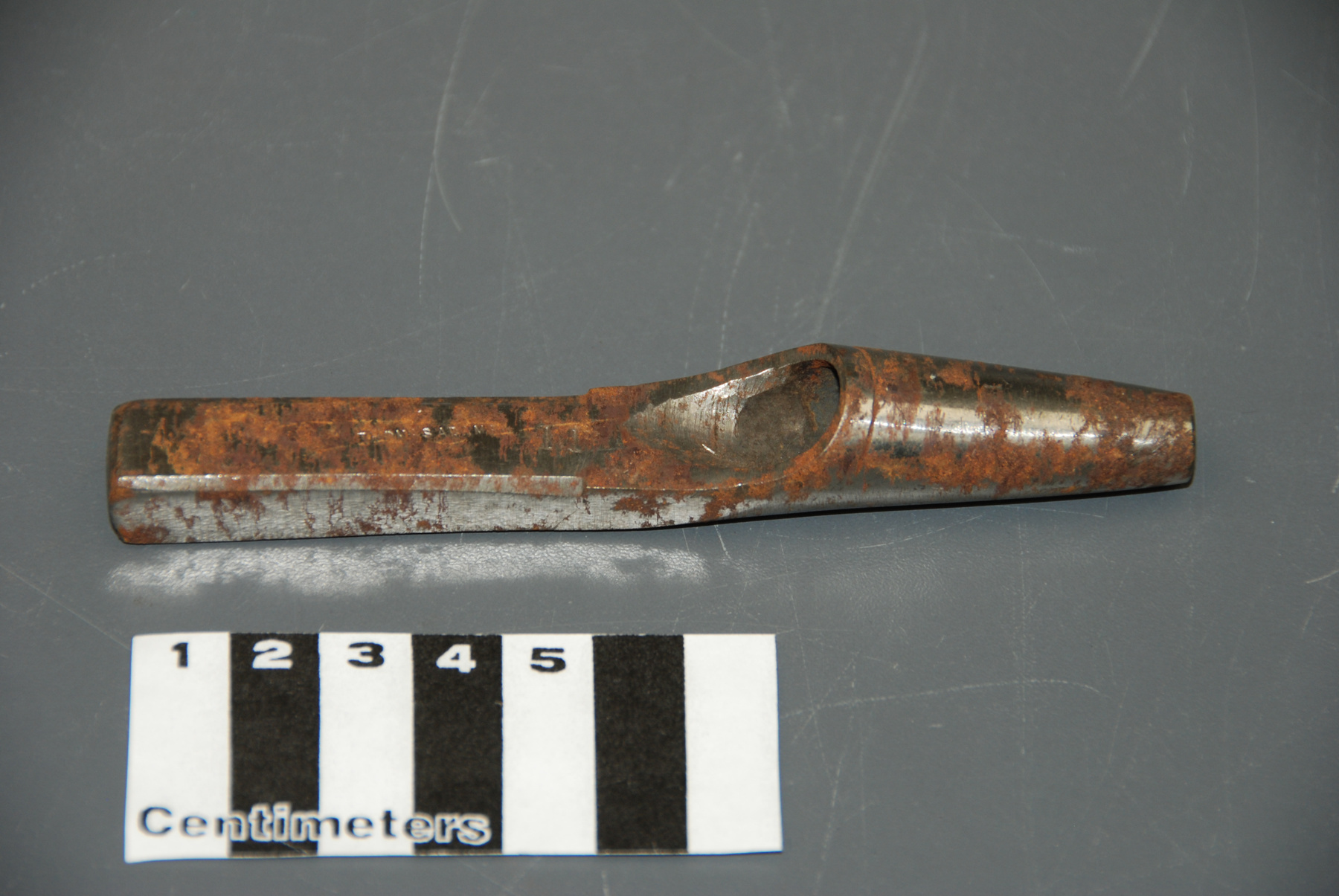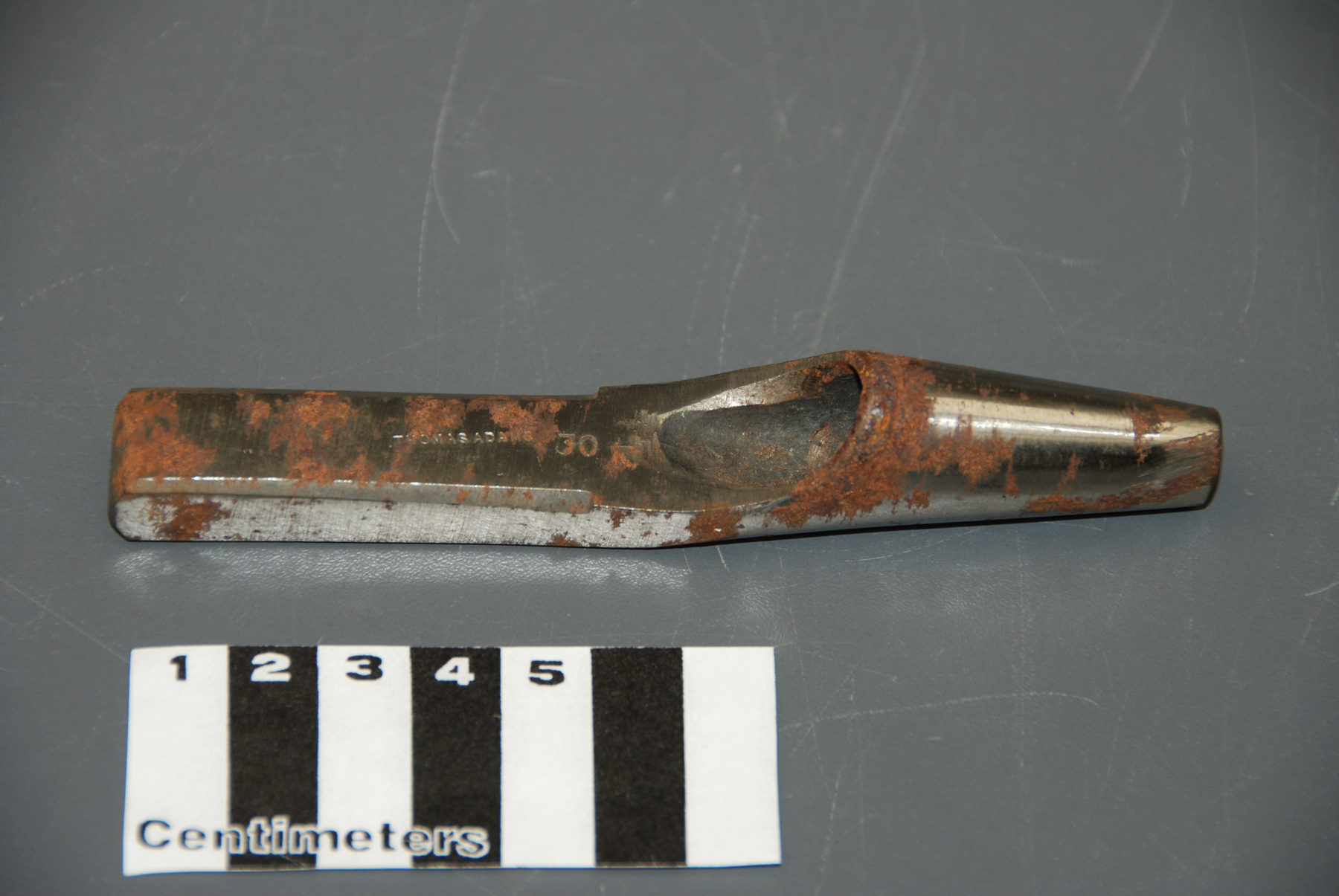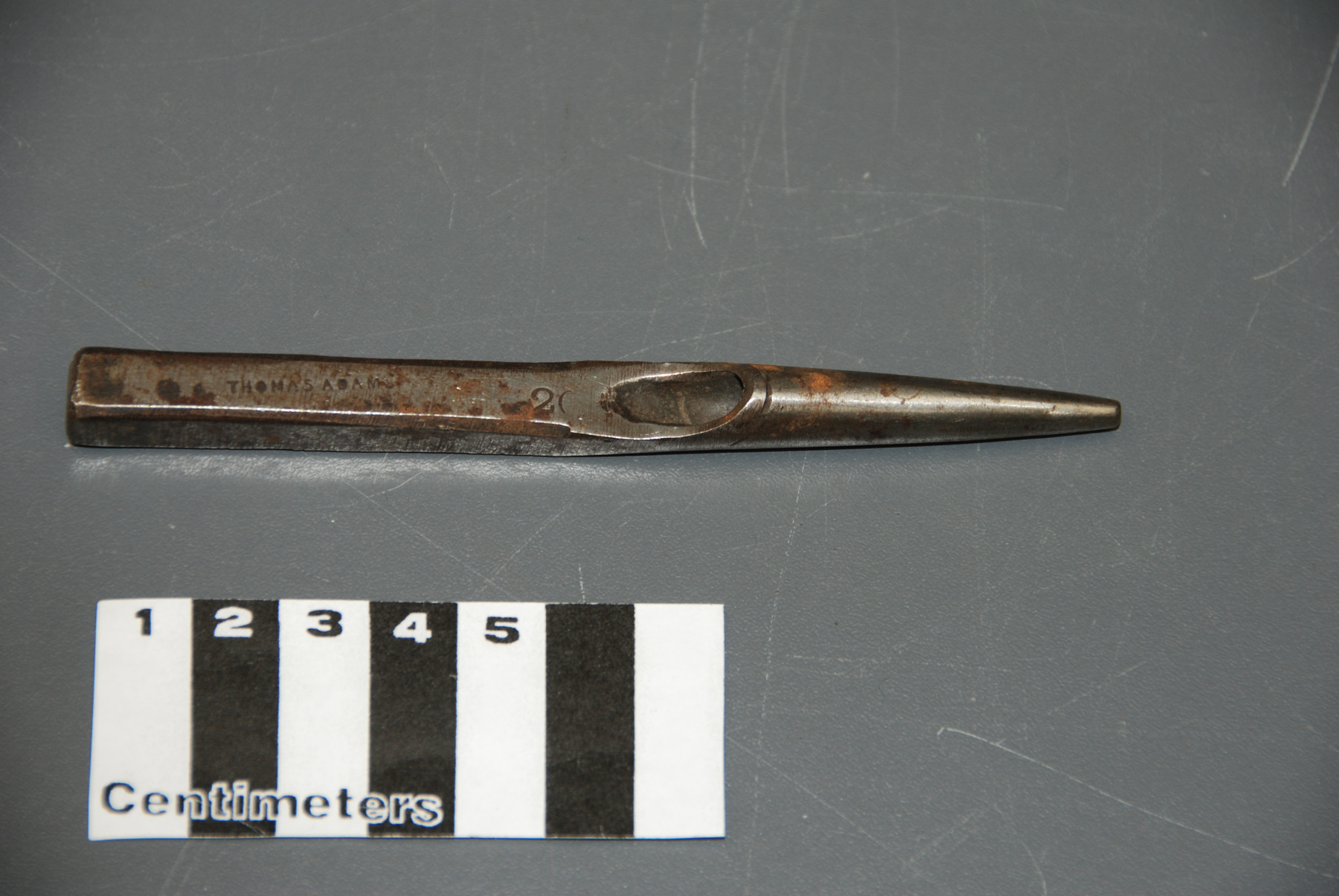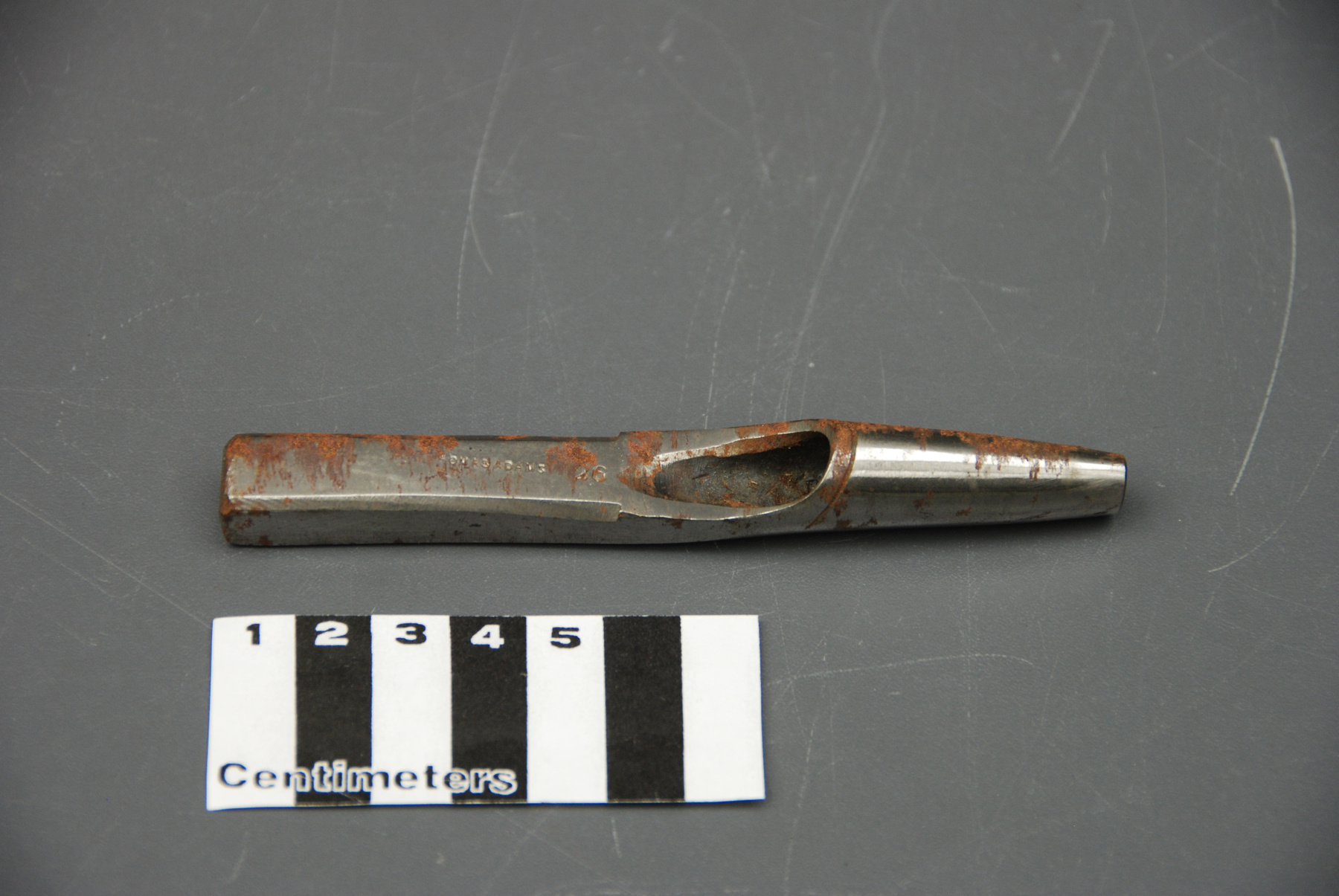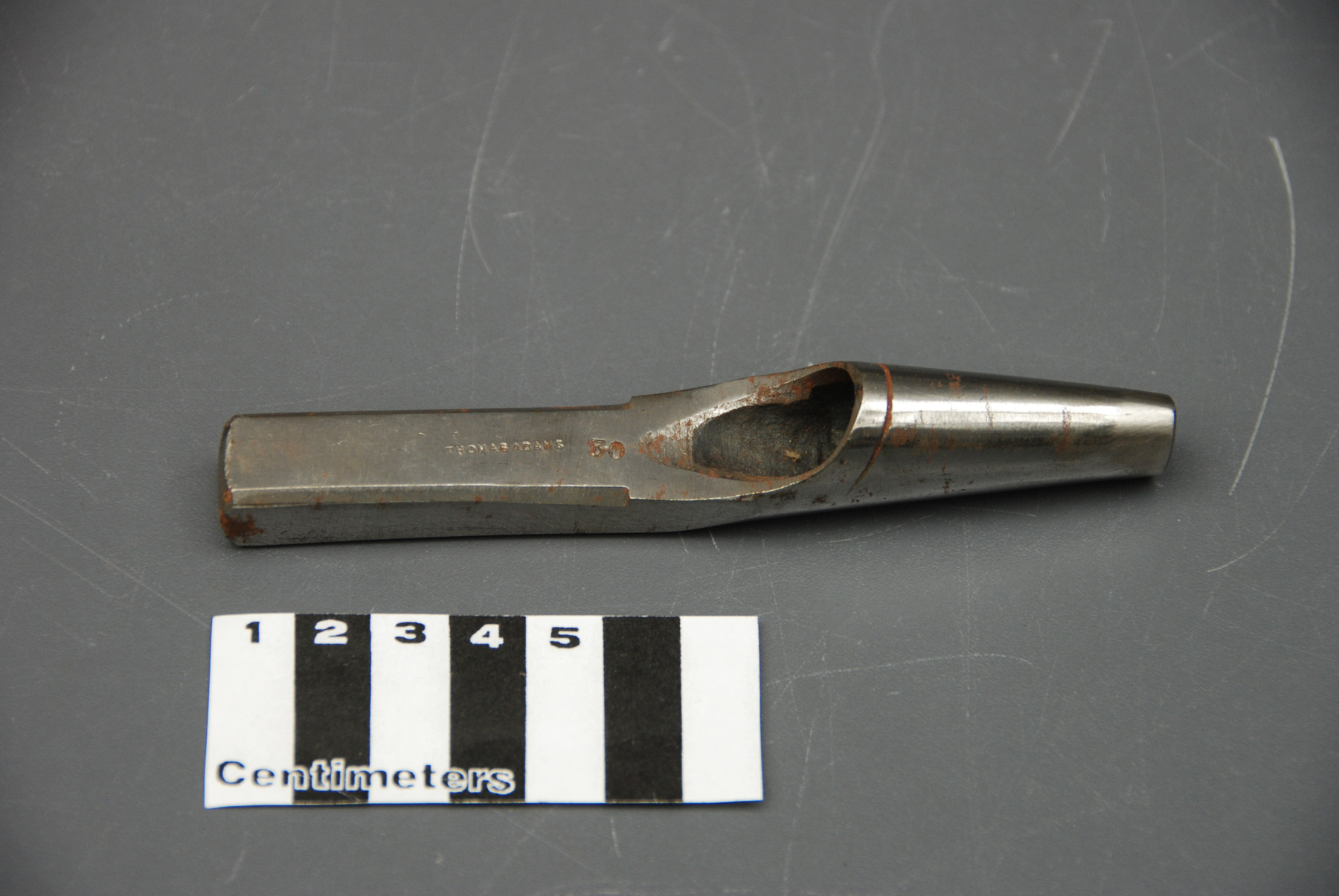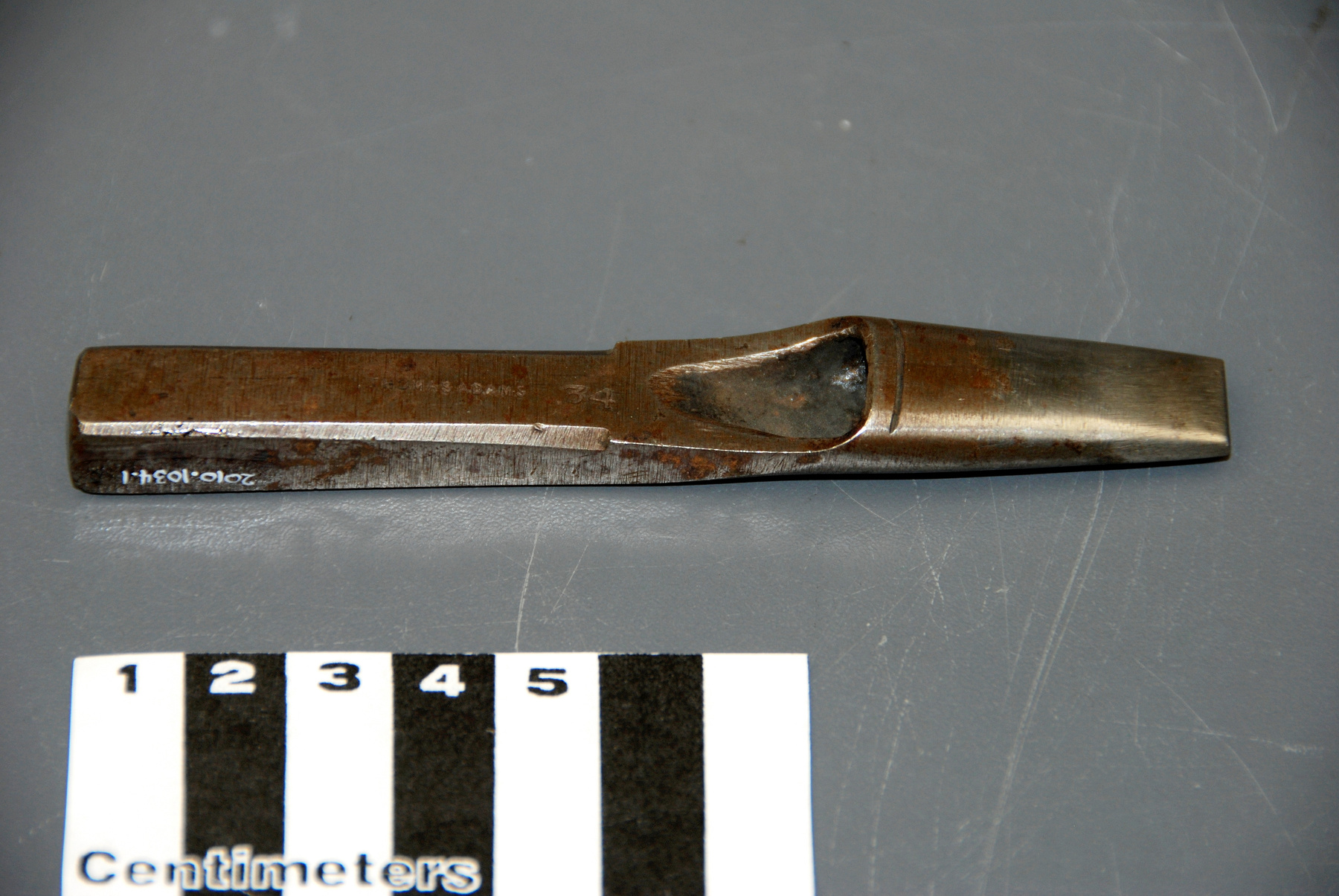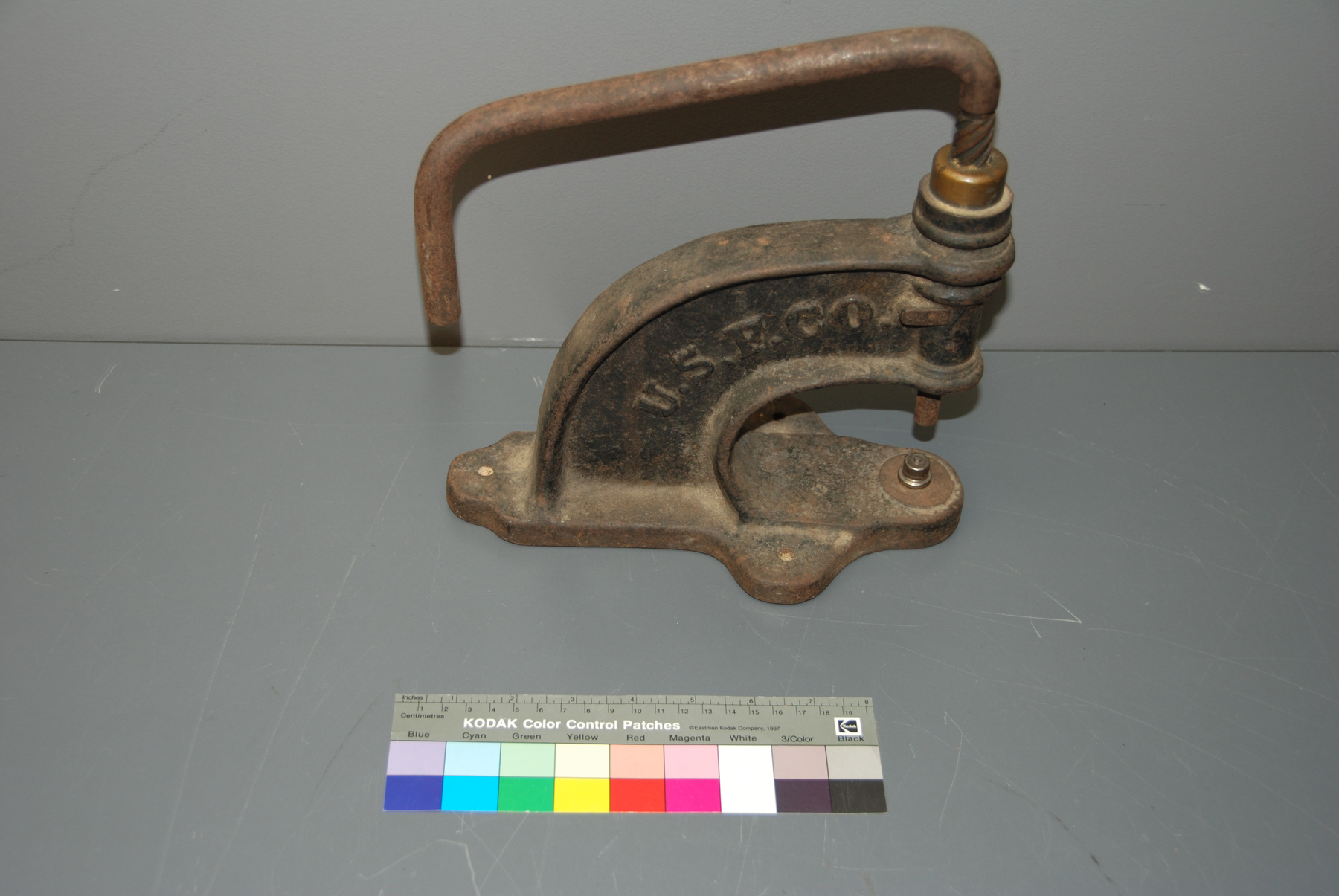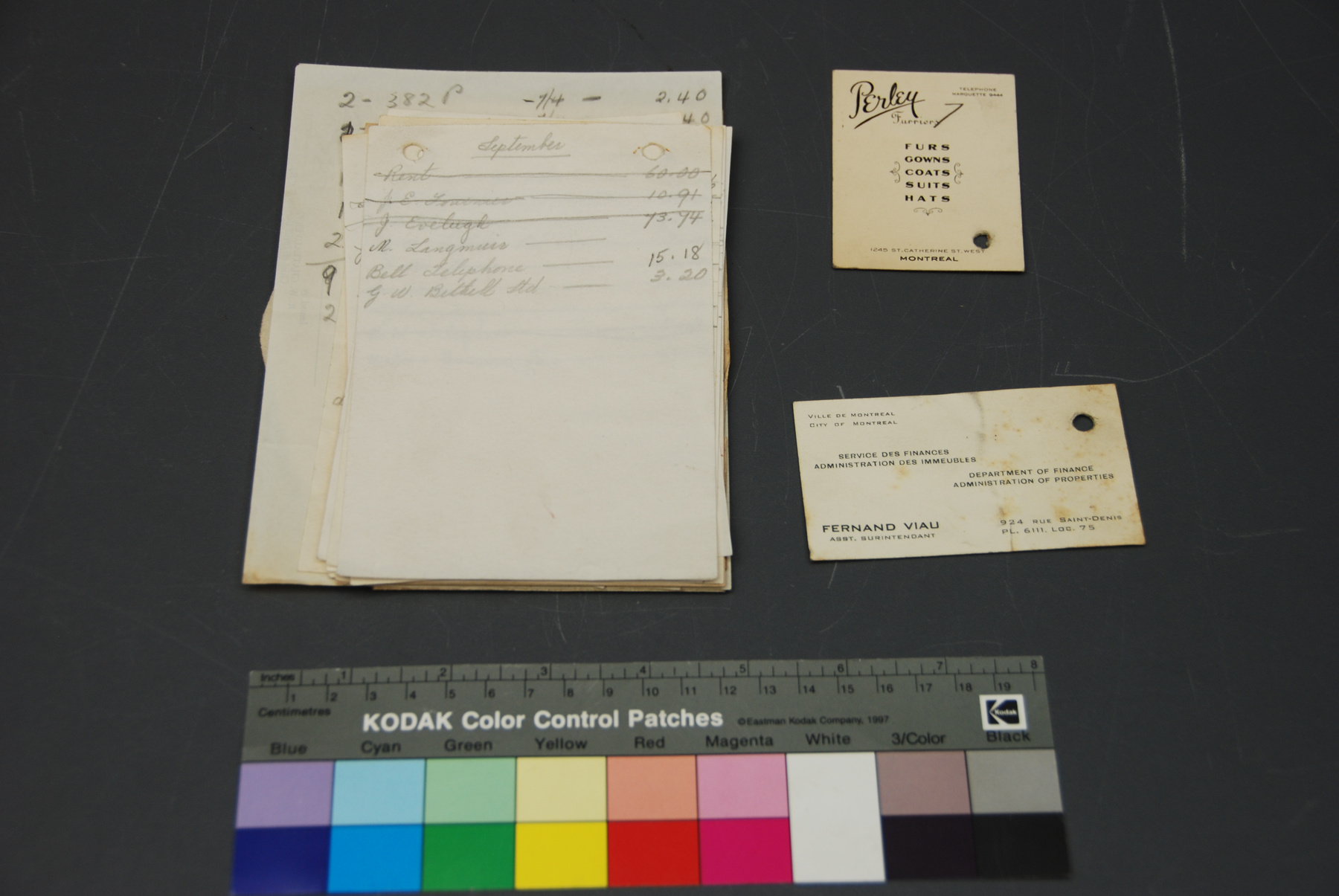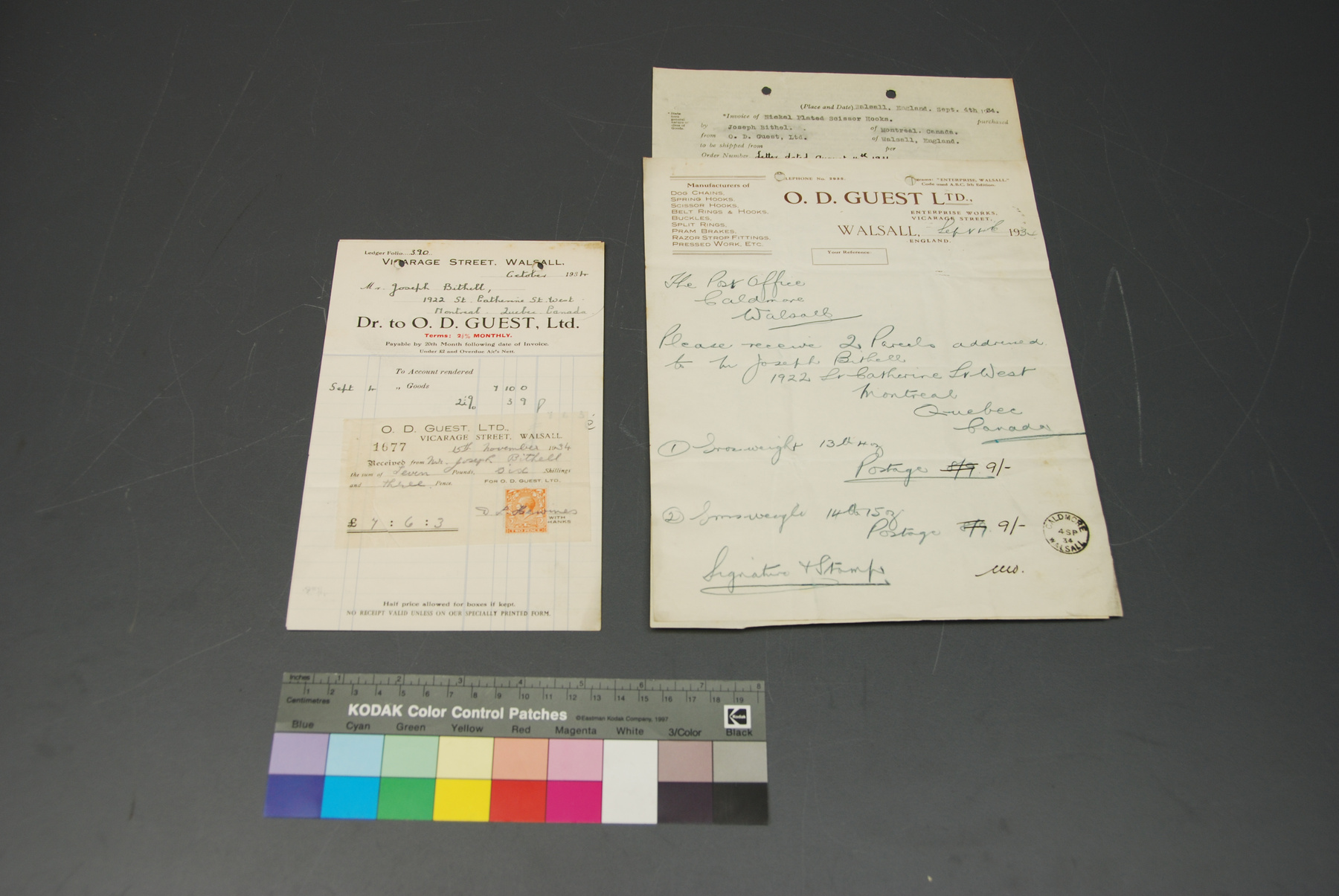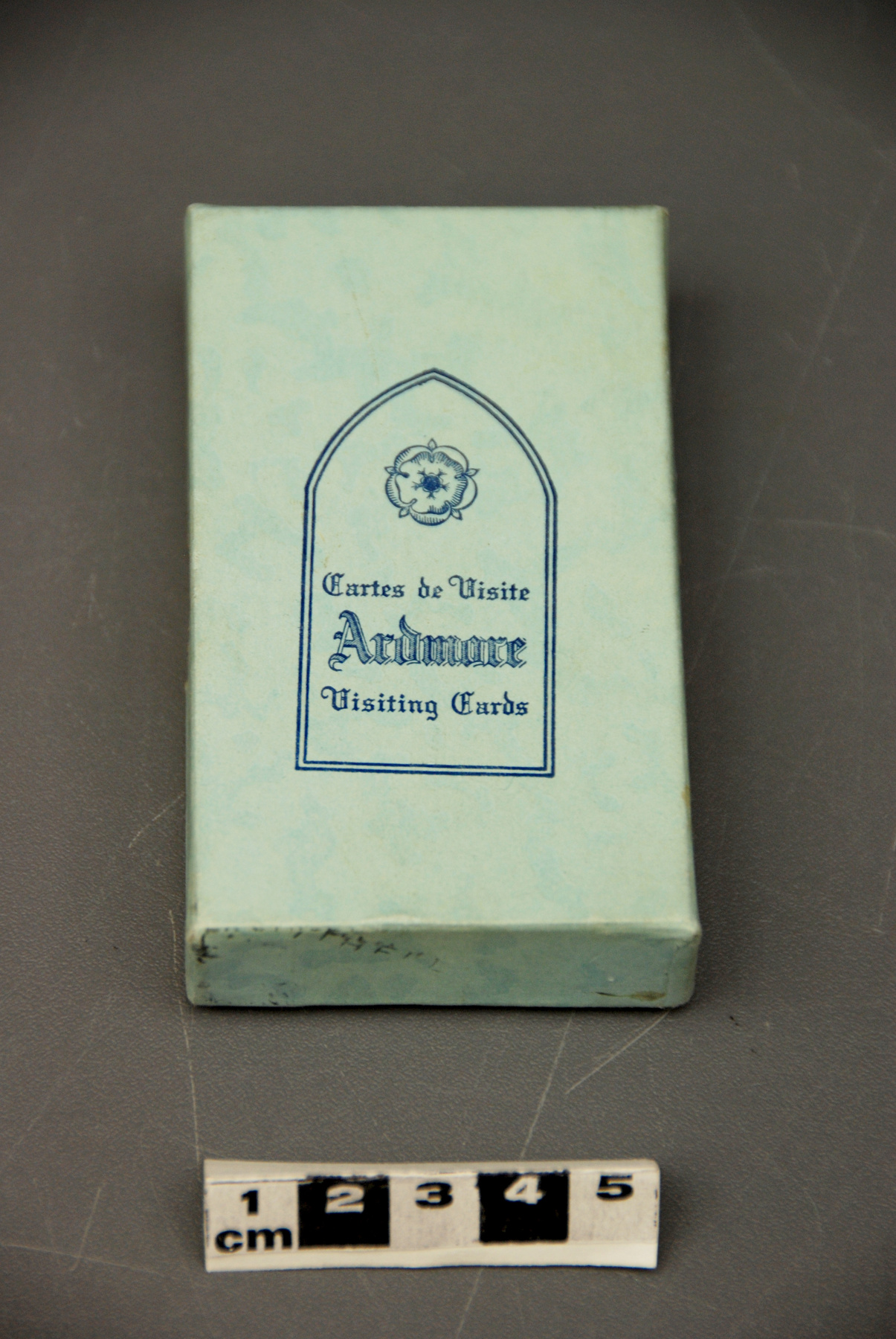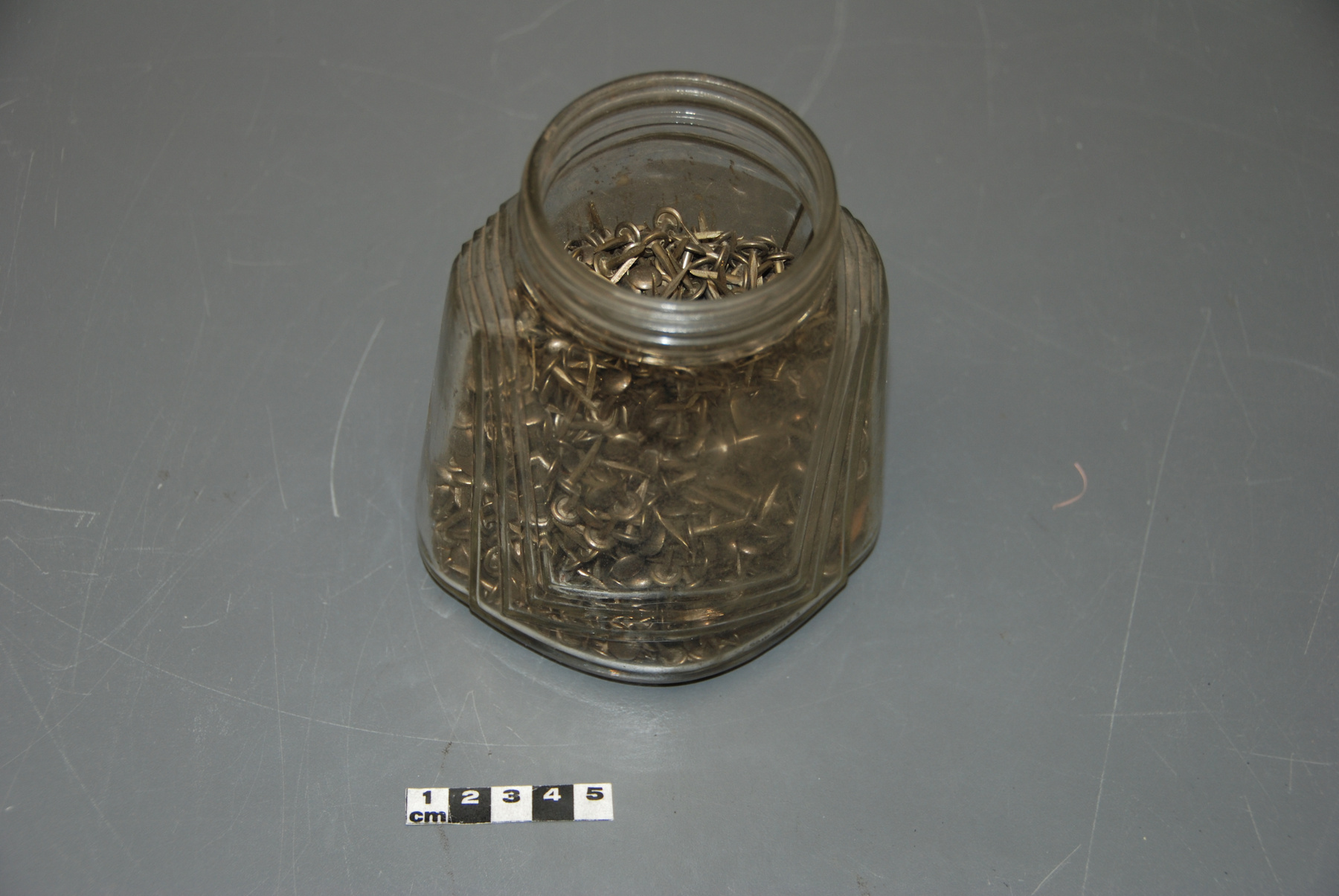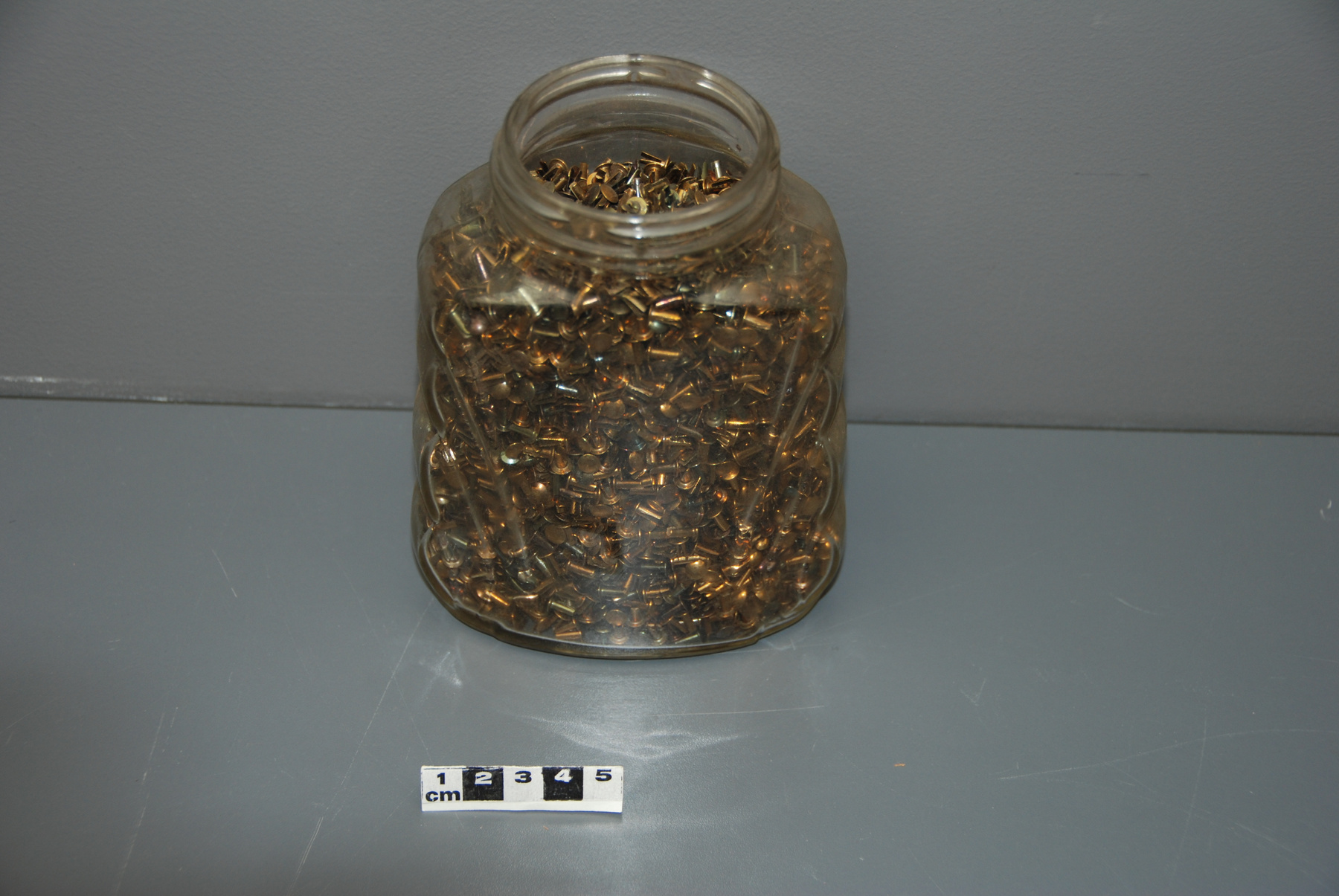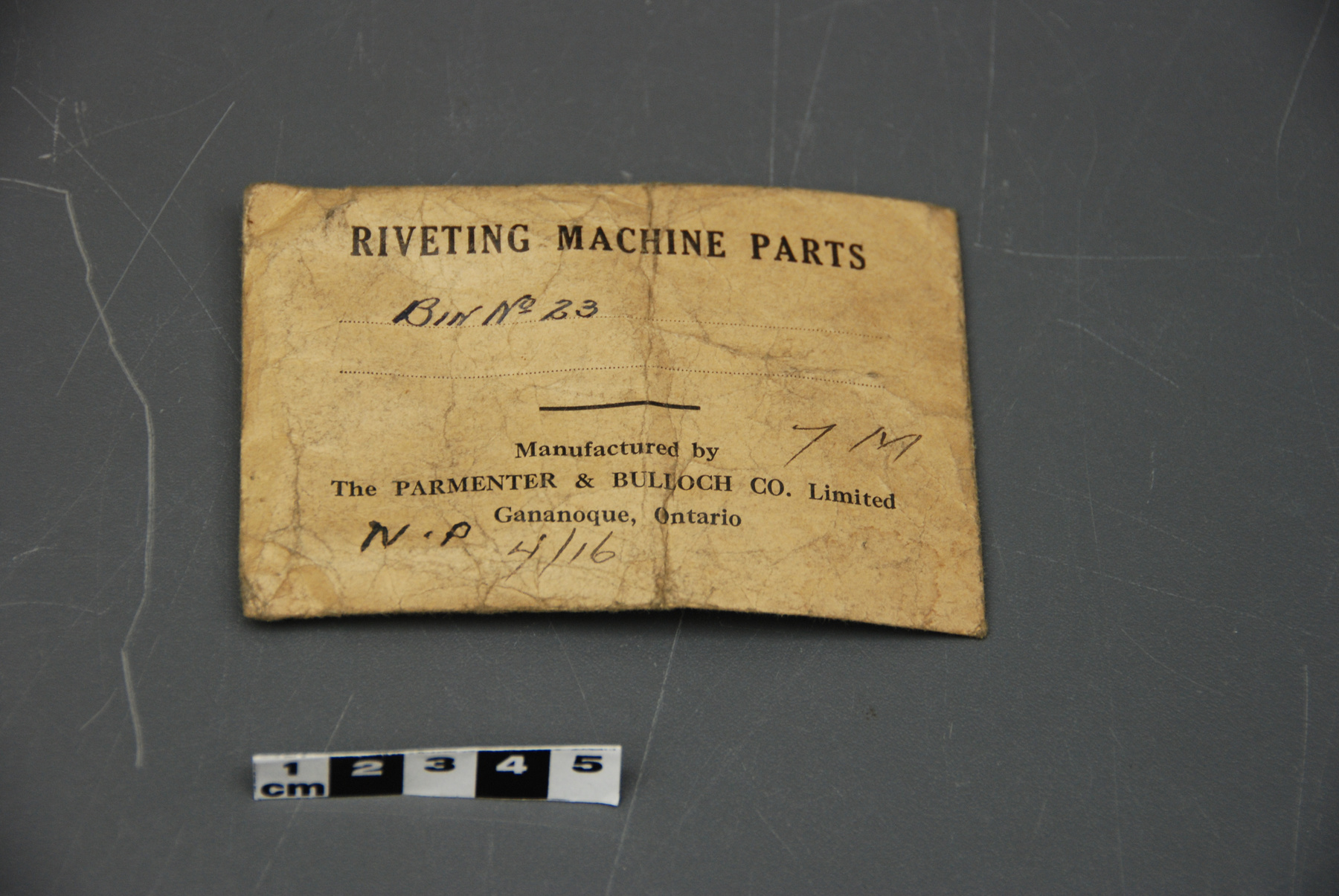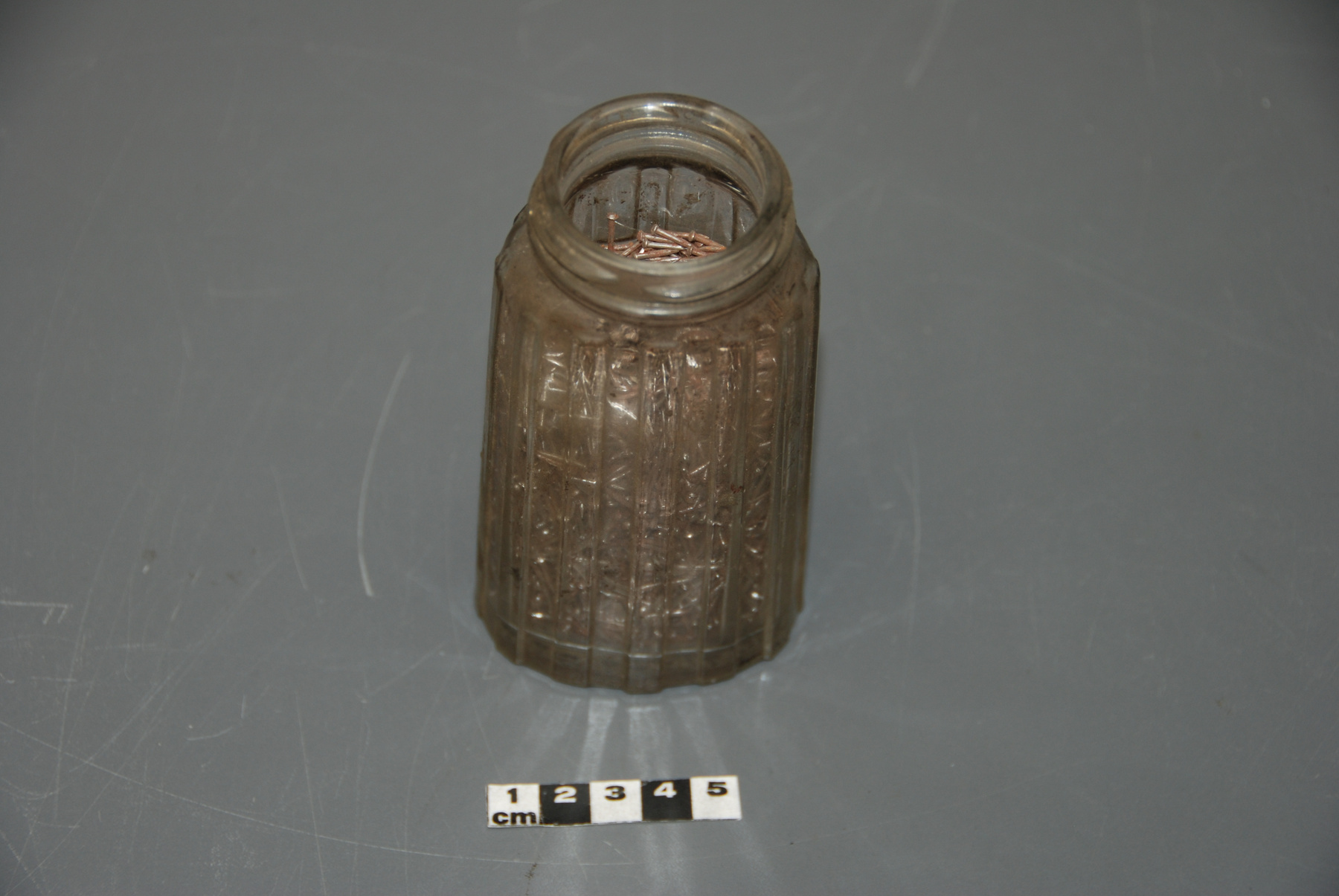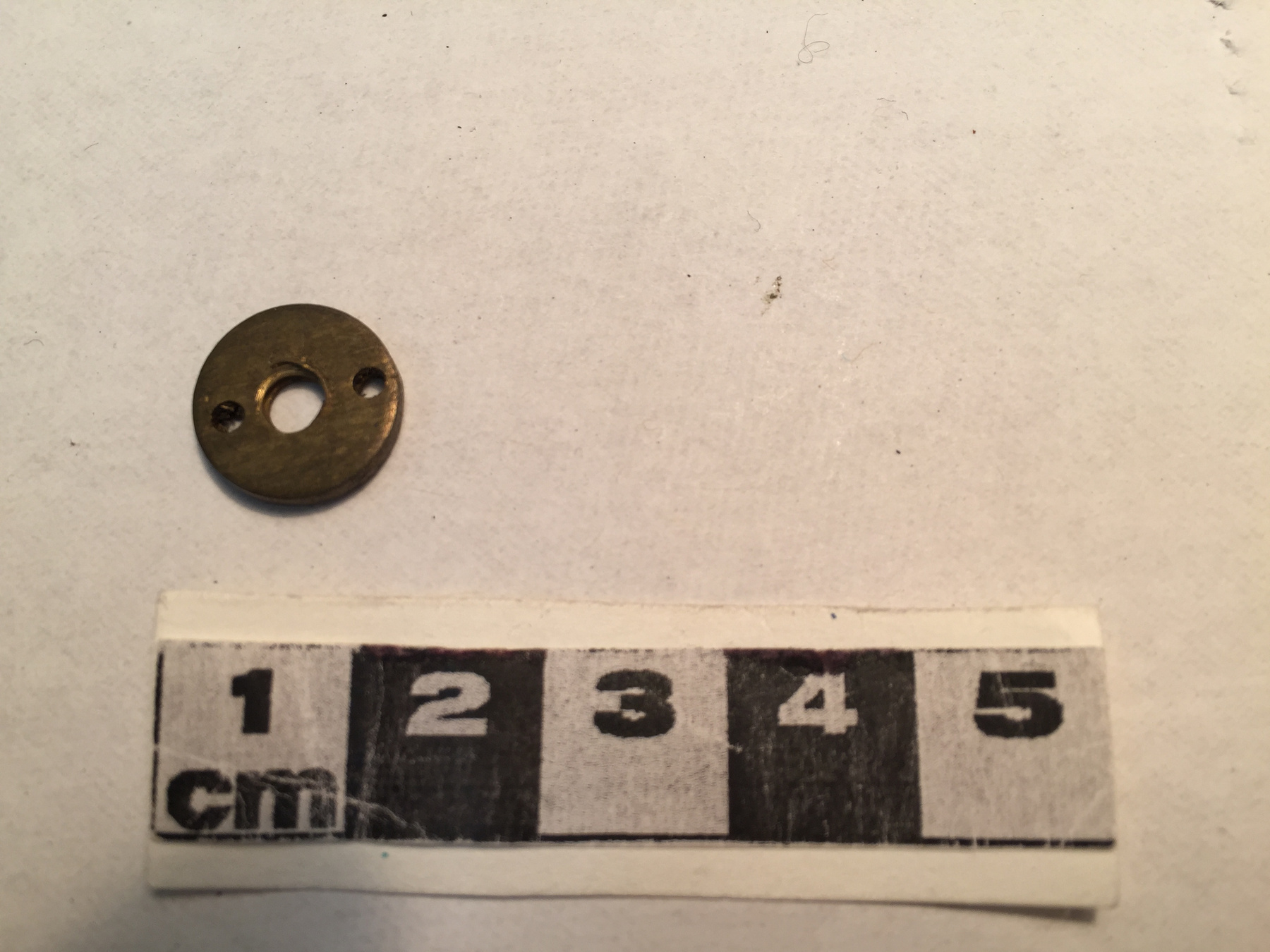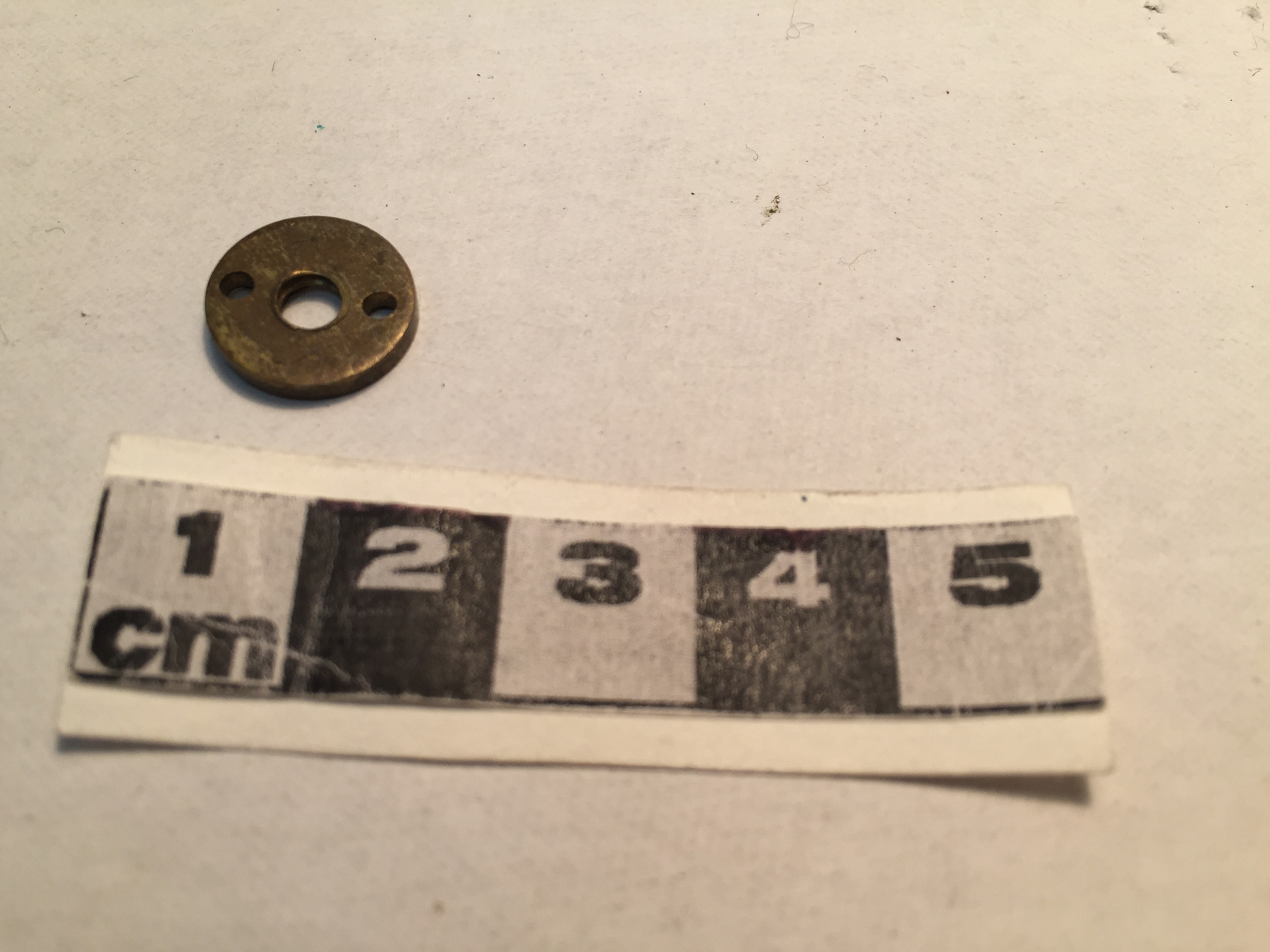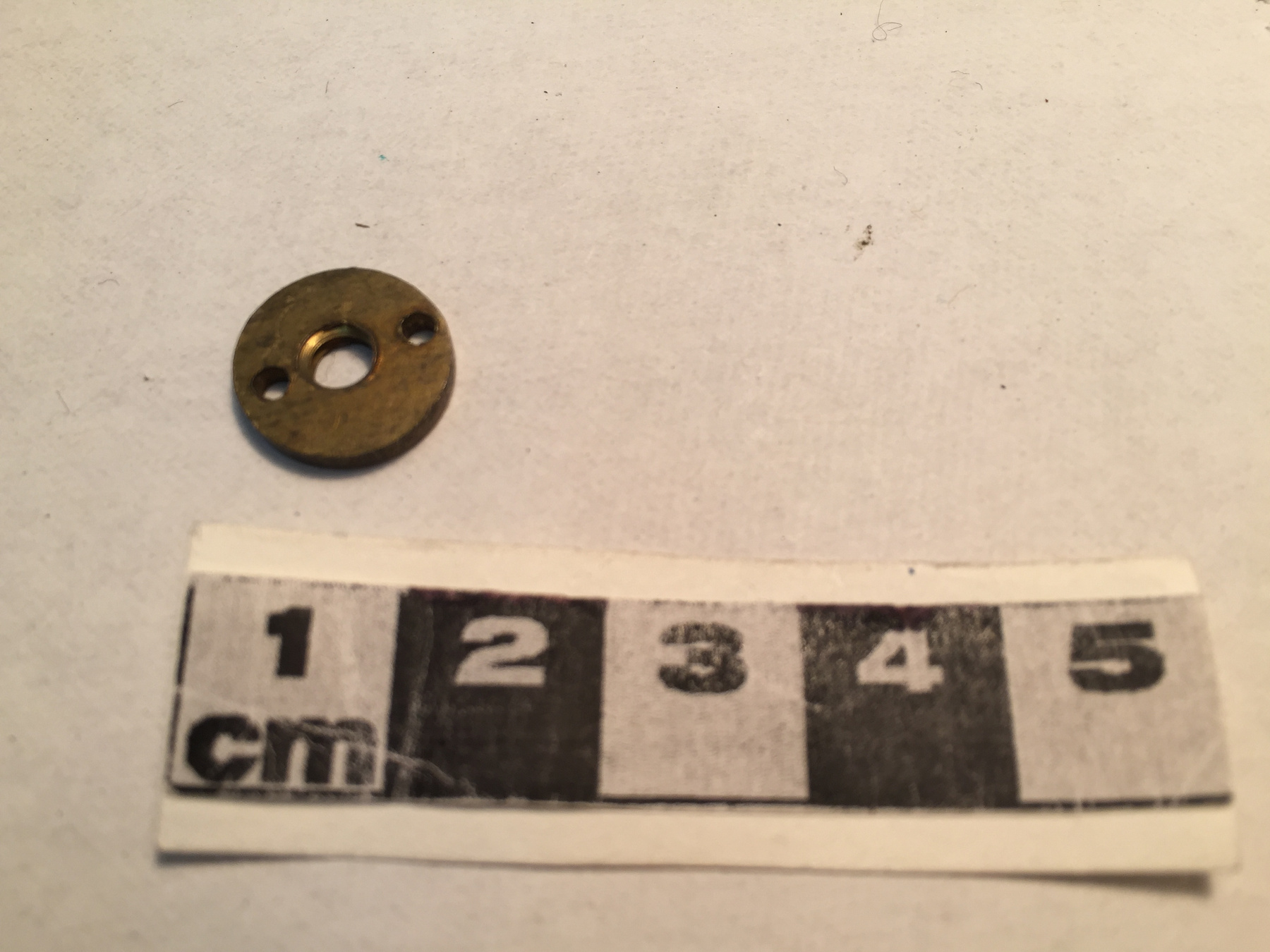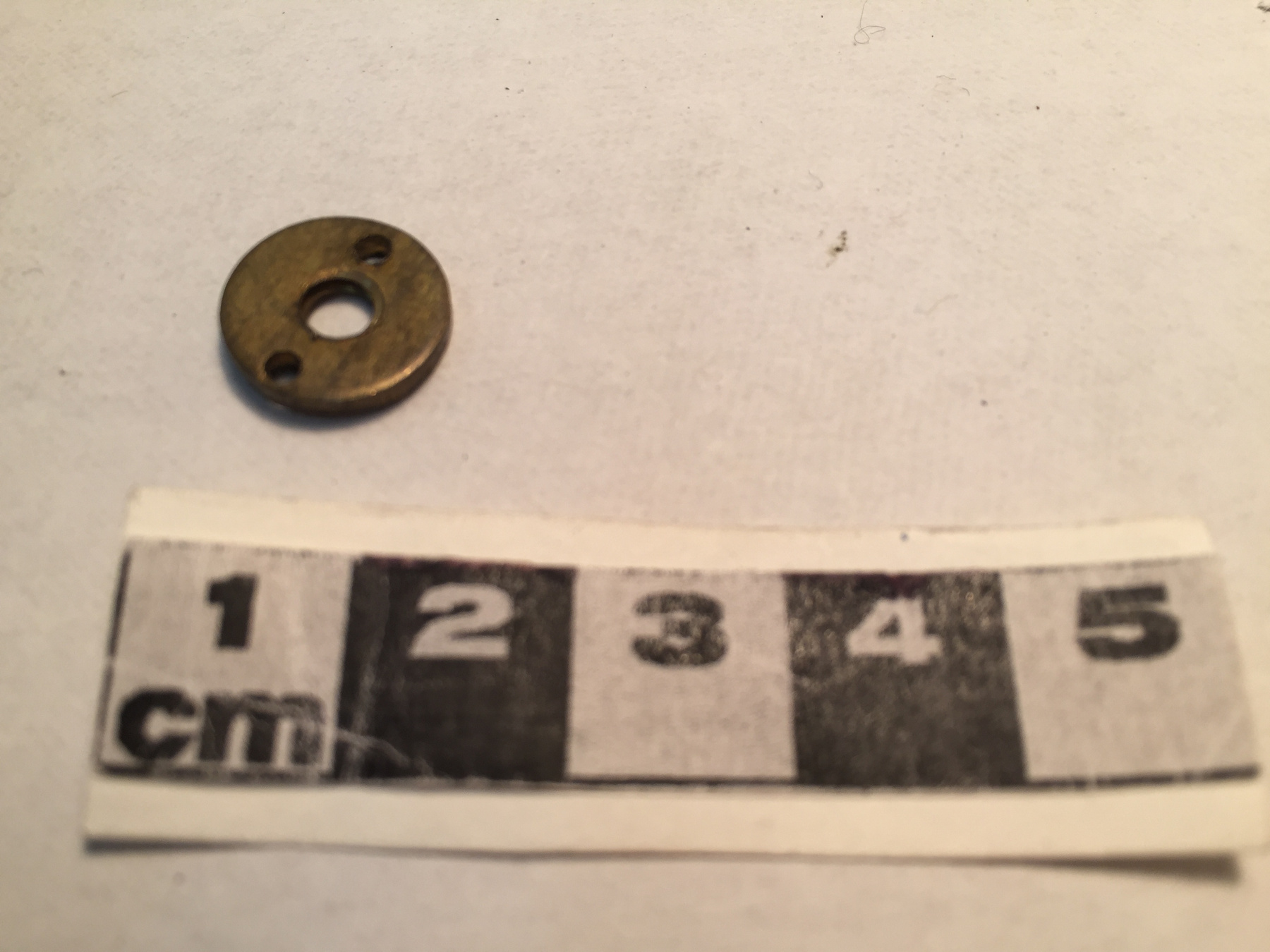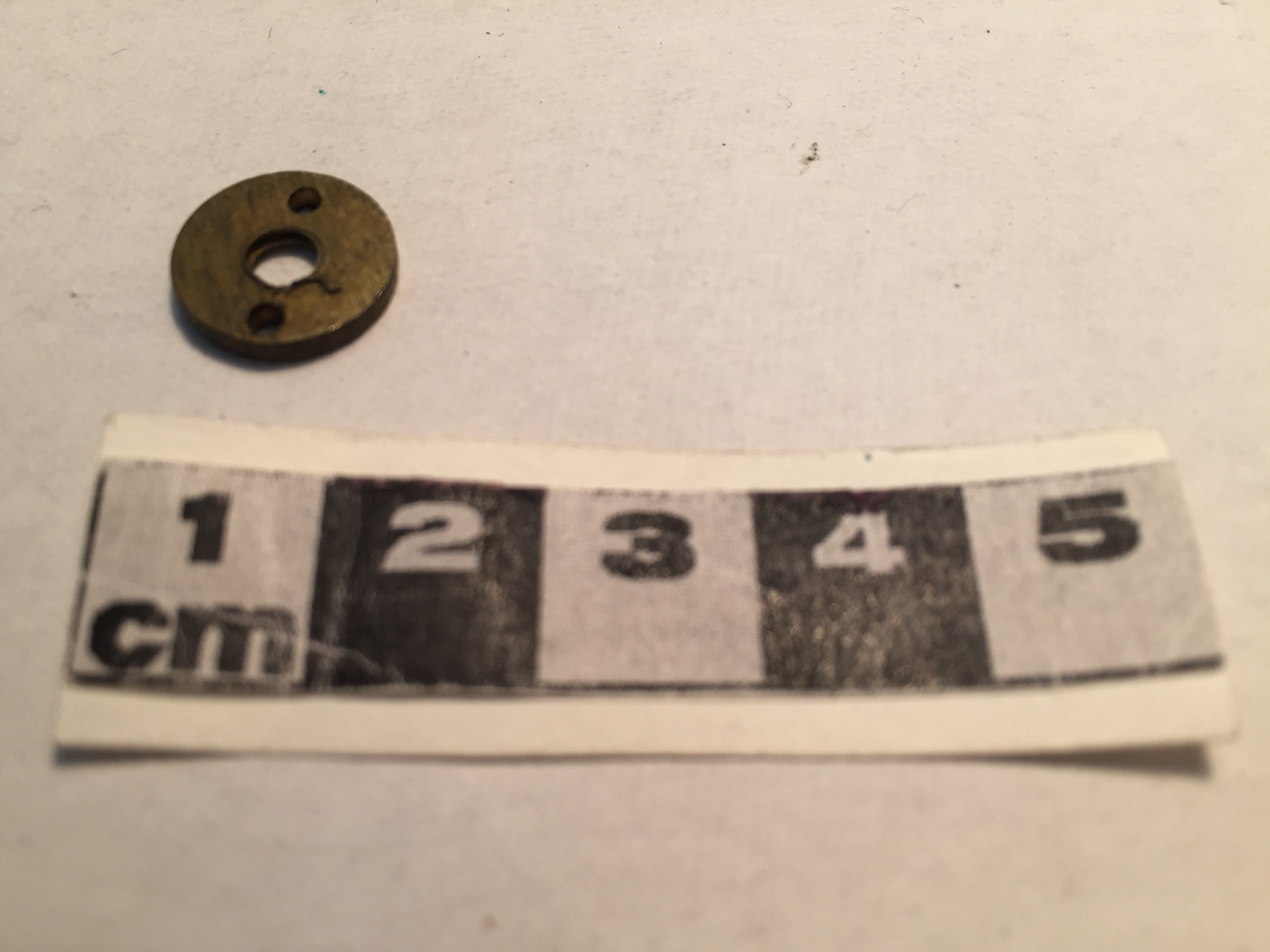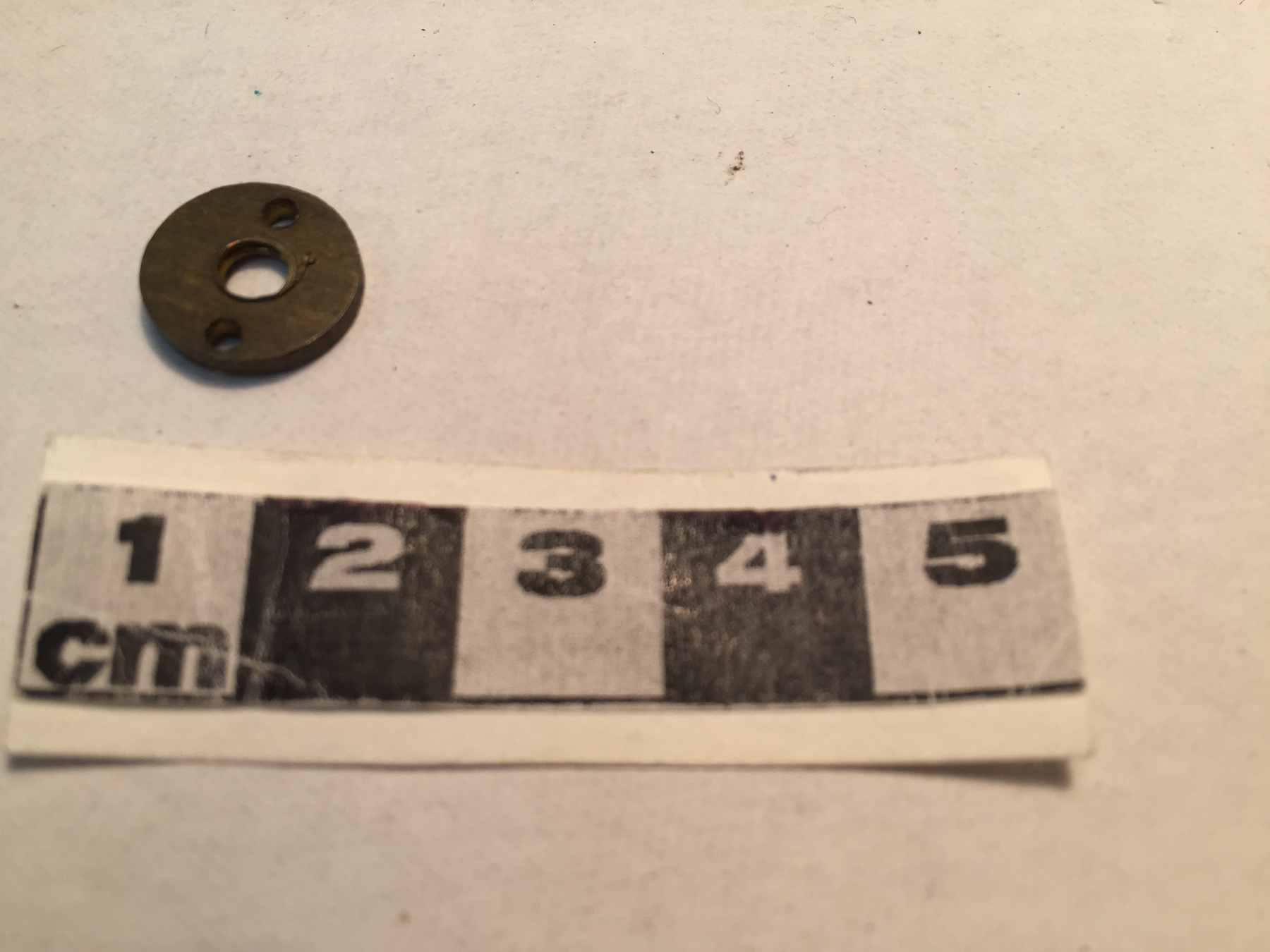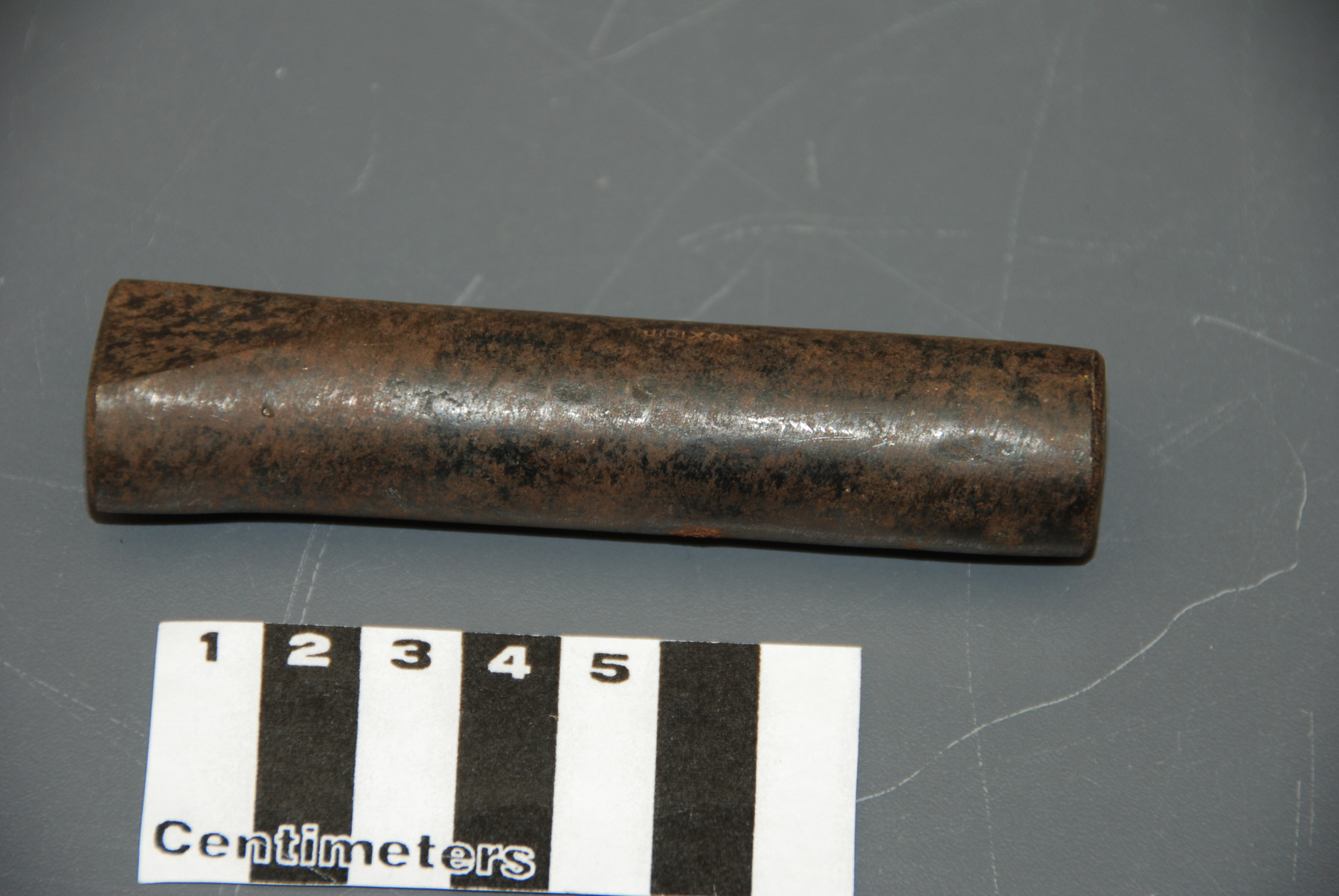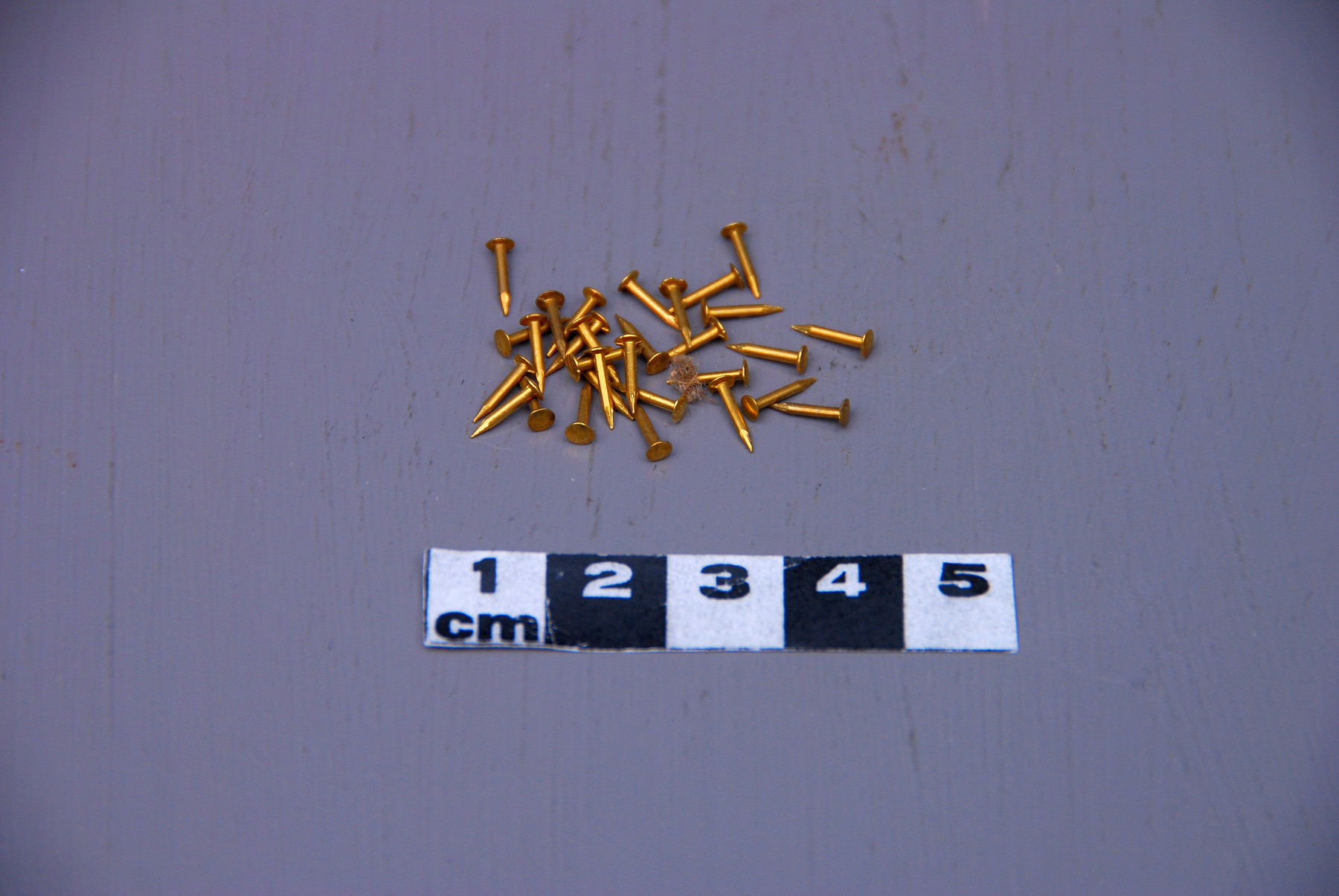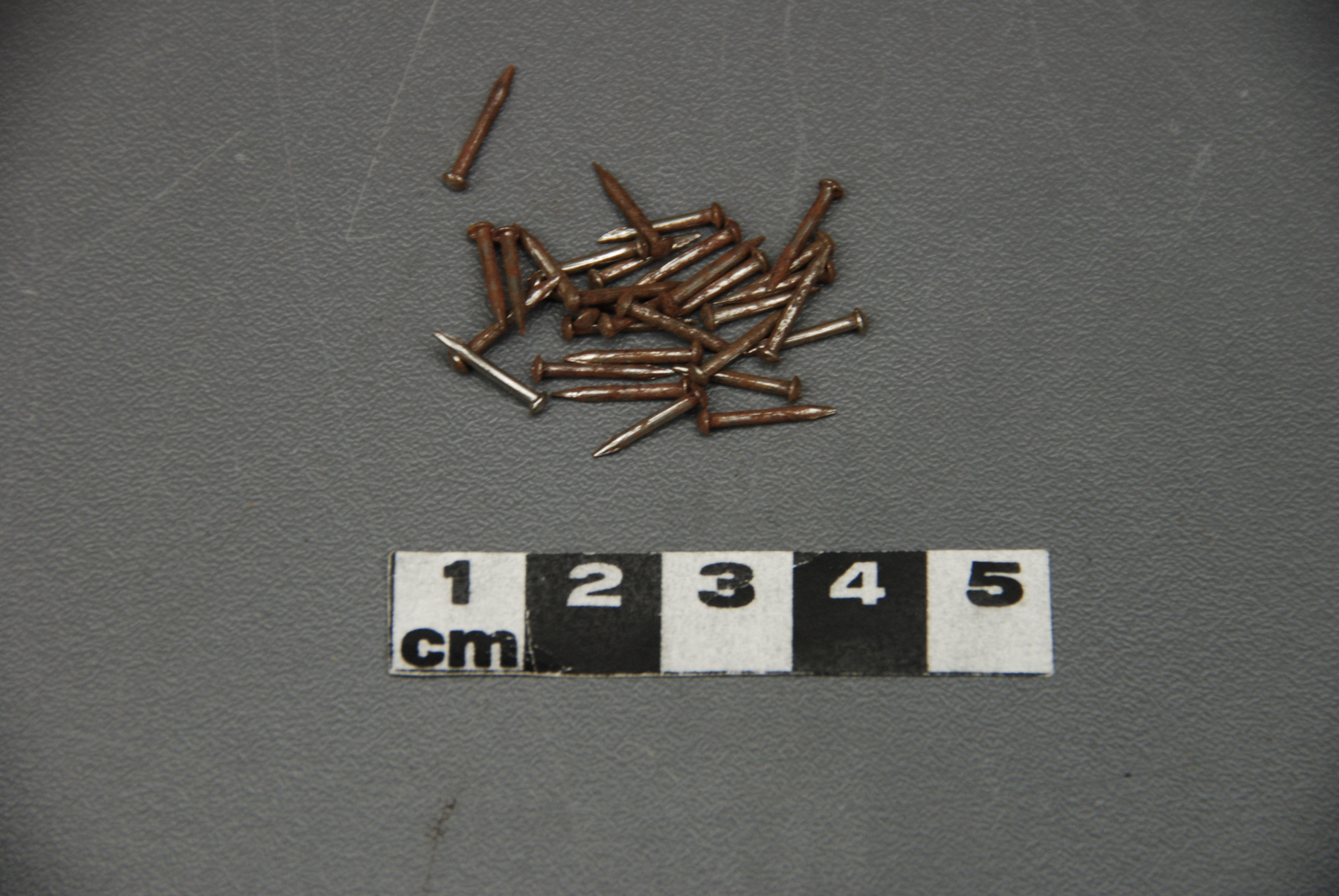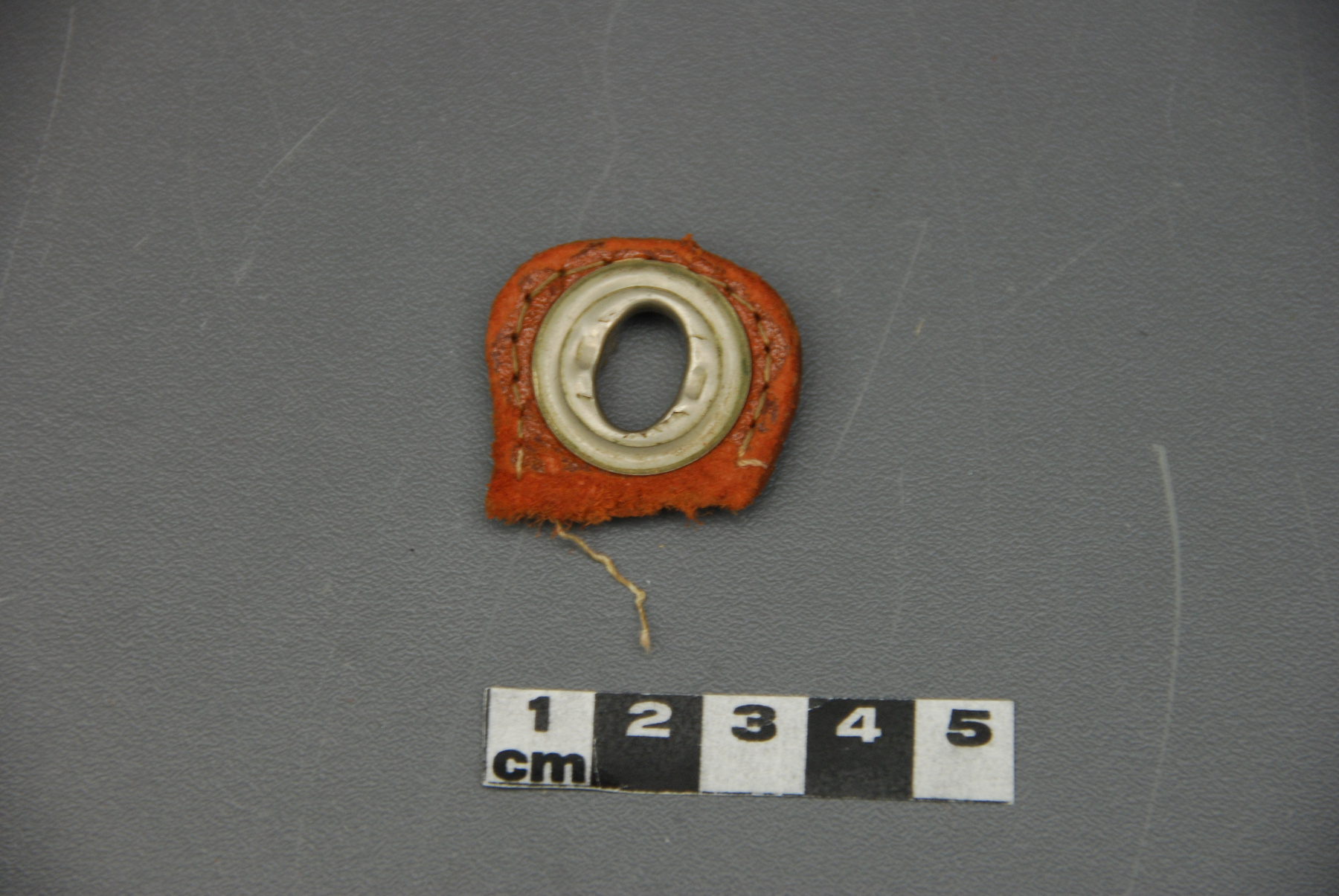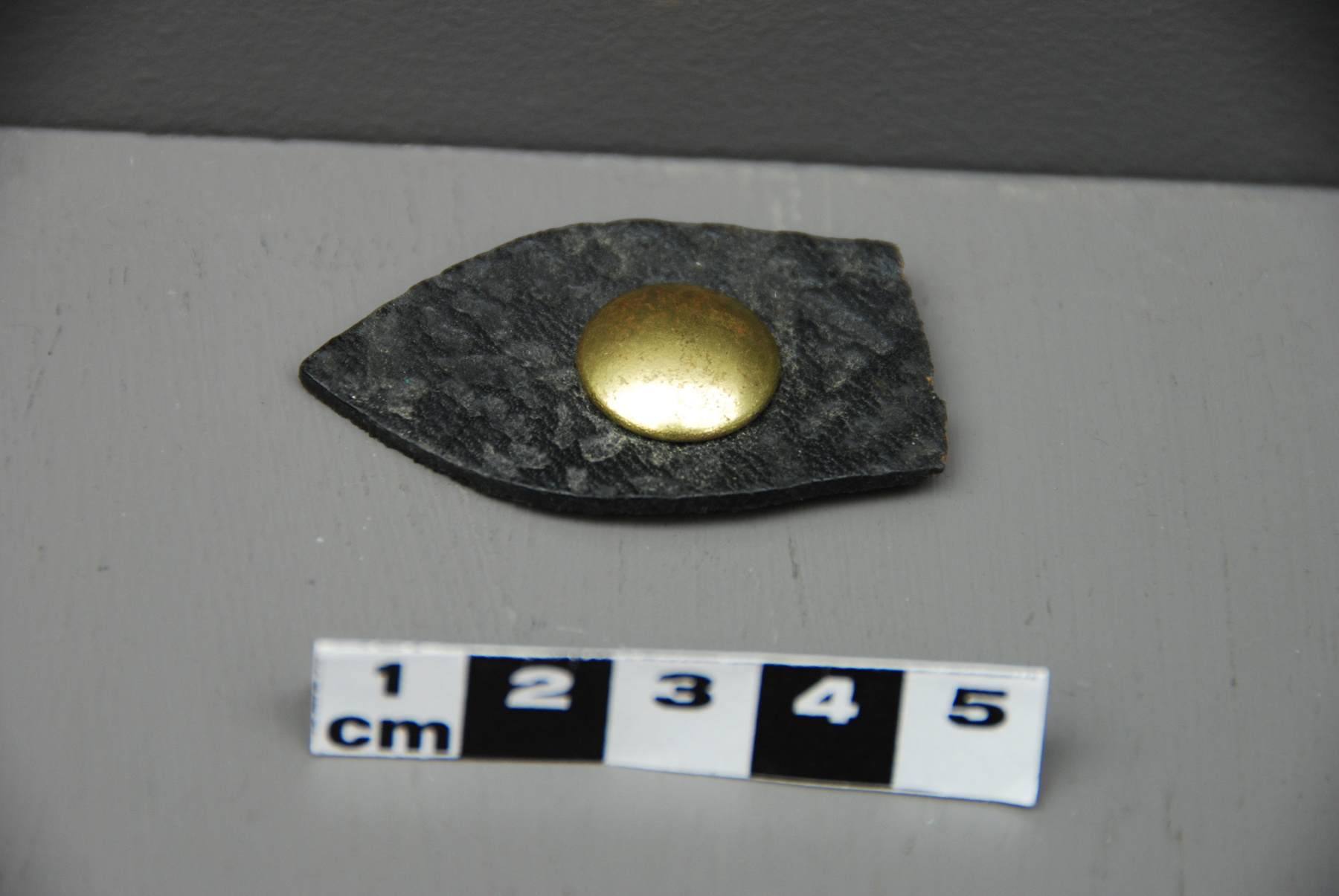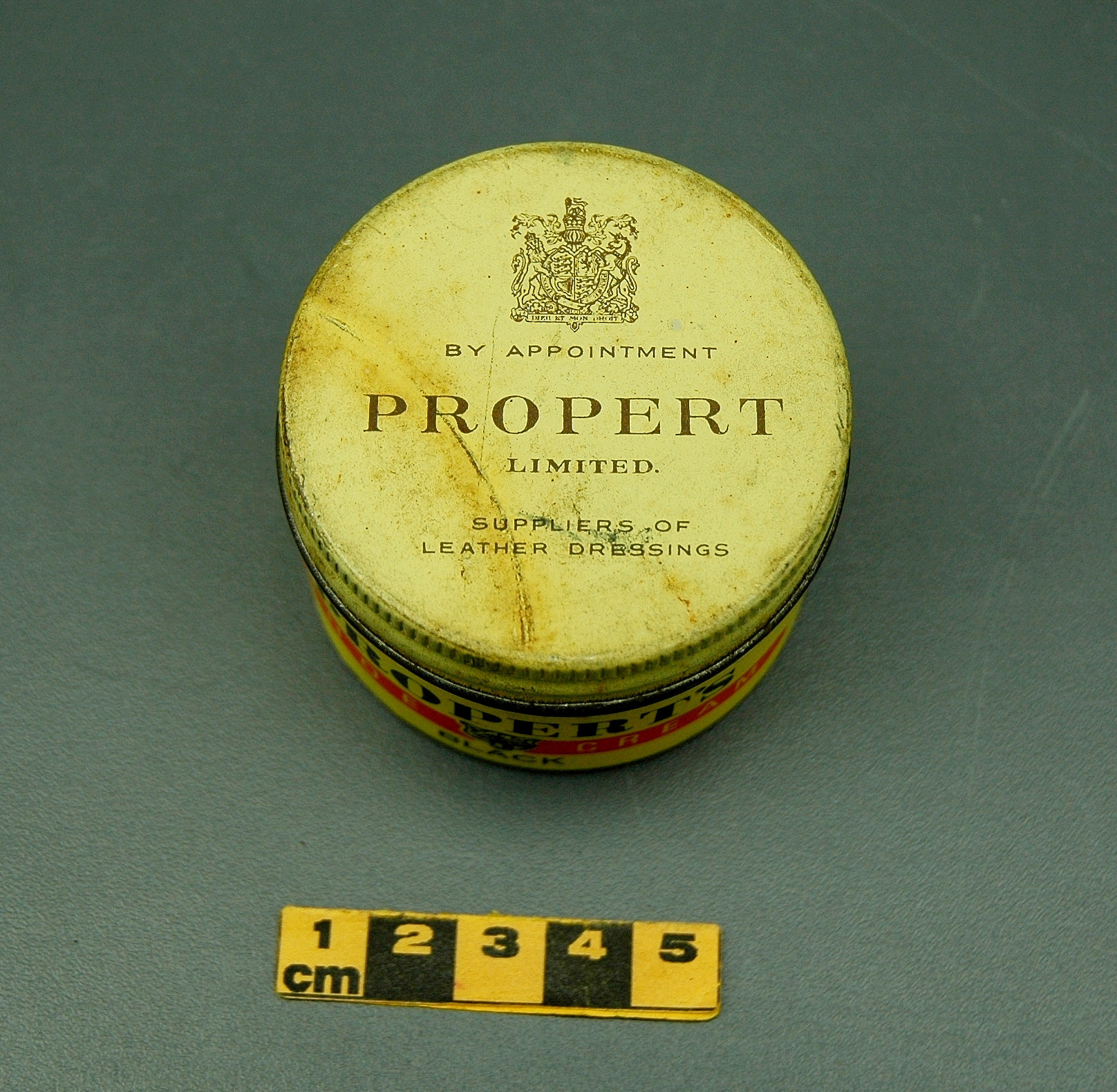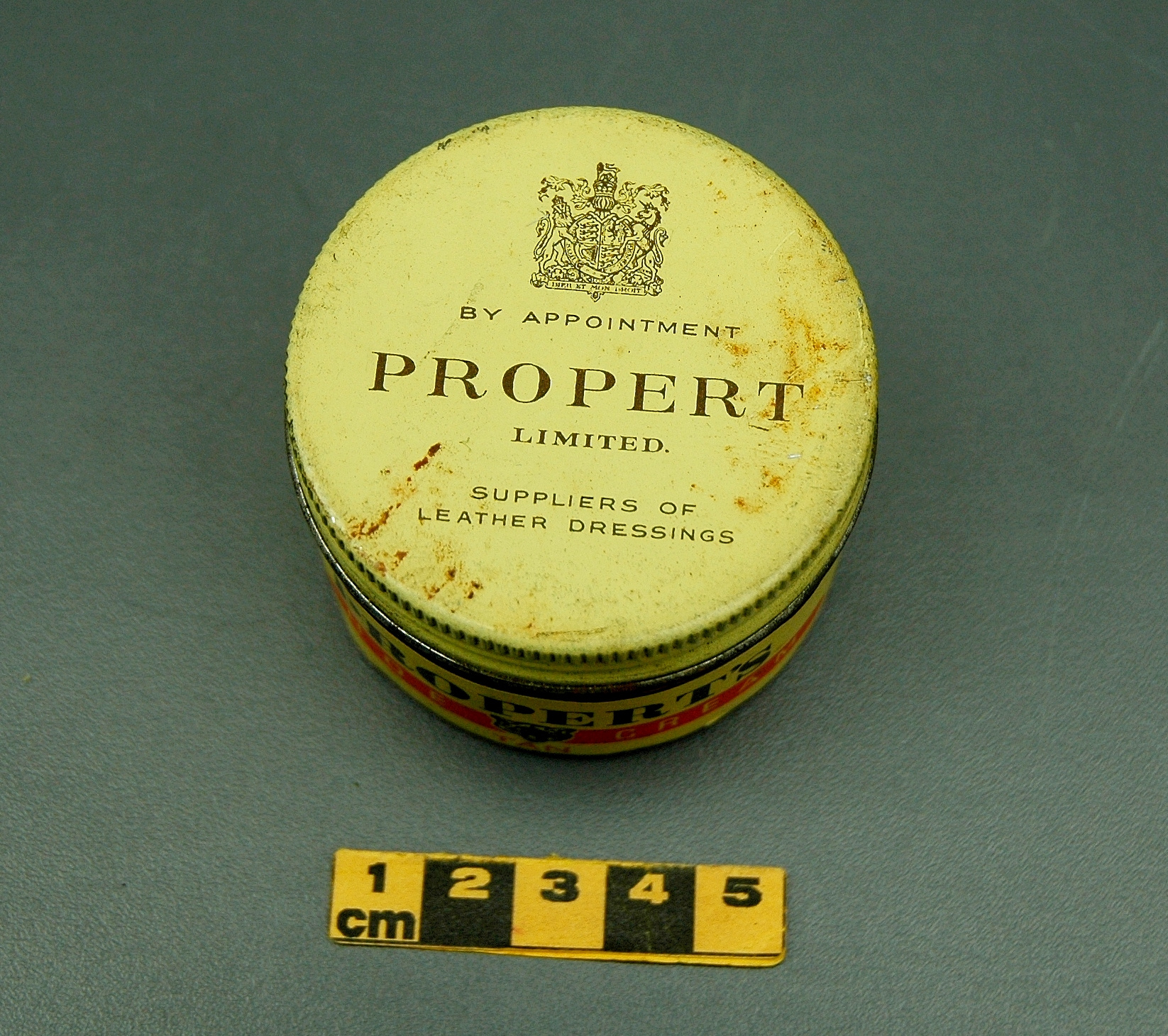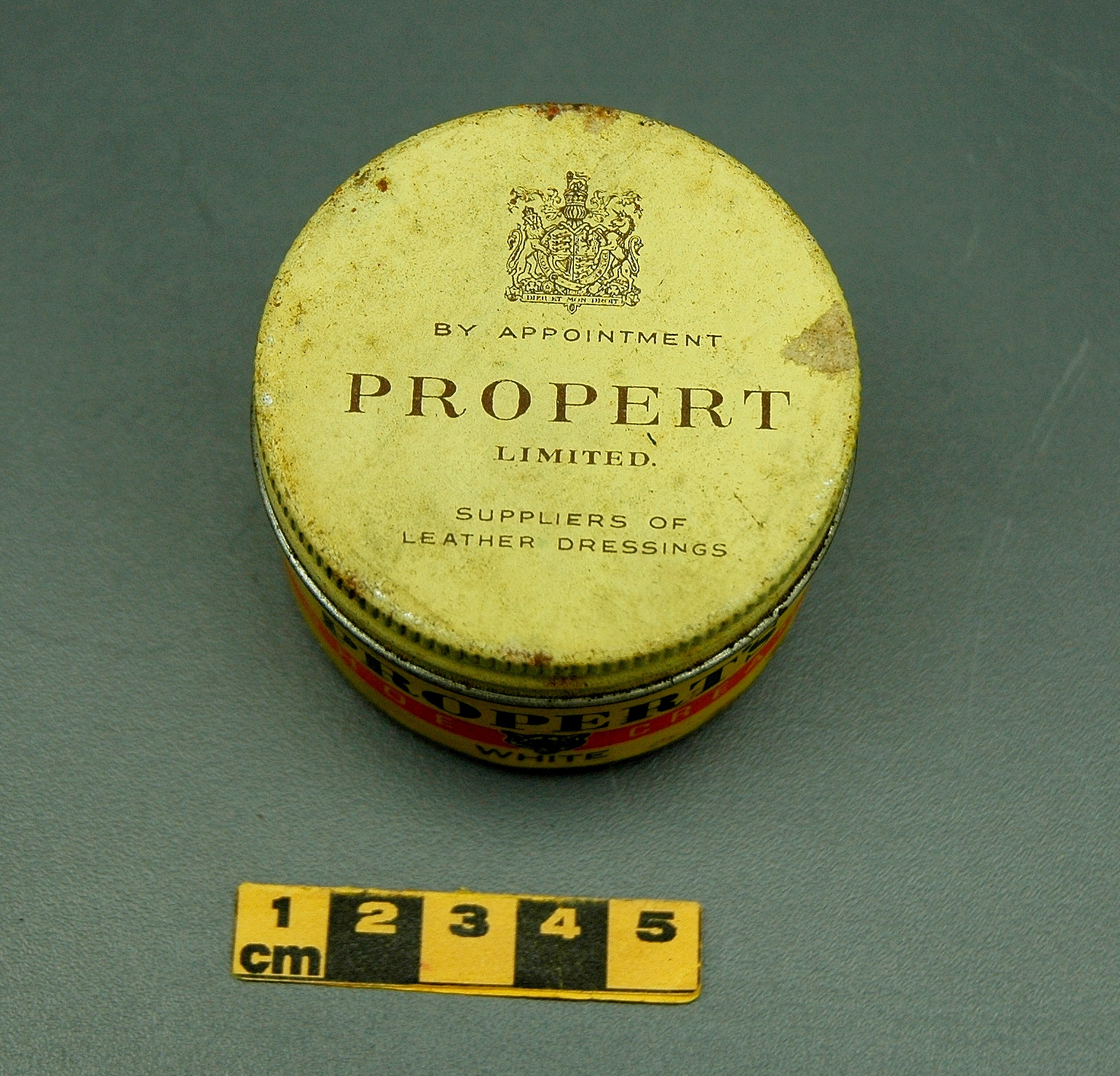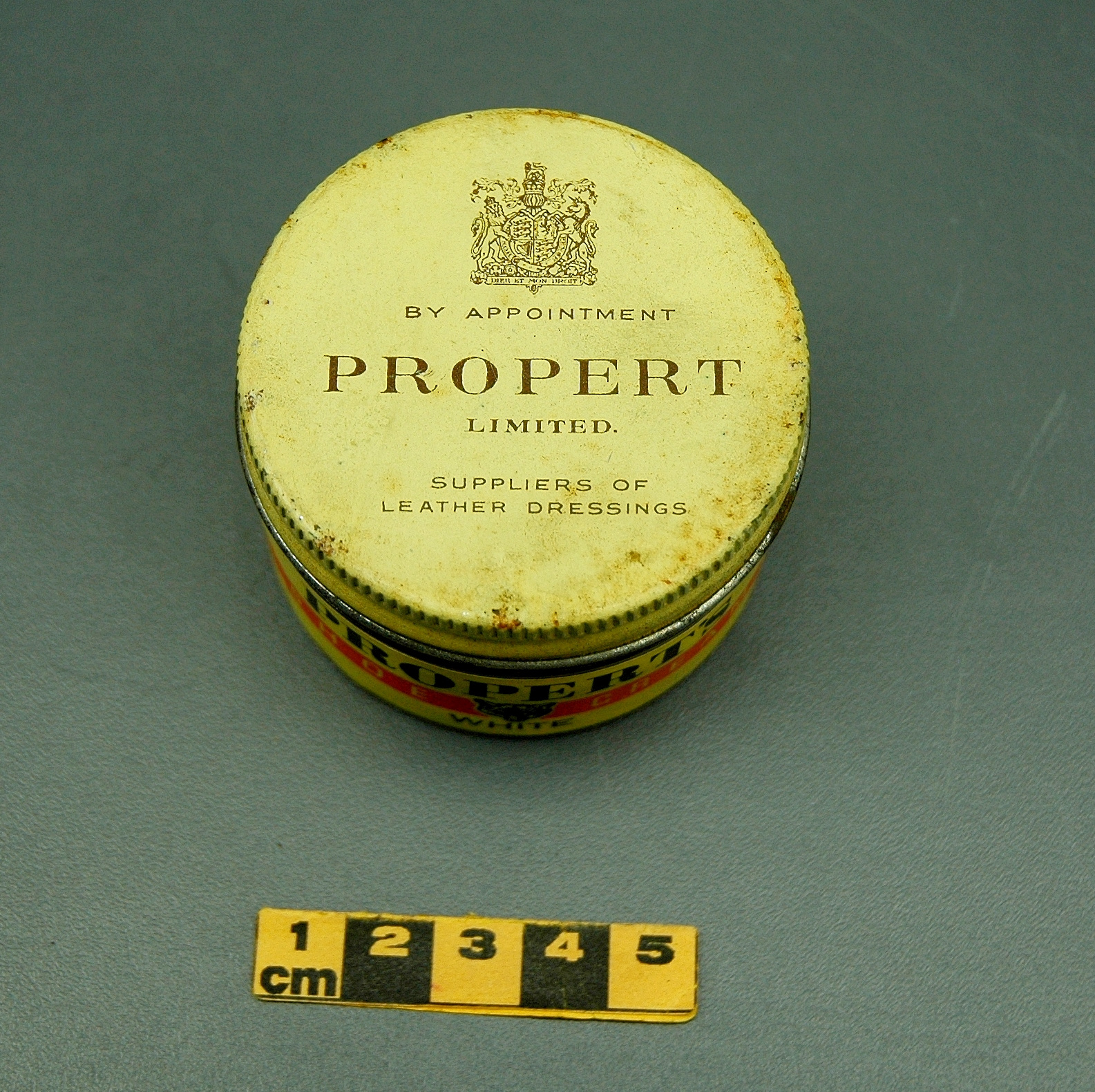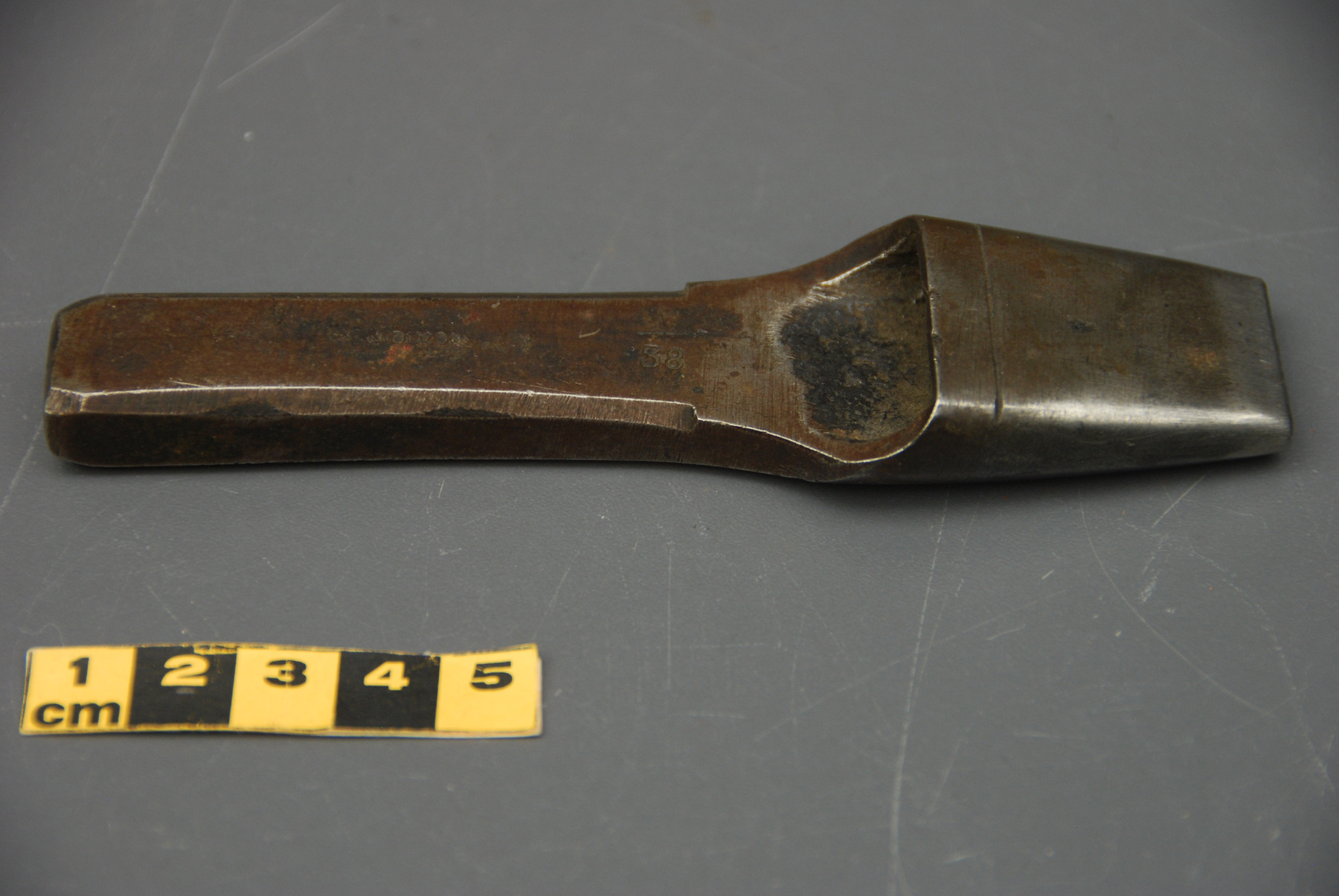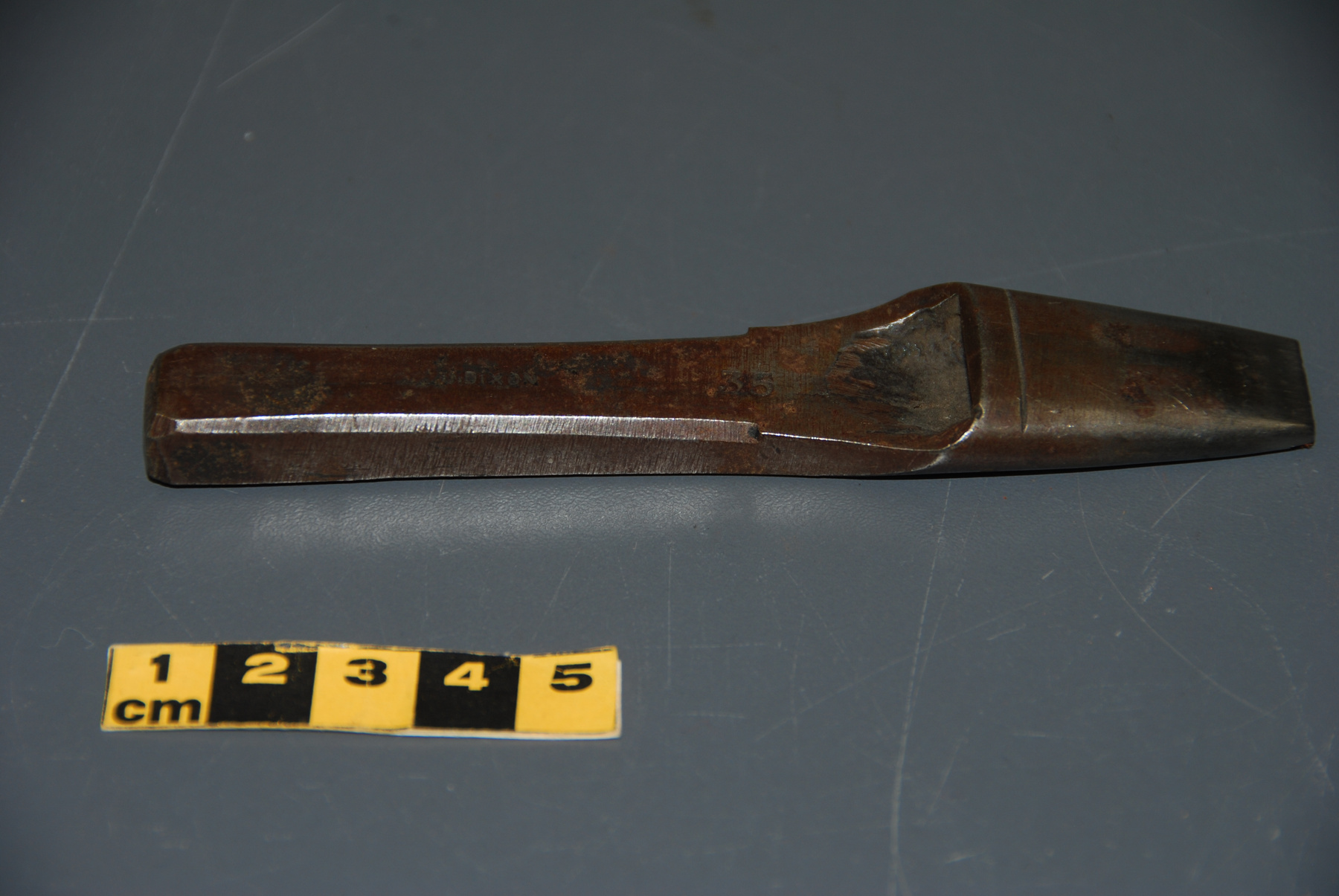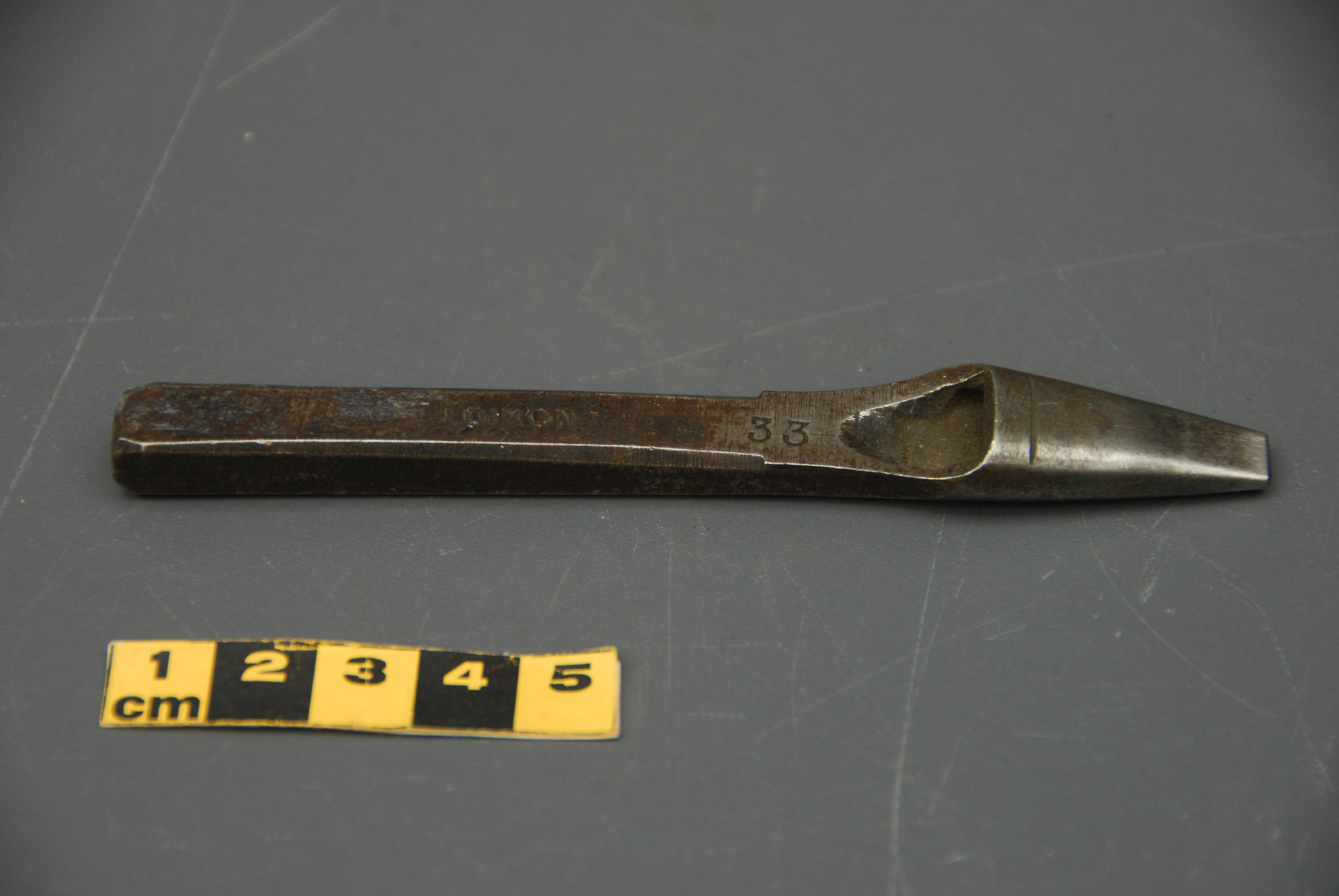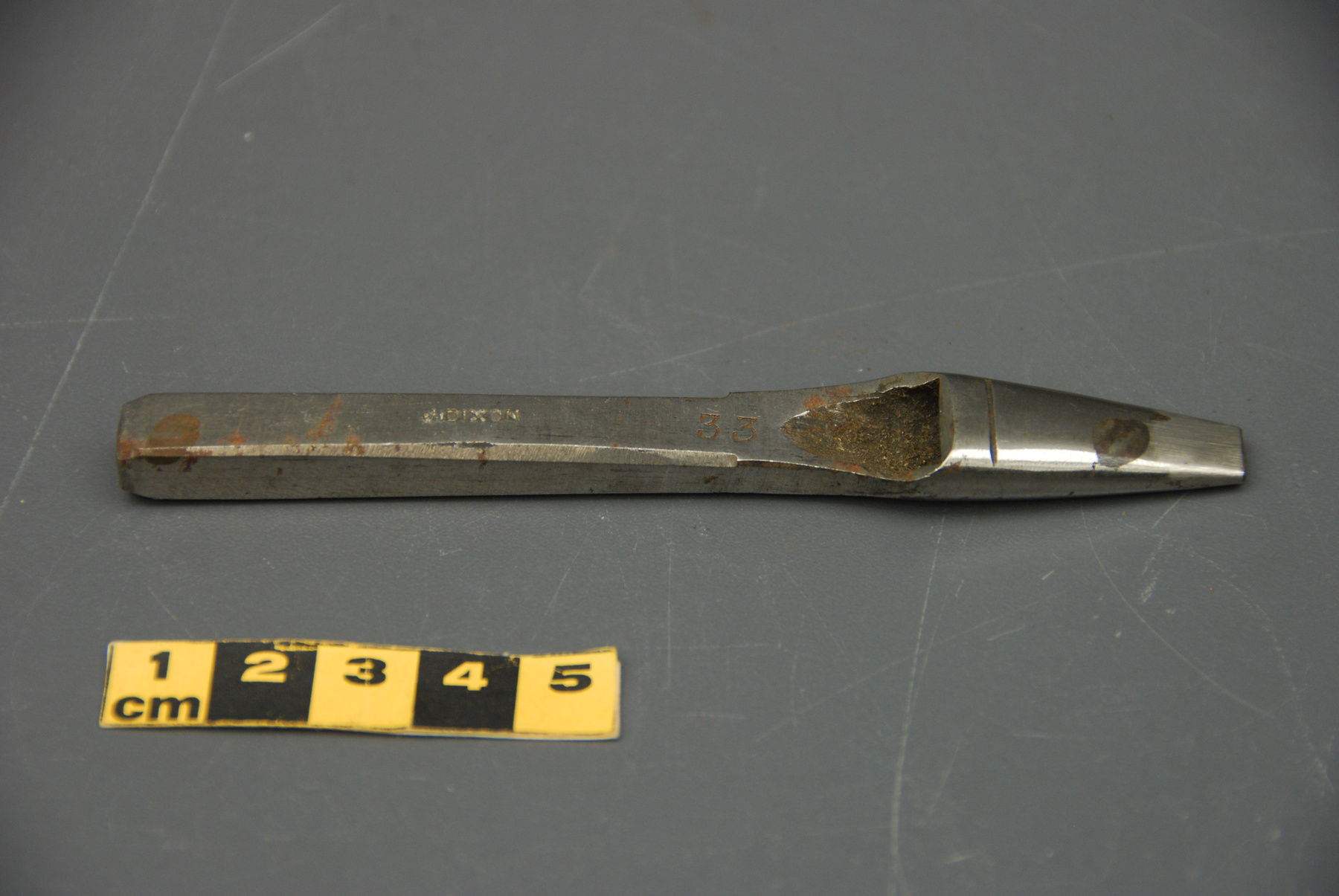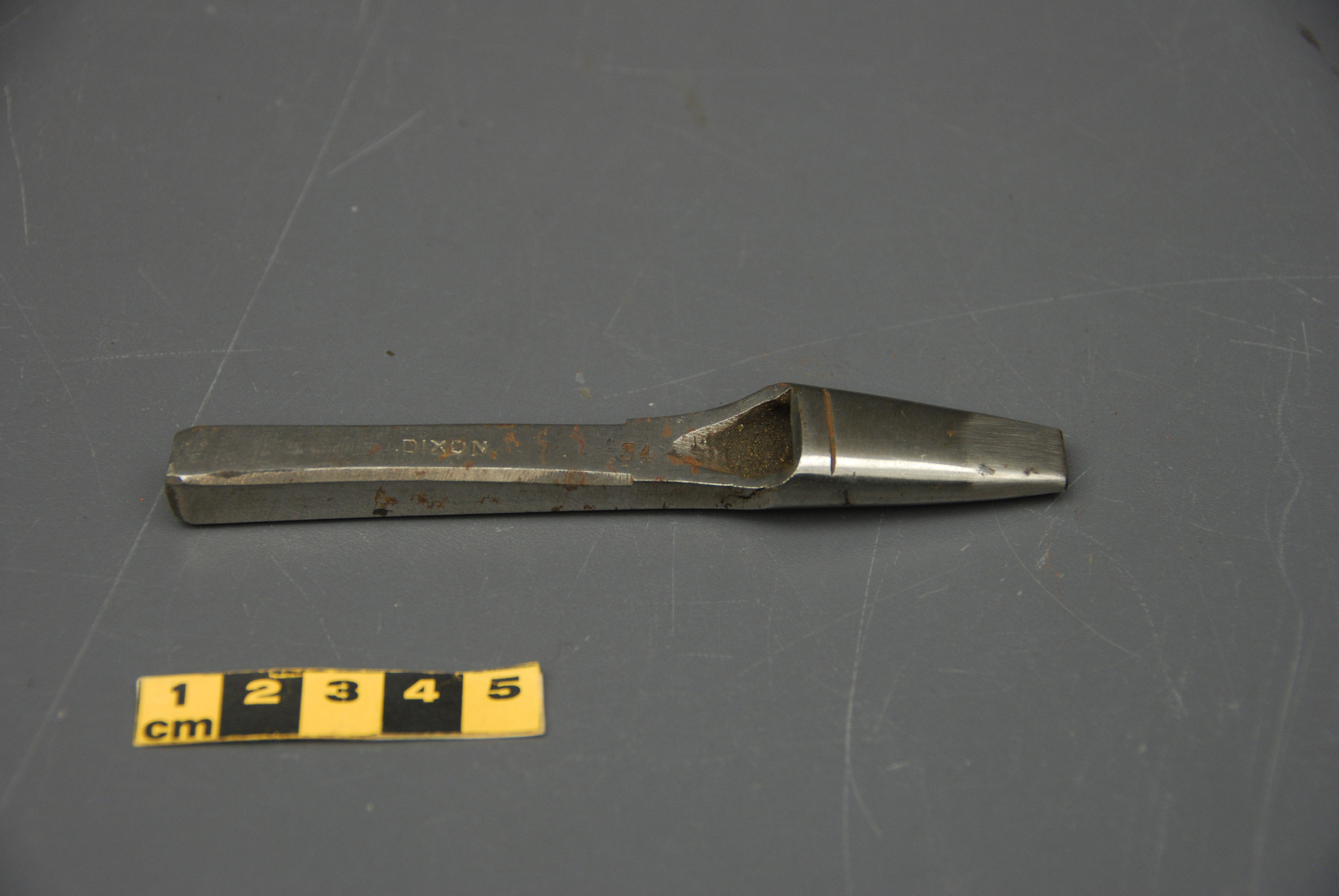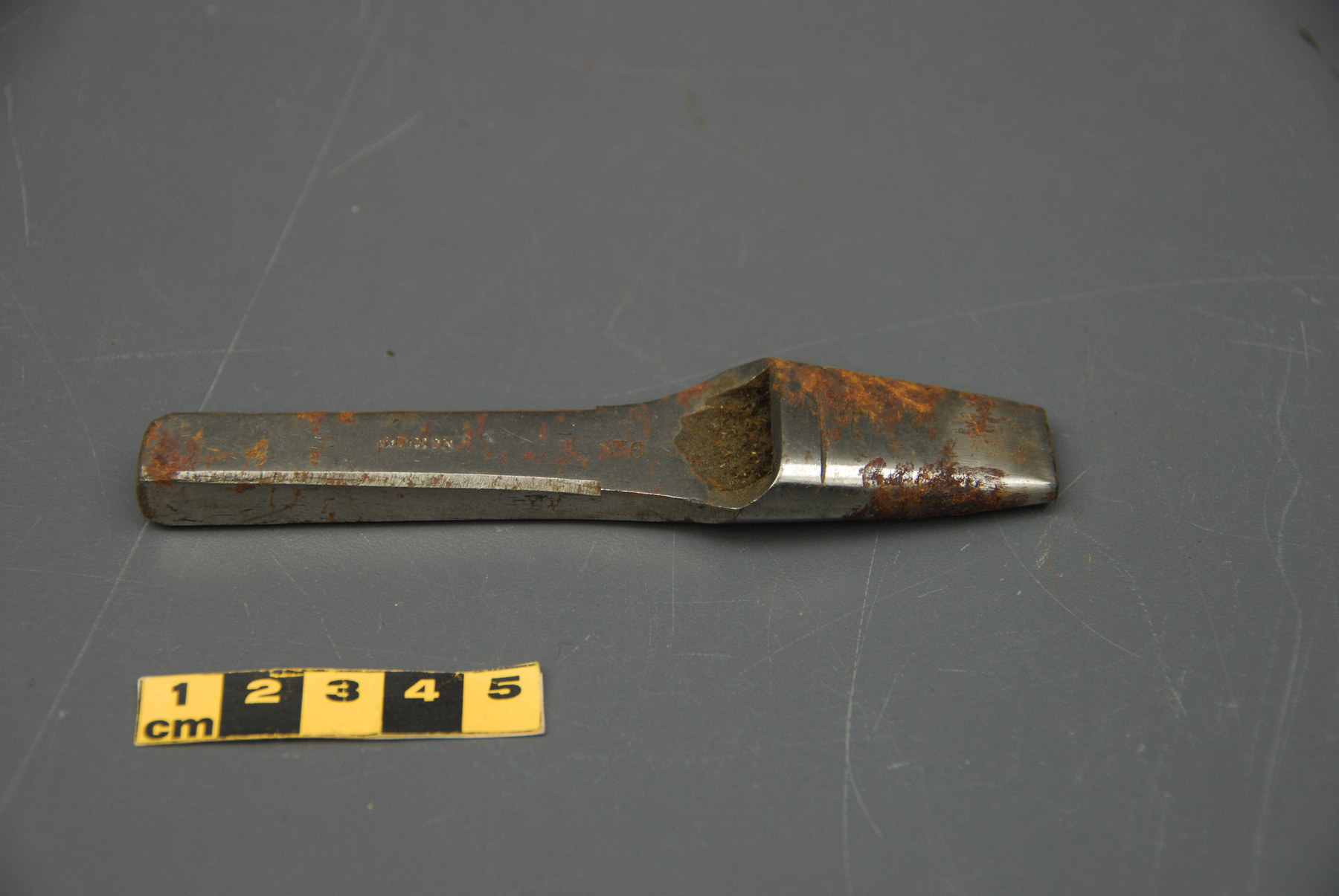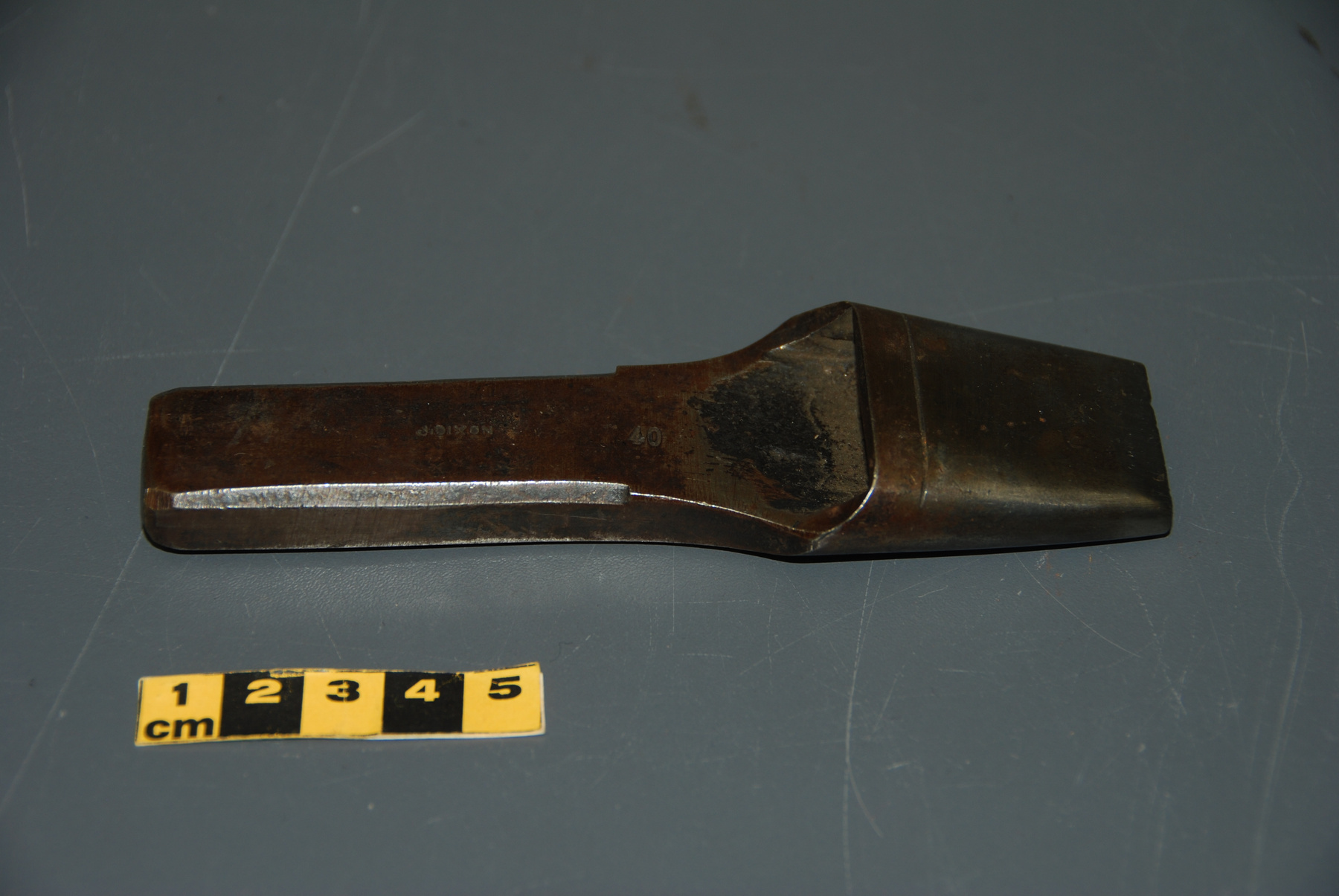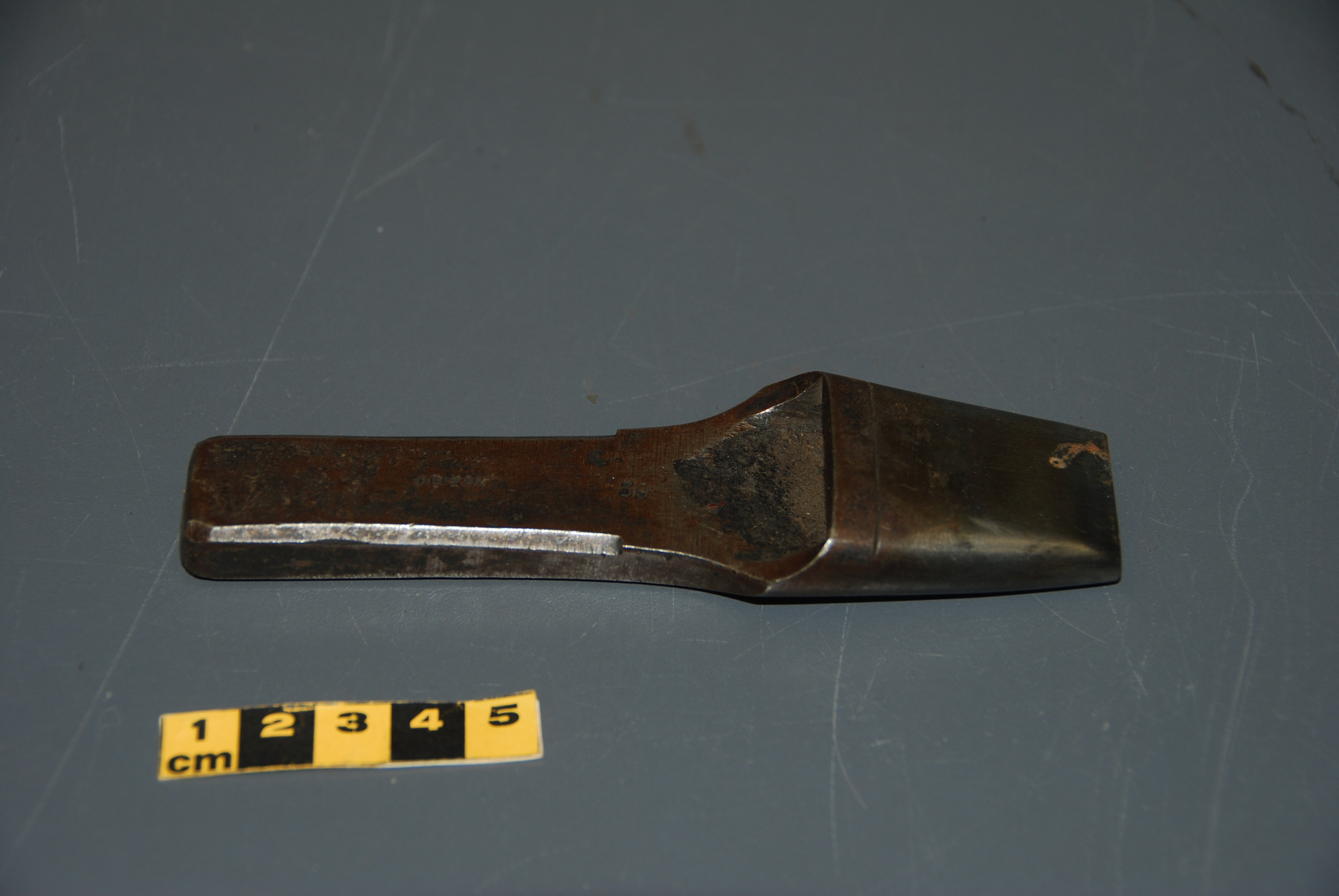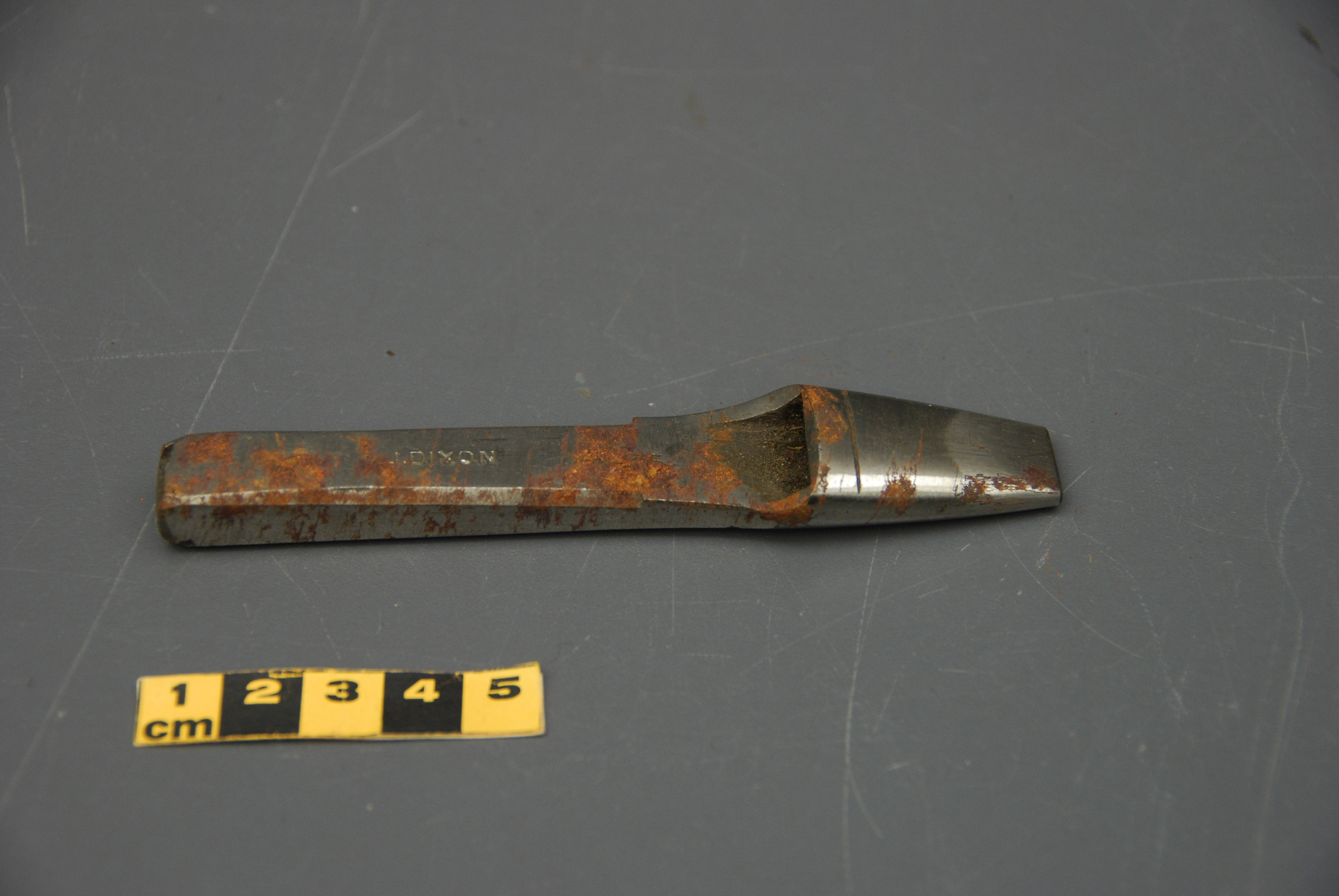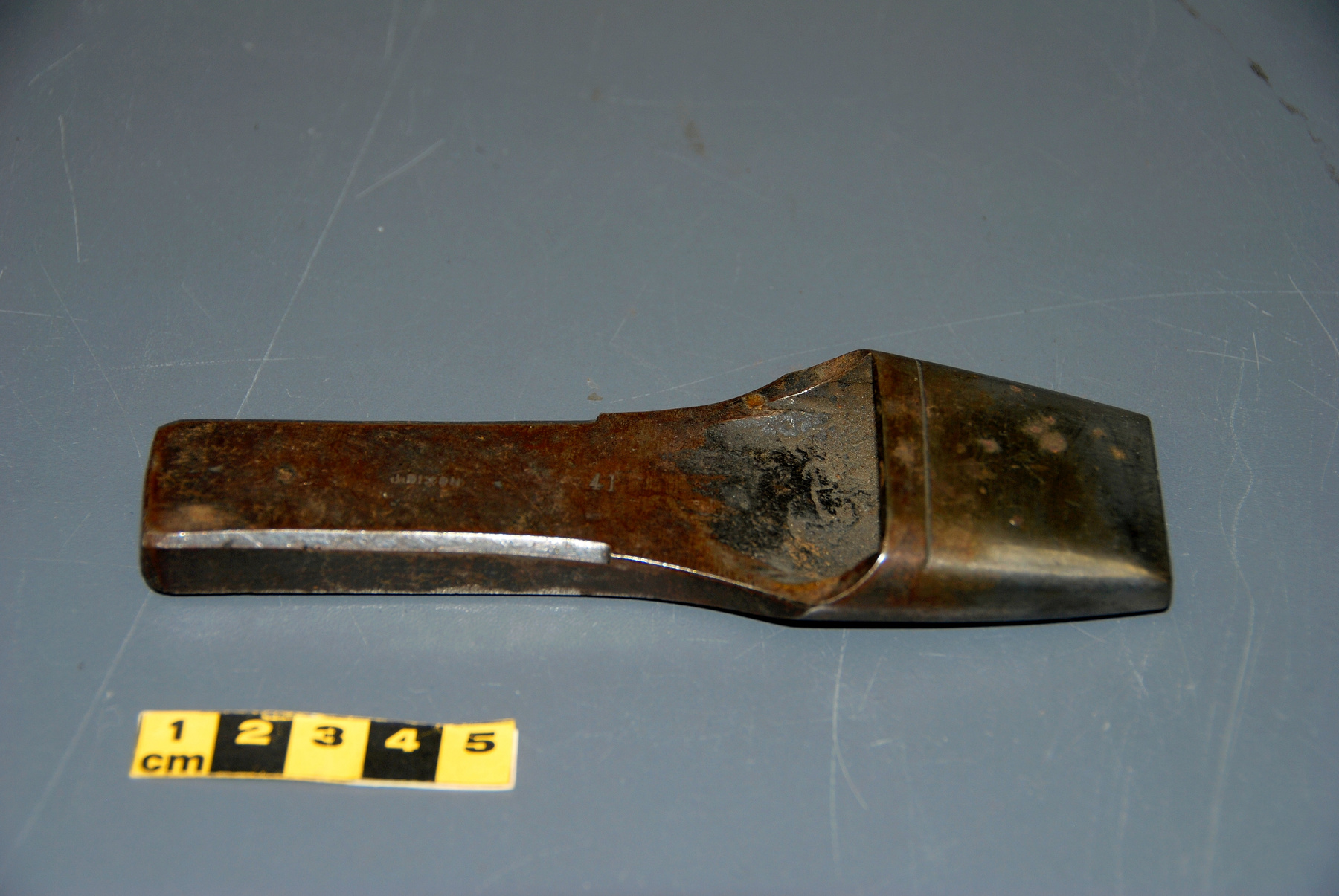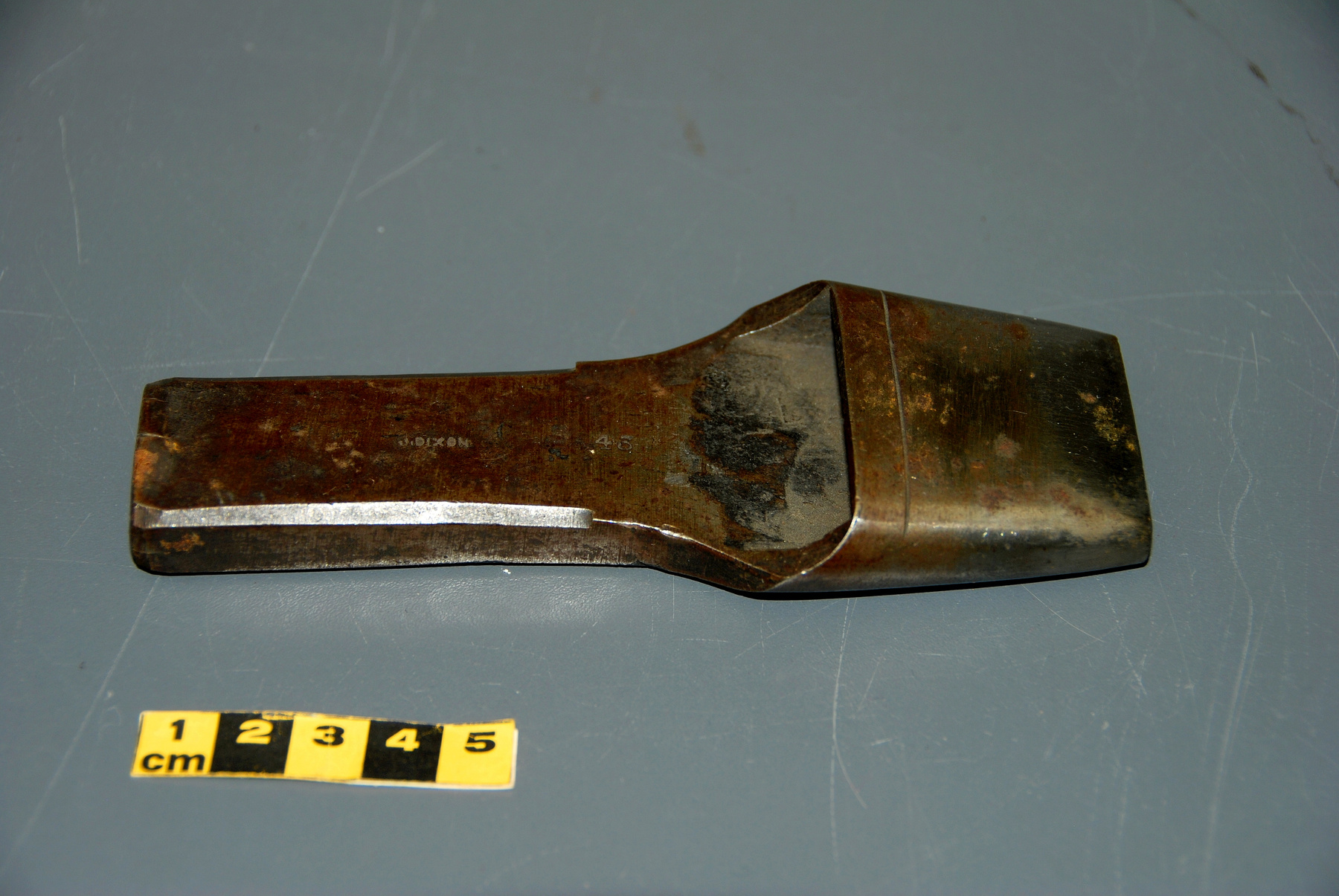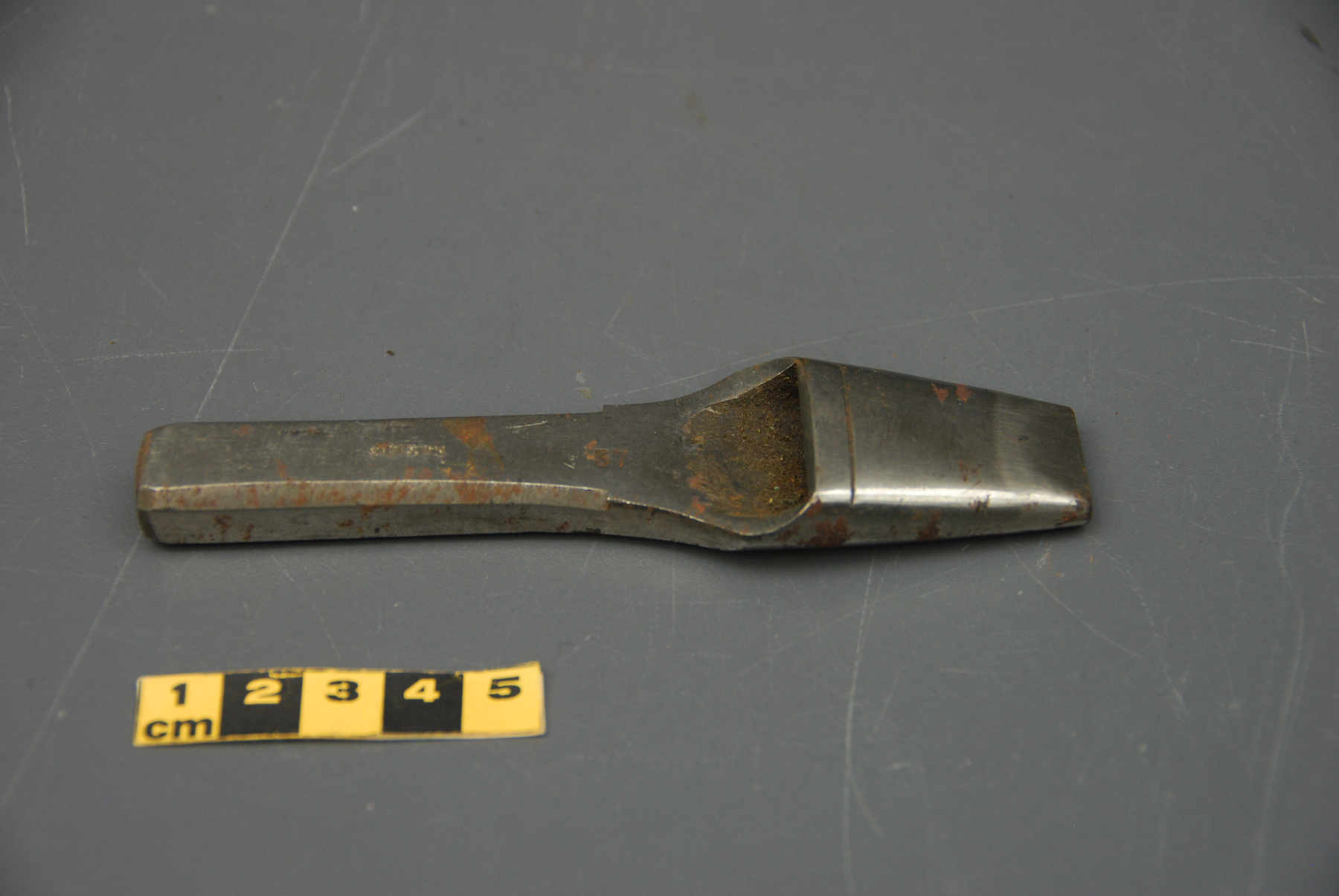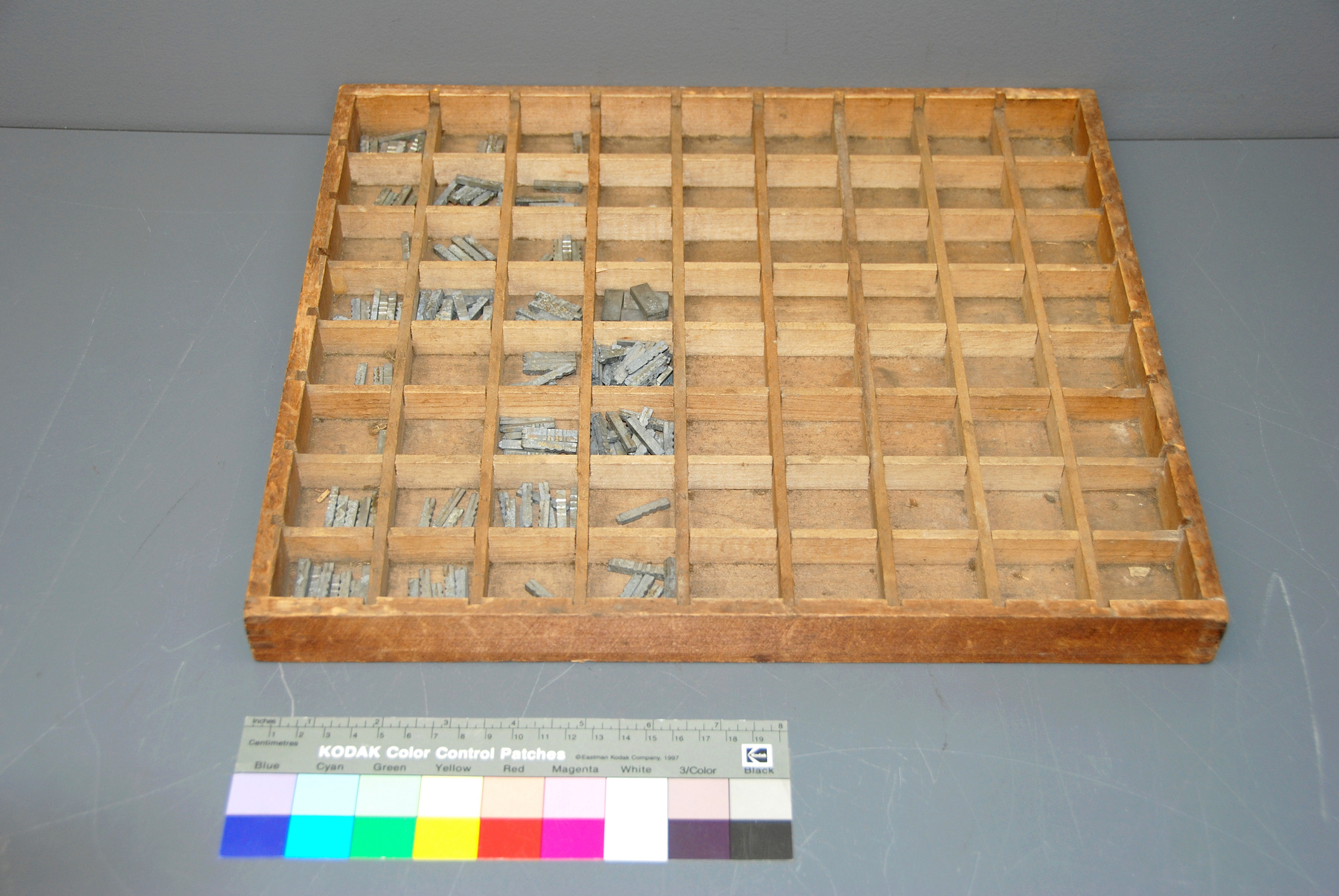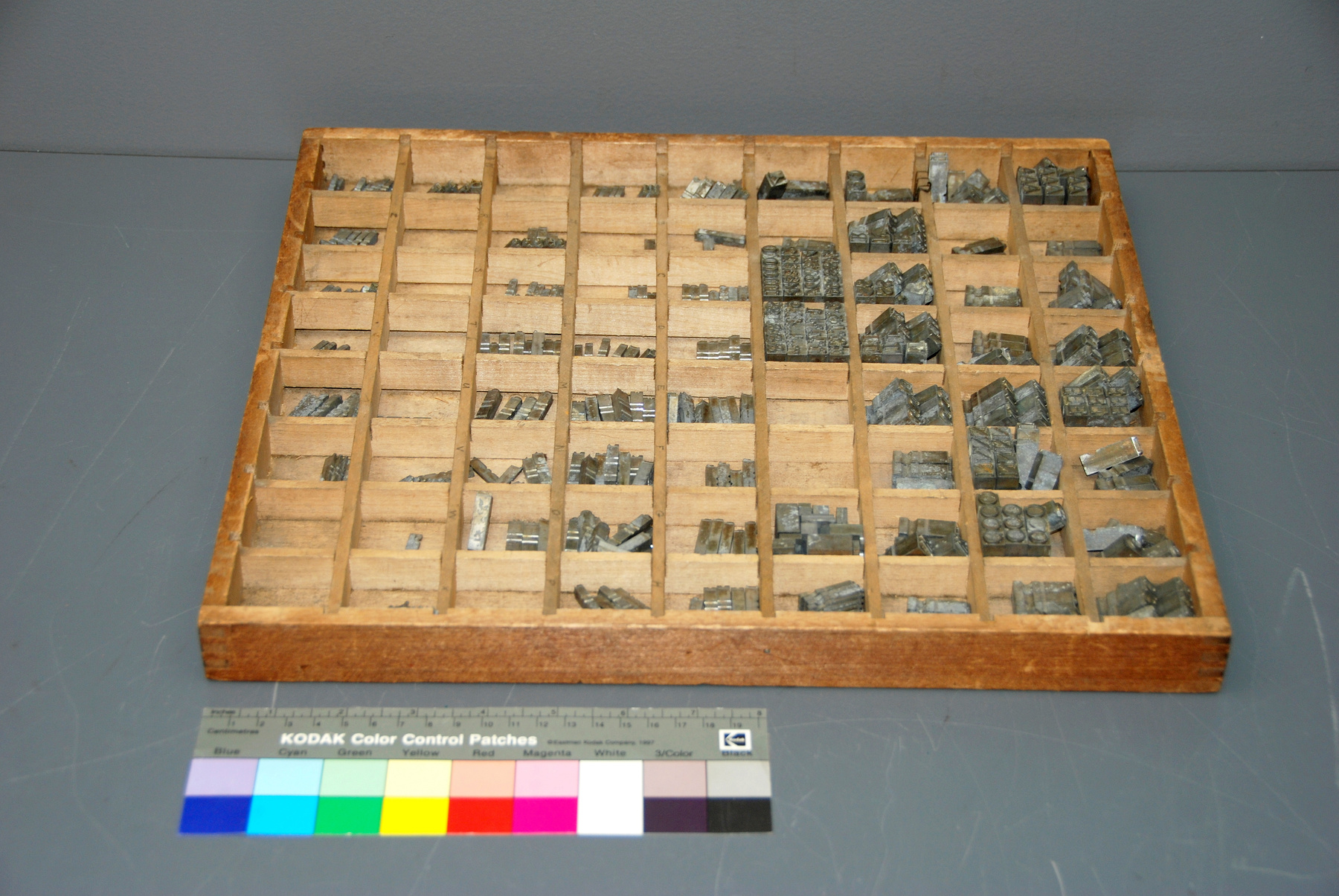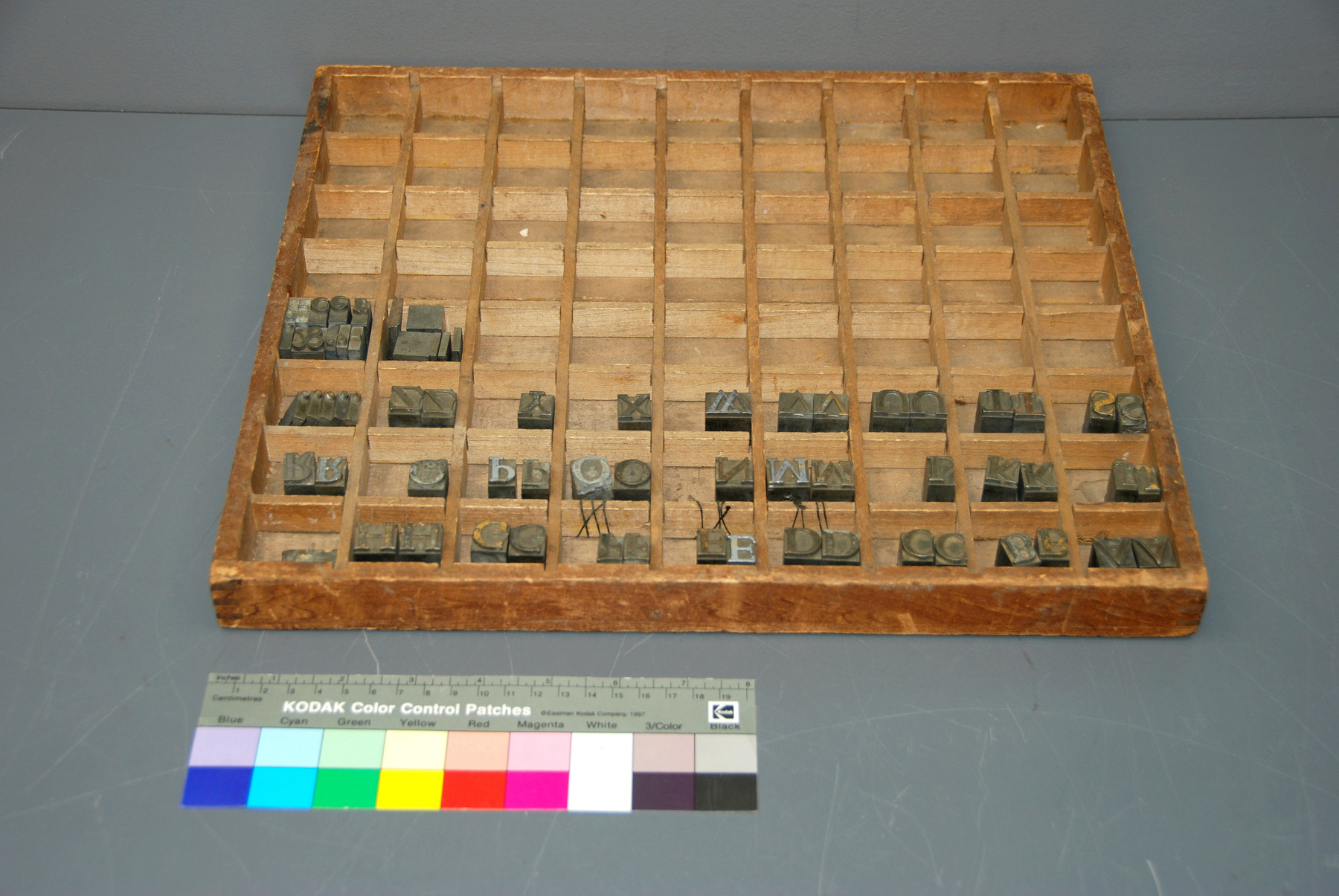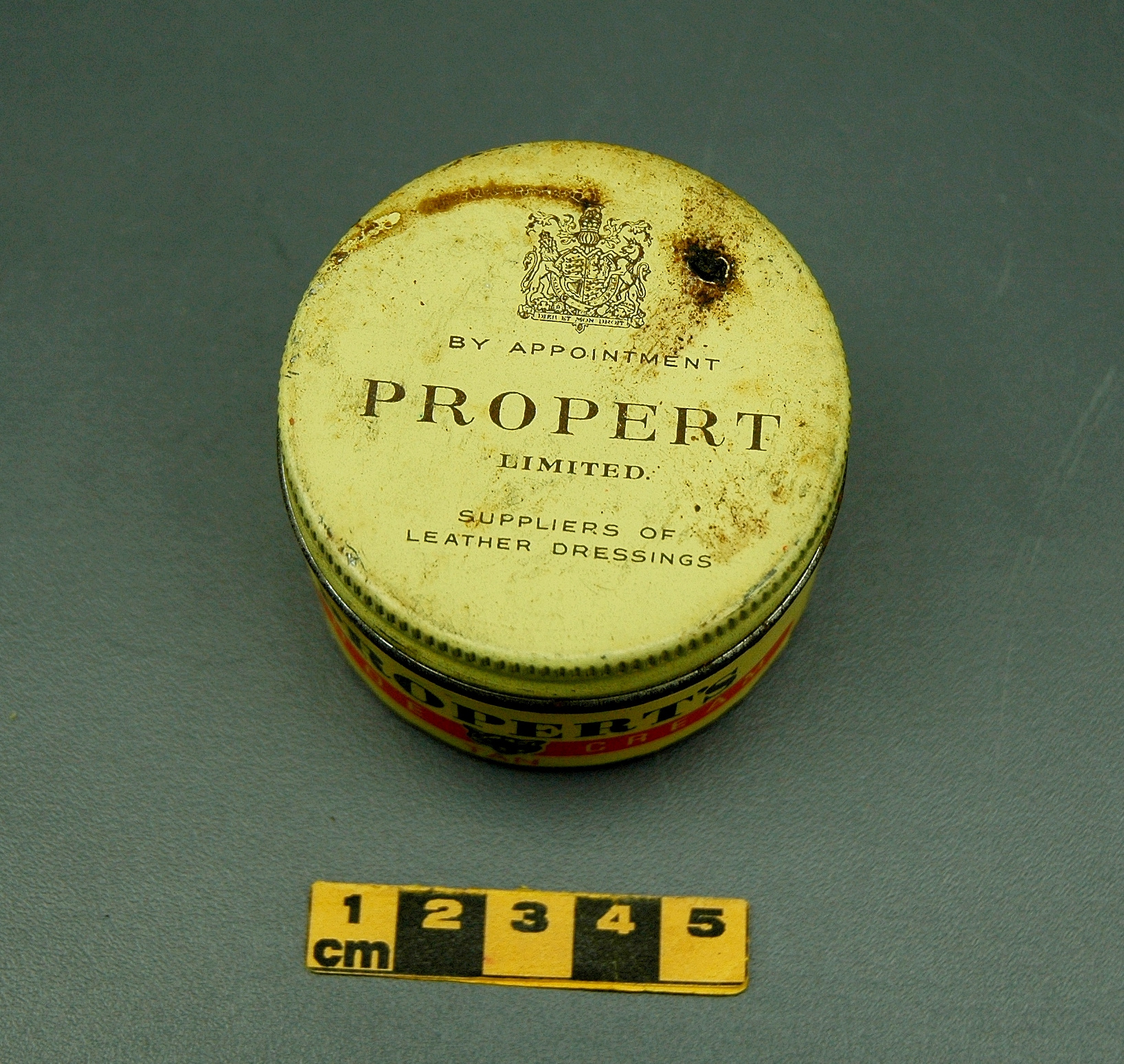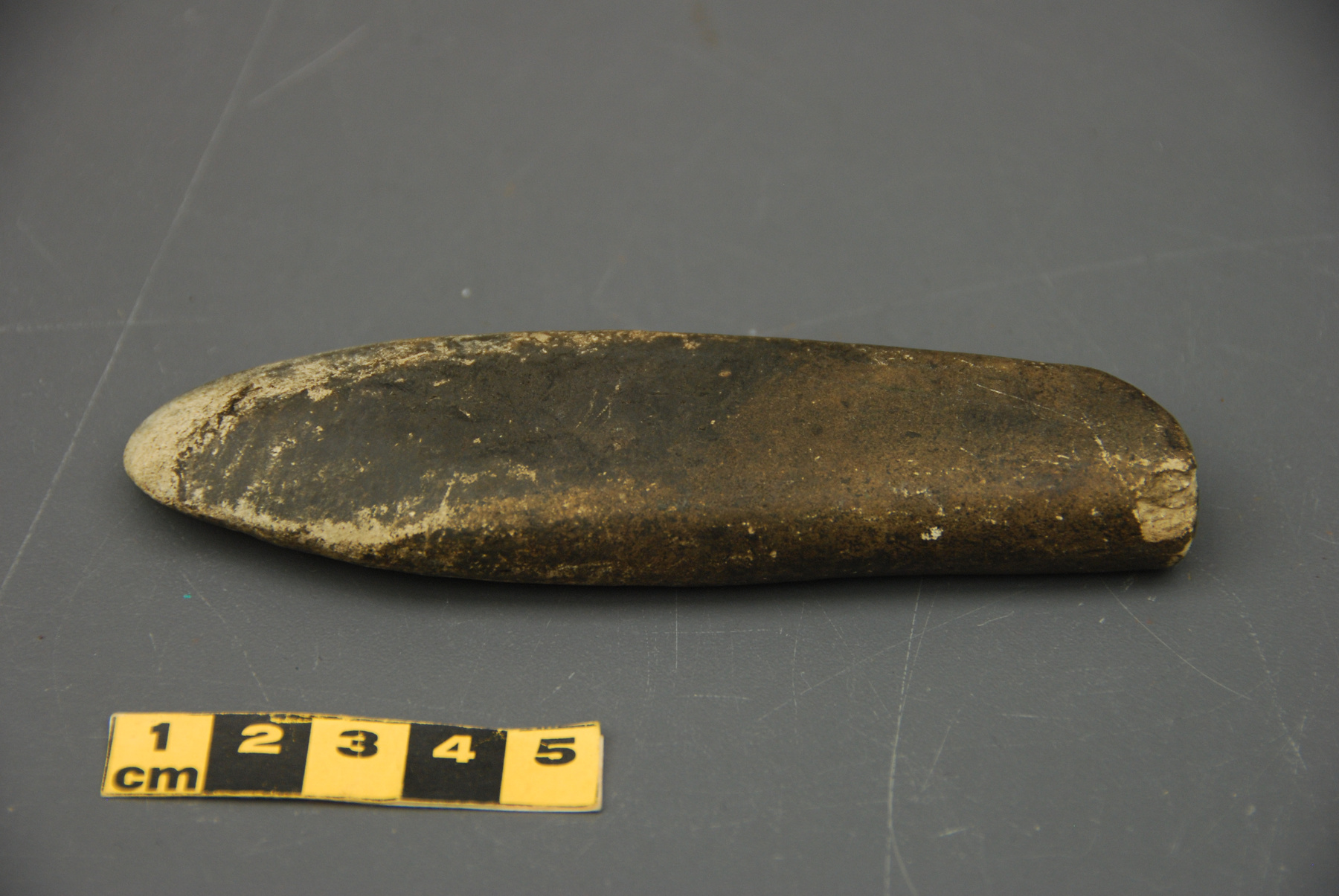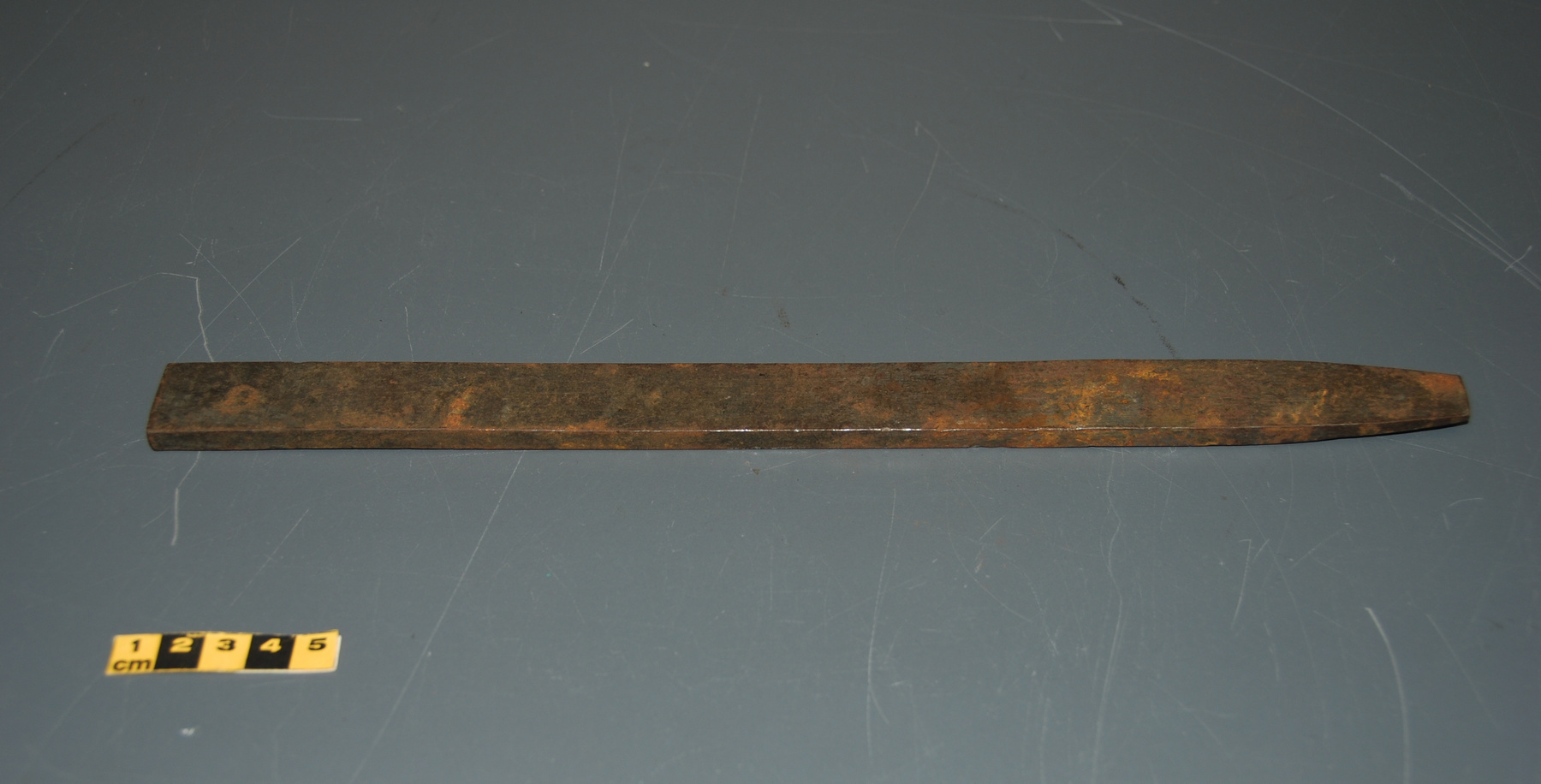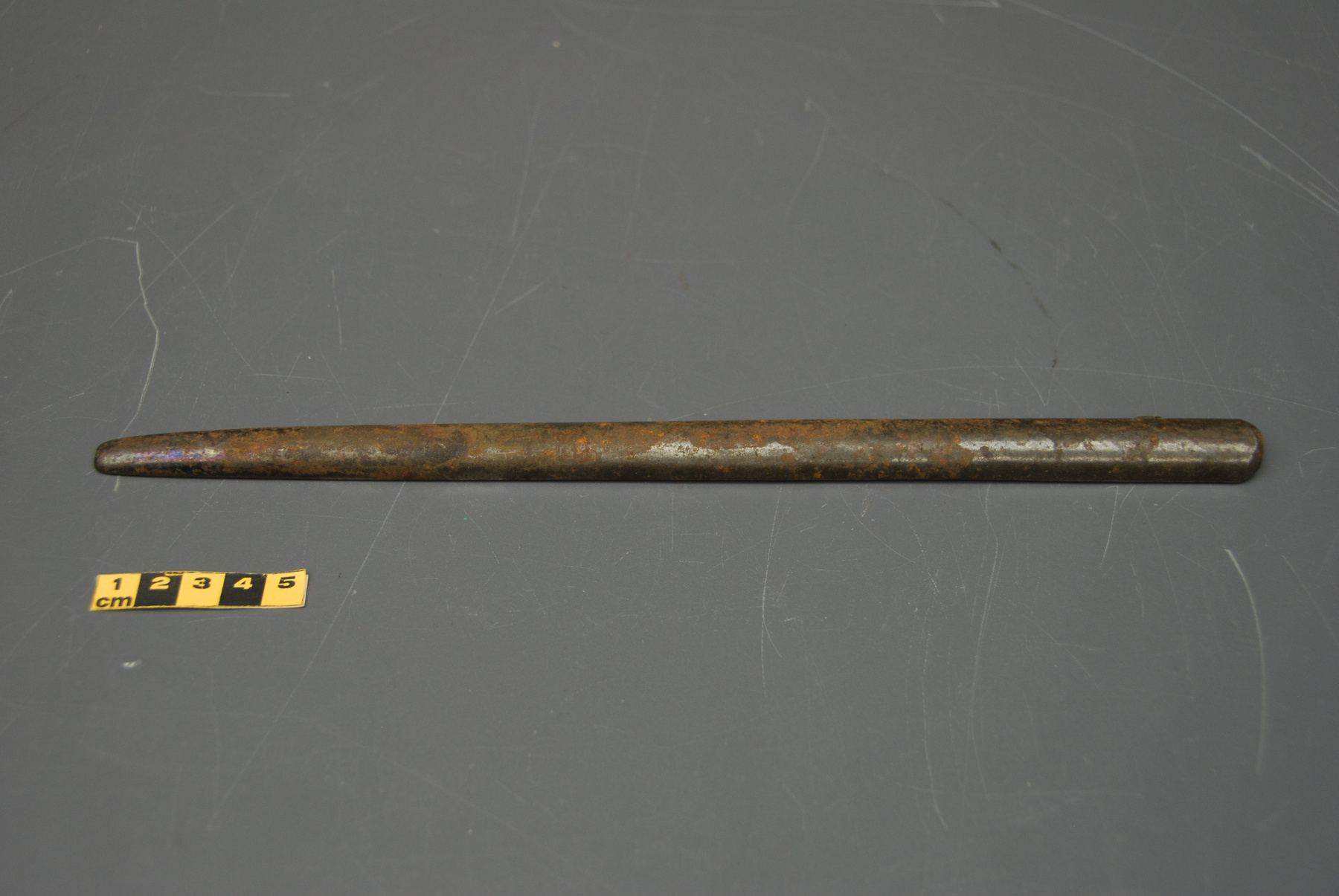Enseigne
Utiliser cette image
Puis-je réutiliser cette image sans autorisation? Oui
Les images sur le portail de la collection d’Ingenium ont la licence Creative Commons suivante :
Copyright Ingenium / CC BY-NC-ND (Attribution-NonCommercial 4.0 International (CC BY-NC 4.0)
ATTRIBUER CETTE IMAGE
Ingenium,
2008.1825.001
Permalien:
Ingenium diffuse cette image sous le cadre de licence Creative Commons et encourage son téléchargement et sa réutilisation à des fins non commerciales. Veuillez mentionner Ingenium et citer le numéro de l’artefact.
TÉLÉCHARGER L’IMAGEACHETER CETTE IMAGE
Cette image peut être utilisée gratuitement pour des fins non commerciales.
Pour un usage commercial, veuillez consulter nos frais de reproduction et communiquer avec nous pour acheter l’image.
- TYPE D’OBJET
- S/O
- DATE
- 1932–1950
- NUMÉRO DE L’ARTEFACT
- 2008.1825.001
- FABRICANT
- Inconnu
- MODÈLE
- Shoe Store Harry's Shoe Repair
- EMPLACEMENT
- Unknown
Plus d’information
Renseignements généraux
- Nº de série
- S/O
- Nº de partie
- 1
- Nombre total de parties
- 1
- Ou
- S/O
- Brevets
- S/O
- Description générale
- Wood
Dimensions
Remarque : Cette information reflète la taille générale pour l’entreposage et ne représente pas nécessairement les véritables dimensions de l’objet.
- Longueur
- 452,0 cm
- Largeur
- 61,0 cm
- Hauteur
- 4,5 cm
- Épaisseur
- S/O
- Poids
- S/O
- Diamètre
- S/O
- Volume
- S/O
Lexique
- Groupe
- Technologie industrielle
- Catégorie
- Outils et équipement-ouvrier
- Sous-catégorie
- S/O
Fabricant
- Ou
- Inconnu
- Pays
- Inconnu
- État/province
- Inconnu
- Ville
- Inconnu
Contexte
- Pays
- Canada
- État/province
- Ontario
- Période
- Between 1932 and 1999
- Canada
-
As per acquisition proposal "This small shoe repair store was operated by Harry Samatas between 1932 and 1999 at 908 Queen St. in Toronto, Ont. Irakli (Harry) Naum Samatas (anglicized from Shamata) was born in Sinice, Albania on January 17, 1912. He received his high school education in Greece, where he also first learned to make shoes. He moved to Canada when he was 14. Mr. Samatas came to the country with his much older brother and cousins. Irakli started fixing shoes out of necessity in Canada, but was always very proud of the fact that he could actually make shoes. His wanted to establish a shoe making business, but it was very difficult for an immigrant to gather the means to start this kind of manufacturing company in Canada, where most of the shoemaking was done on a mass-production scale. Instead of a manufacturing company, Mr. Samatas opened his shoe repair store in 1932, when he was only 20 years old. In 1939 , Mr. Samatas travelled to Europe to be married; he and his wife, Sofia came back to Canada on board of the Conte di Savoia, on the ship’s last voyage from Italy before the WWII. Sofia Samatas never worked in the store or outside the home. Still, she spent time in the shoe store chatting with customers and keeping her husband company whenever she could. Mr. Samatas passed away on September 25, 1999, shortly after their 60th wedding anniversary. At the time of his death, he was a grandfather of six and a great-grandfather of two. Mr. Samatas kept the store open until his death. He didn't care if he had any customers - as long as the "old people" had a place to come and sit down for a chat, he was happy. The story of this shoe repair business carries interesting social history: it was a ‘replacement’ career – a small business that was less expensive to establish for an immigrant than a manufacturing company; the store was also a good example of a small local business that provided personal service to the local clientele and became a centre for a small community; and finally this donation documents a trade that is now disappearing." - Fonction
-
Used to identify the type of store. - Technique
-
As per acquisition proposal "The footwear industry is one of the oldest in Canada. The name of the first person in Canada to cobble a pair of shoes has not been recorded, but François Byssot of Pointe-Lévy, Québec, built the first tannery in 1668. Byssot was assisted by Jean TALON, who advanced the sum of 3268 livres from the royal coffers. The Compagnie des Indes occidentales contributed another 1500 livres. The first Canadian census (1666) revealed that 20 shoemakers served a population of 3215 inhabitants. The industry was required not only to look after the needs of the colony but also to equip a regiment of soldiers. Like cobblers all over the world, Canadian shoemakers used an awl, a curved knife, a needle and a wooden last. They set up shop in their own homes, employing 4 or 5 workers. Toward the middle of the 19th century, the introduction of machinery revolutionized the production of footwear. The sewing machine was adapted for stitching footwear components. Other devices were developed for cutting, cementing, nailing and vulcanizing parts of the shoe. Eventually, what had been a cottage craft became a sophisticated, highly mechanized factory industry. The 1871 census reported 4191 footwear-manufacturing establishments in Canada. Most were small shops which also did shoe repairs. With the advent of mechanized shoemaking equipment, many of these small manufacturers were forced out of business by the high capital cost of machinery and plant construction.” (From the Canadian Encyclopeadia). The entire small trade/cottage industry in Canada has been in decline since 1931. Even though the shoe repairing business belonged to the strongest sector within the industry (together with other ‘repair’ industries such as car repair, dressmaking, upholstery, etc.), it also declined from constituting 74% of cottage industries in 1931 to 58% in 1941. The trade rate was steady until 1951, and has been again in decline since that year. Arguably, the ‘repair’ occupations have been the strongest among the cottage industries because they involved personal contact between the service provider and the customer. The face-to-face encounter between the provider and the customer, so evident in the story of Harry’s Shoe Repairing, is necessary for the survival of a small trade. The industries that did not require such a contact had the fastest rate of decline, and were often taken over by large manufacturers. The mechanization of the footwear industry took place between the 1850 and 1900s. The processes were transferred to the footwear industry from sewing and leatherwork, for example sewing machines were adapted into stitchers; skiving machines that bevel edges of shoe parts to prevent ridges at stitched, cemented, or folded edges are very similar to machines used in leatherwork. After 1900 almost all shoes in North America were mass-produced. Small, family owned businesses within the footwear industry focused on shoe repairing. The repair work involved a combination of hand tools and machine tools. Individual pieces of equipment offered to the Museum represent the tools and the machinery, which persisted with little changes from 1930s till 1990s. The equipment presents all phases of shoe repair from stitching to finishing." - Notes sur la région
-
Inconnu
Détails
- Marques
- Print reads "SHOE STORE HARRY'S SHOE REPAIR/ EST. 1932 WORK BOOTS WIDE WIDTHS SHOES
- Manque
- S/O
- Fini
- Handpainted wooden sign. Background is cream coloured with blue print. Paint is flaking, shrinking and has faded.
- Décoration
- A drawing of a black shoe.
FAIRE RÉFÉRENCE À CET OBJET
Si vous souhaitez publier de l’information sur cet objet de collection, veuillez indiquer ce qui suit :
Fabricant inconnu, Enseigne, entre 1932–1950, Numéro de l'artefact 2008.1825, Ingenium - Musées des sciences et de l'innovation du Canada, http://collection.ingeniumcanada.org/fr/id/2008.1825.001/
RÉTROACTION
Envoyer une question ou un commentaire sur cet artefact.
Plus comme ceci

